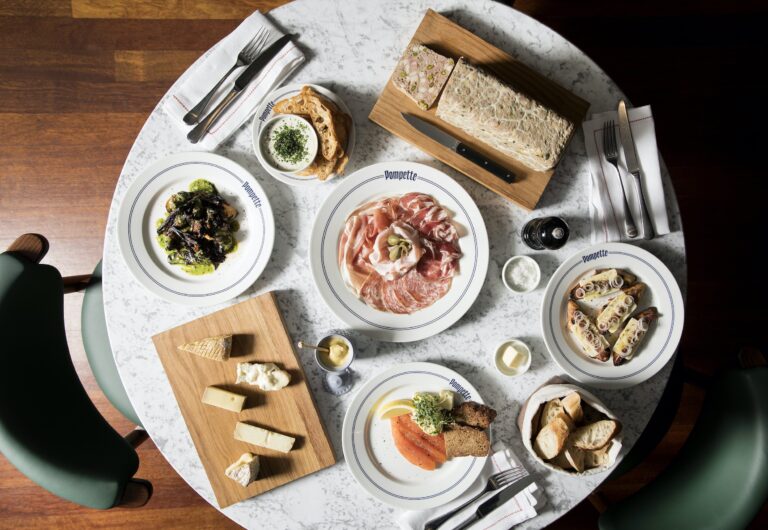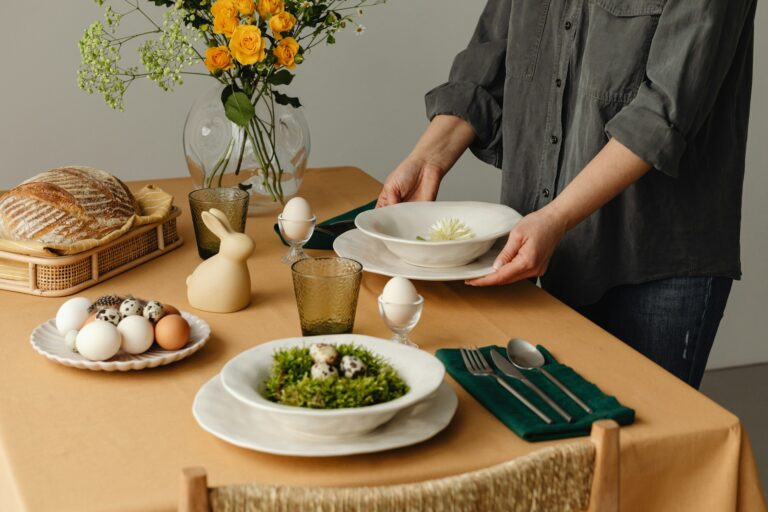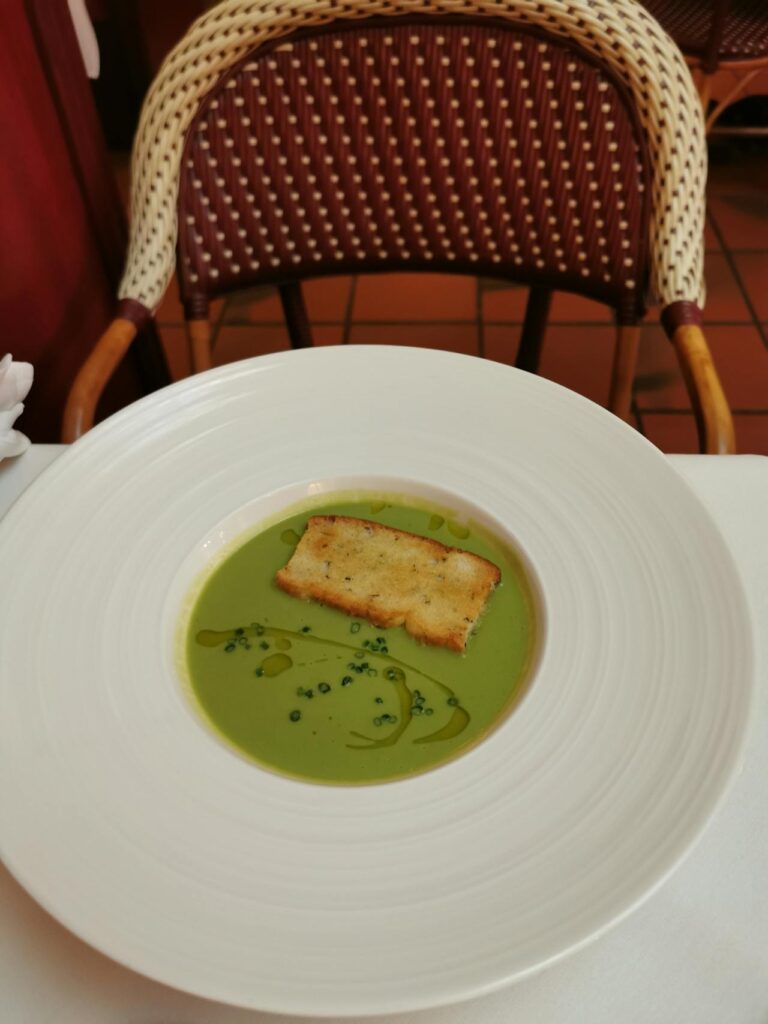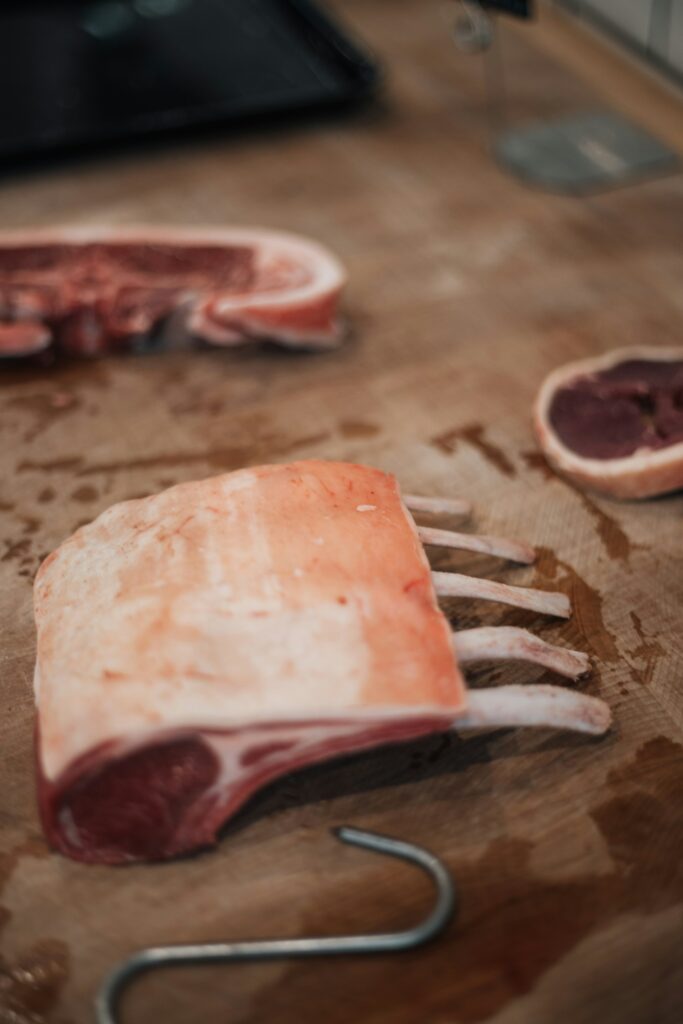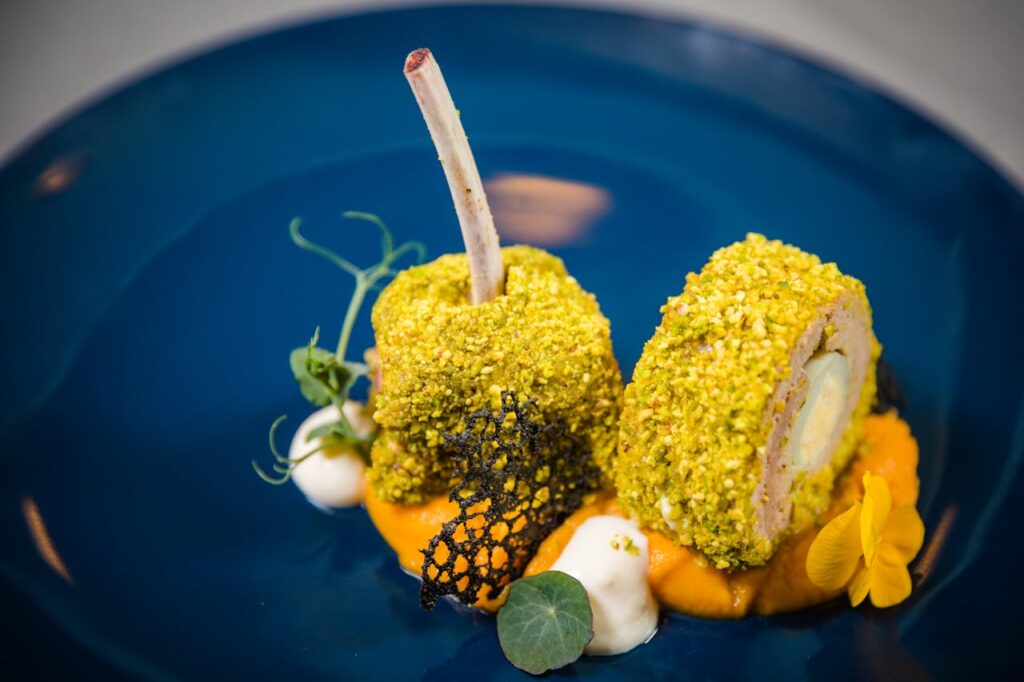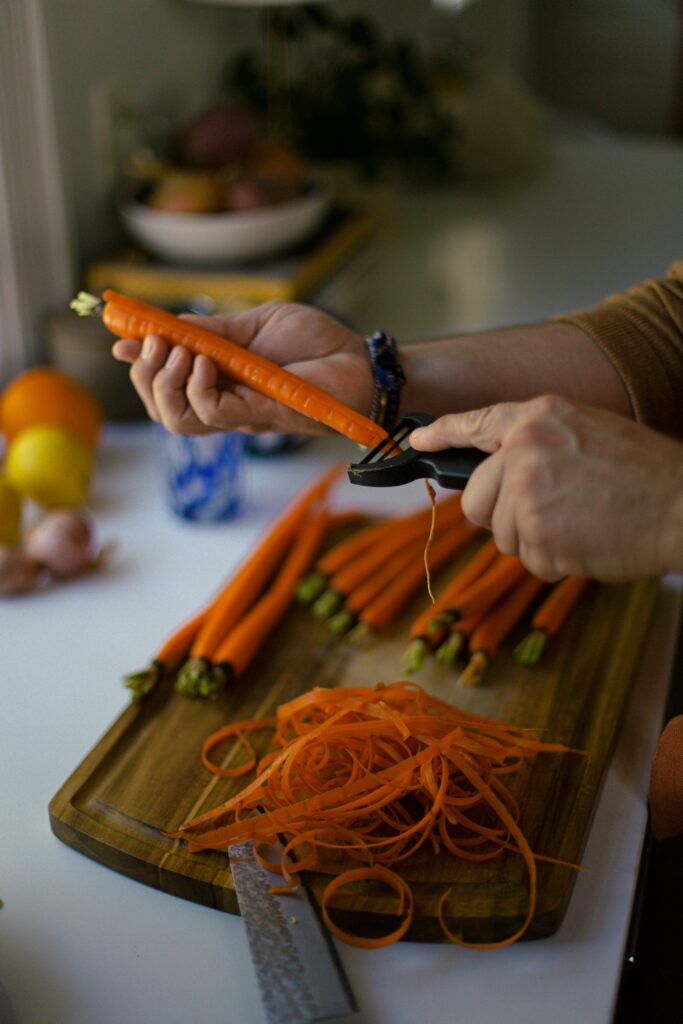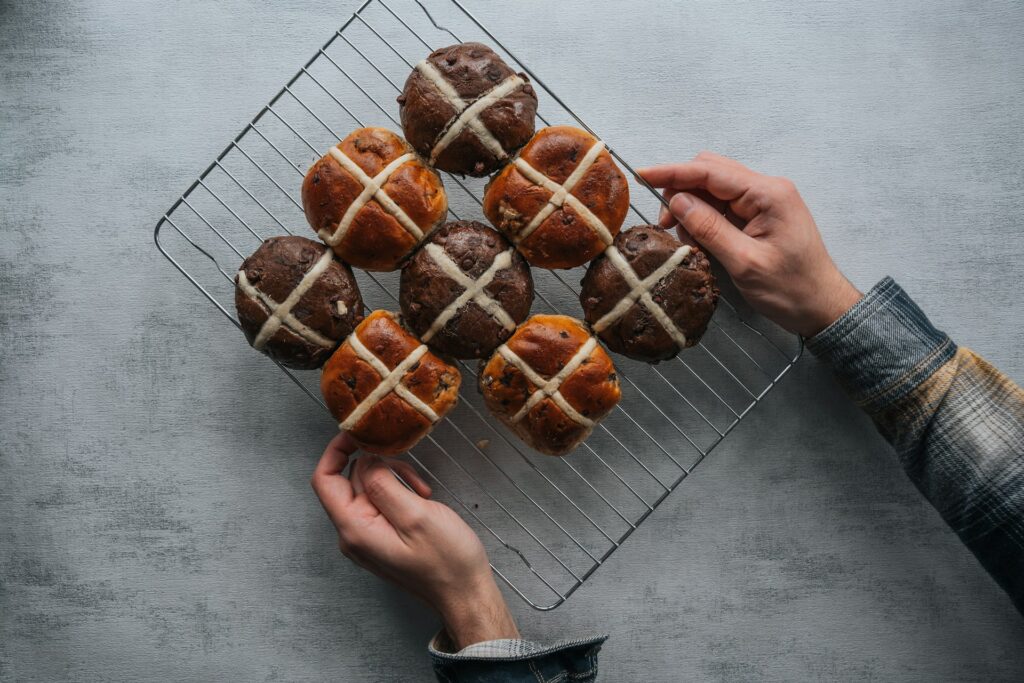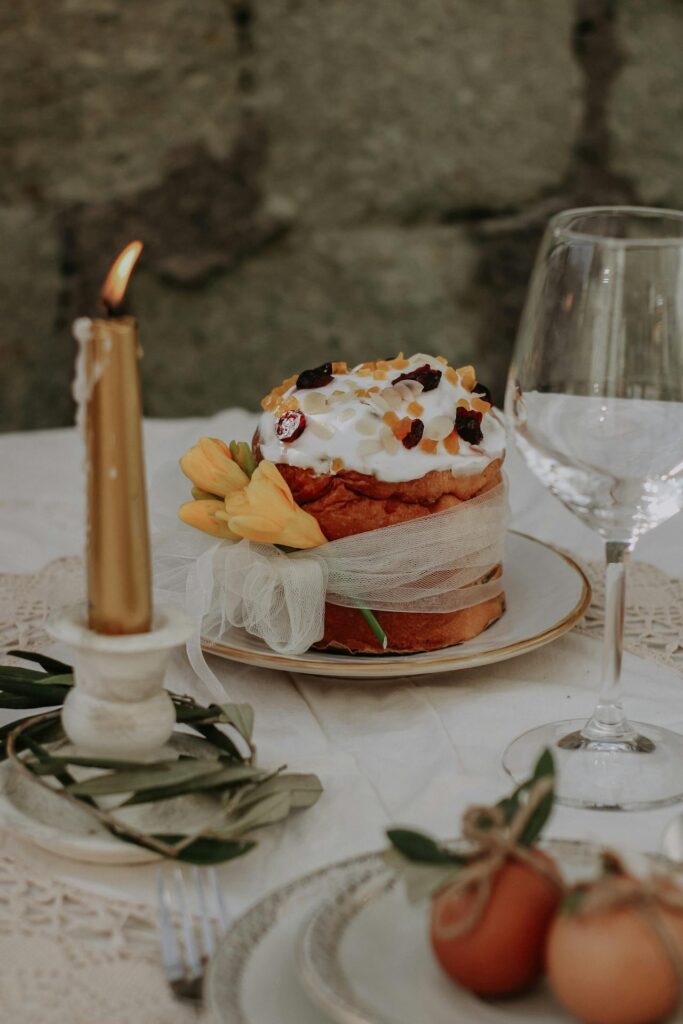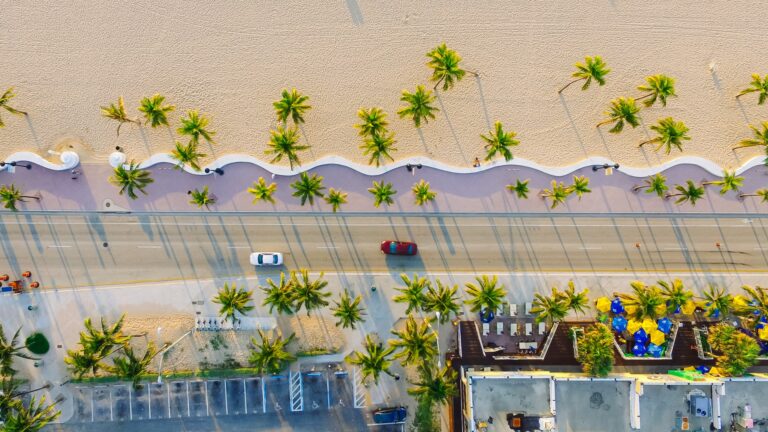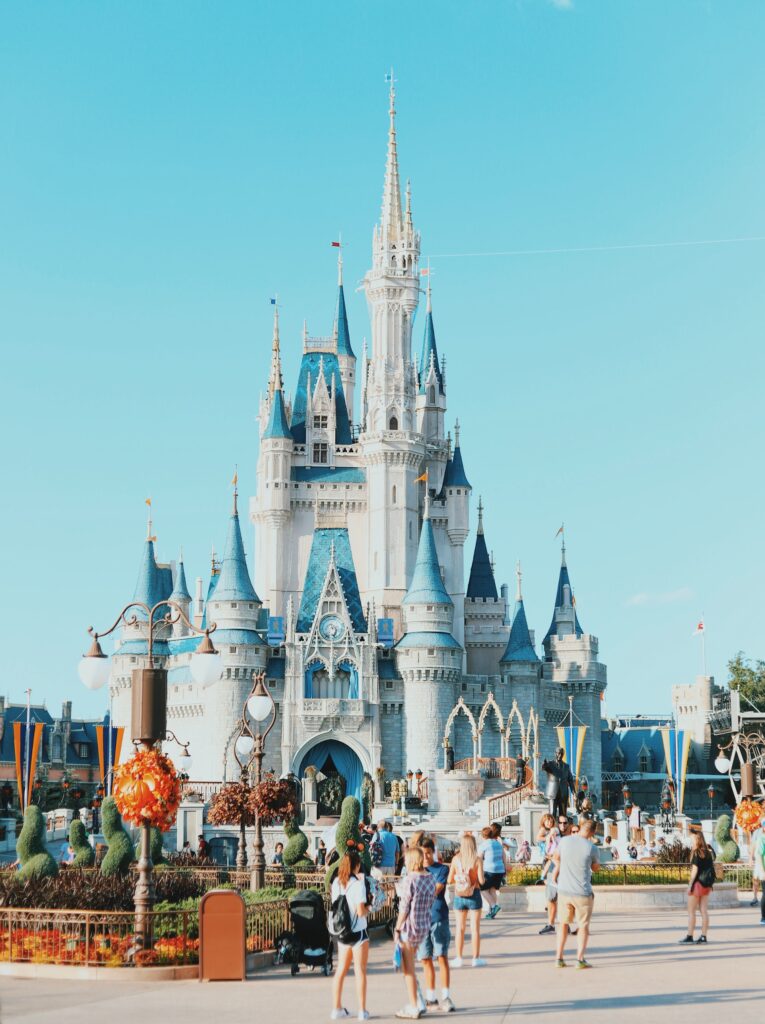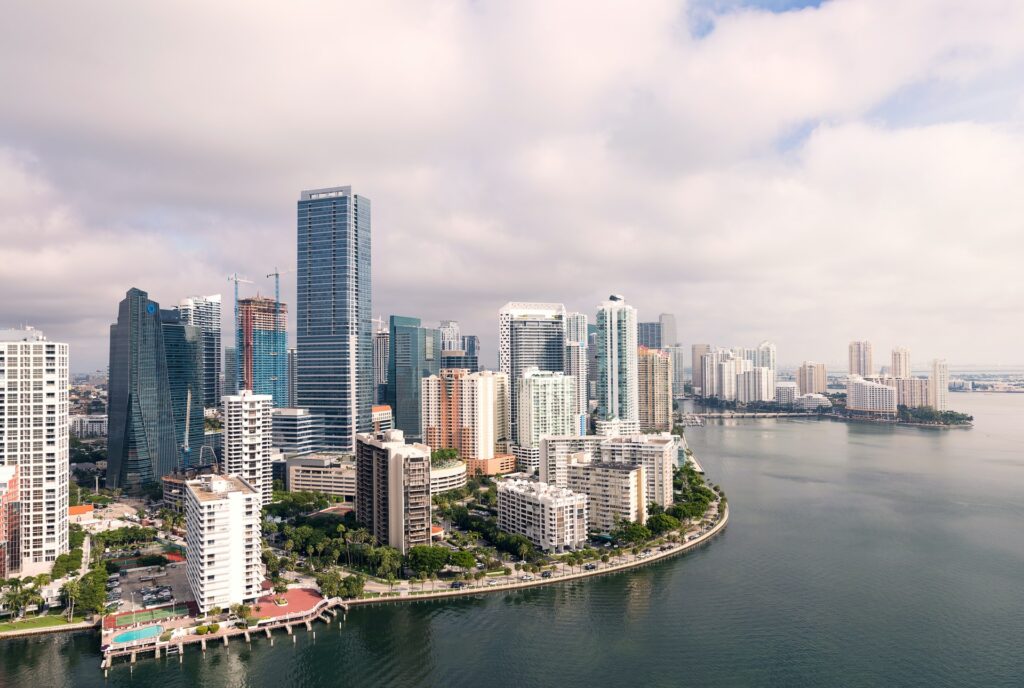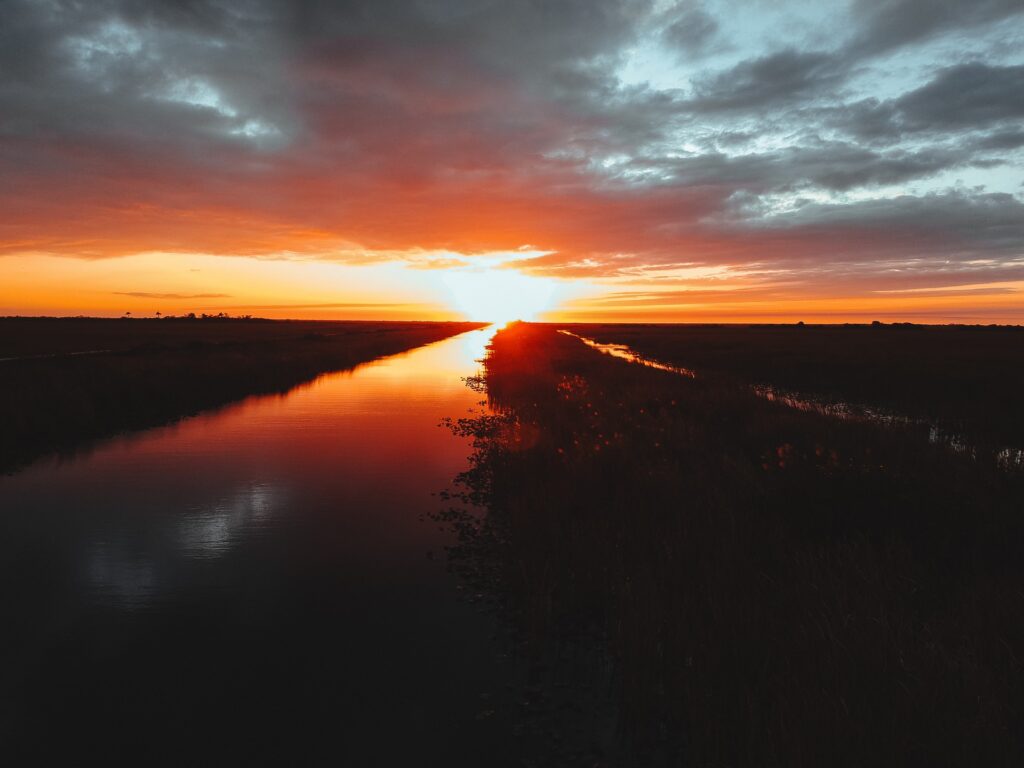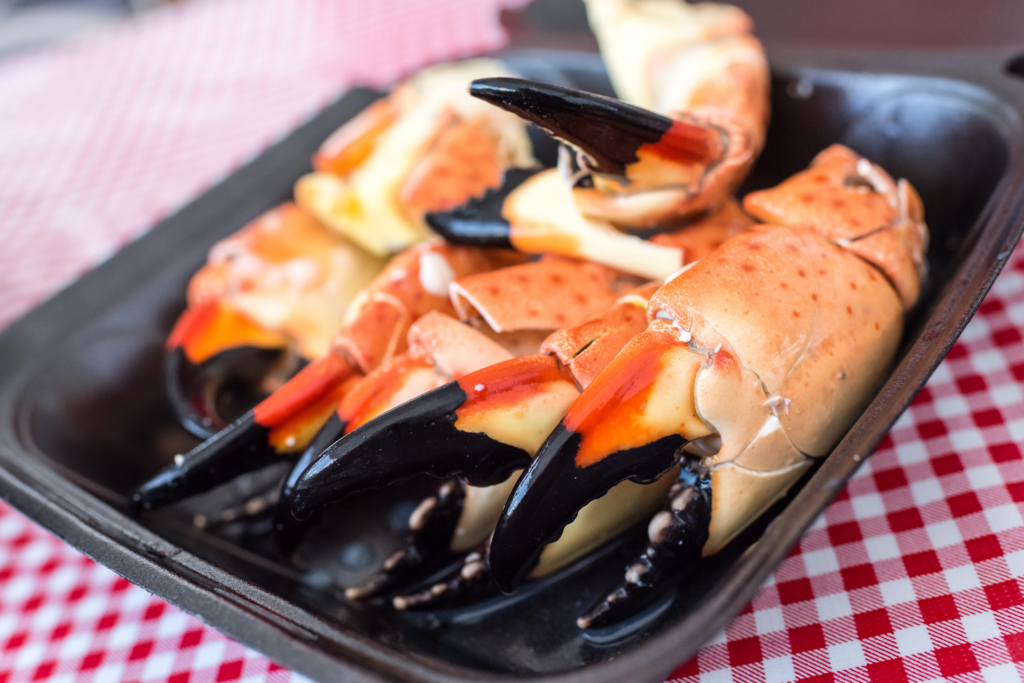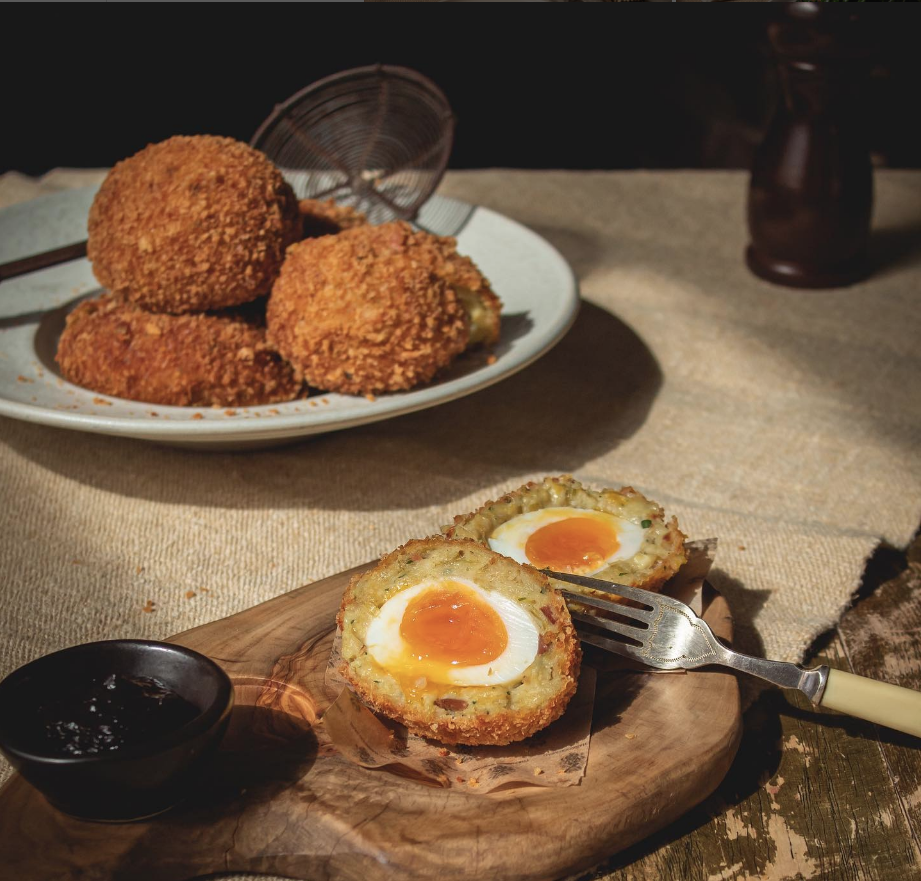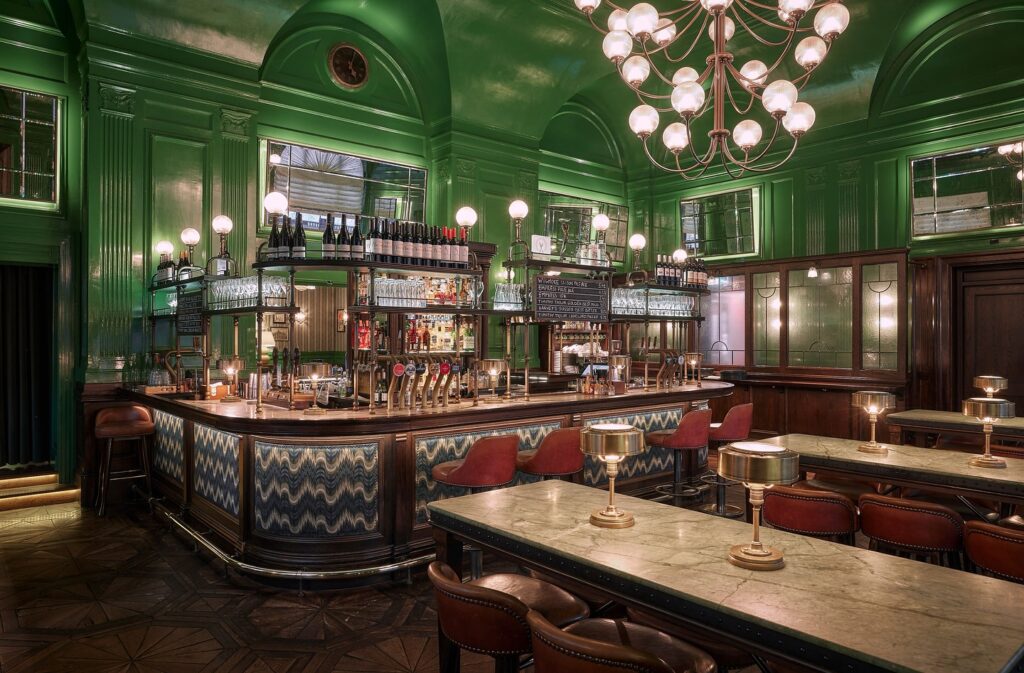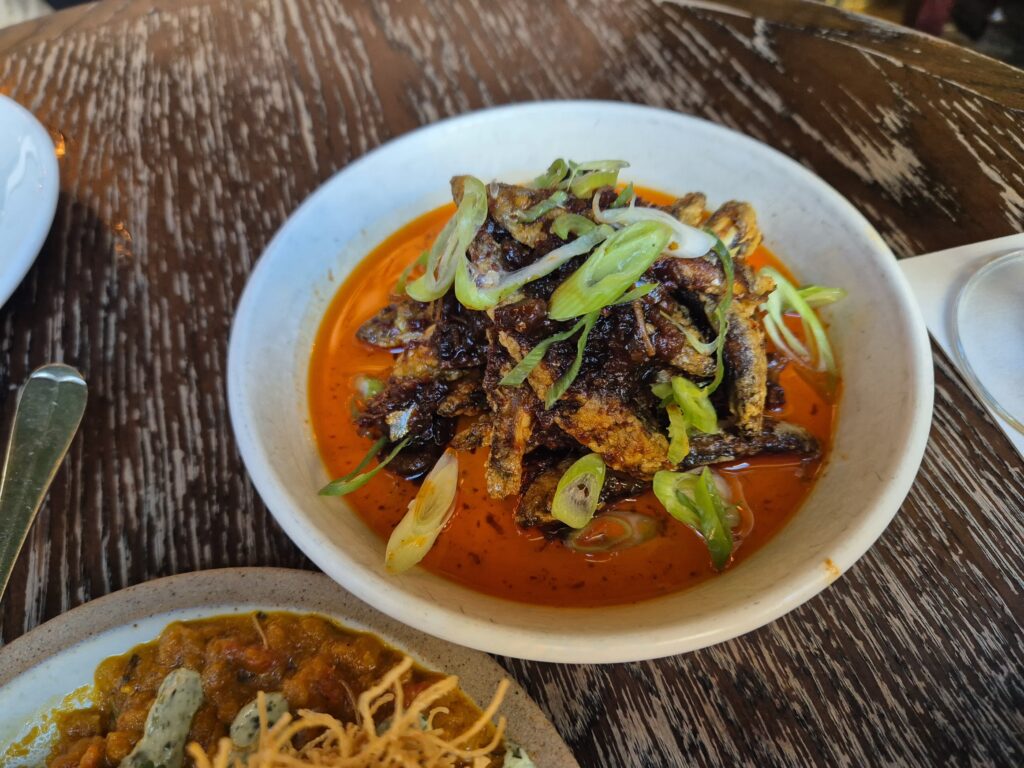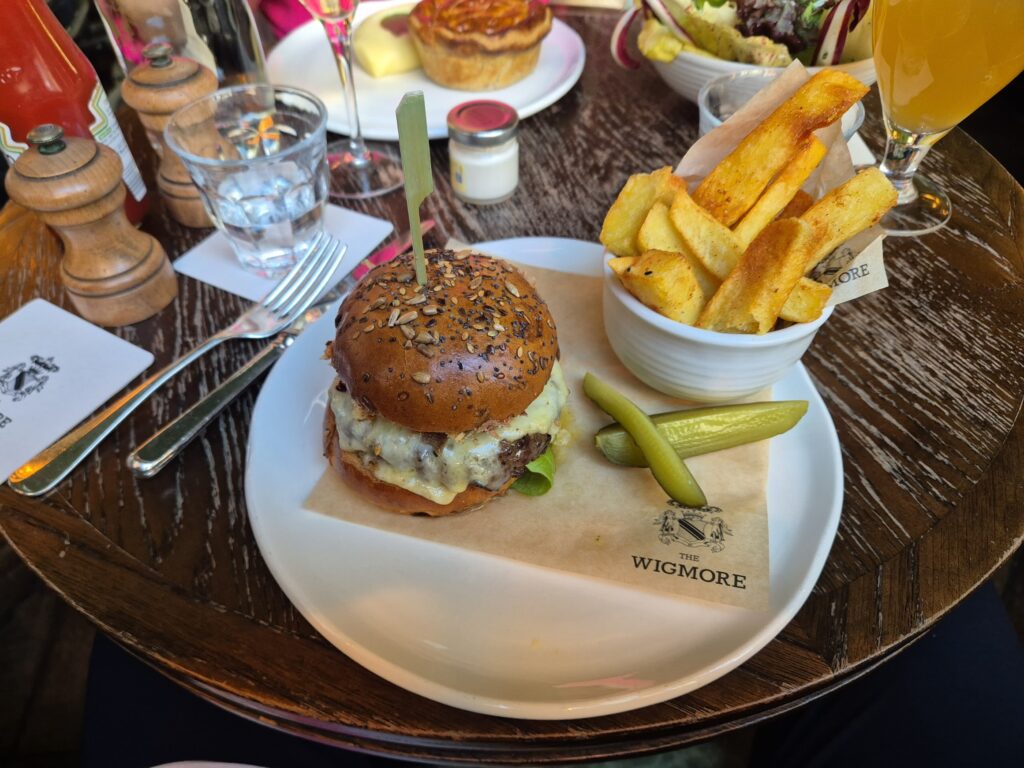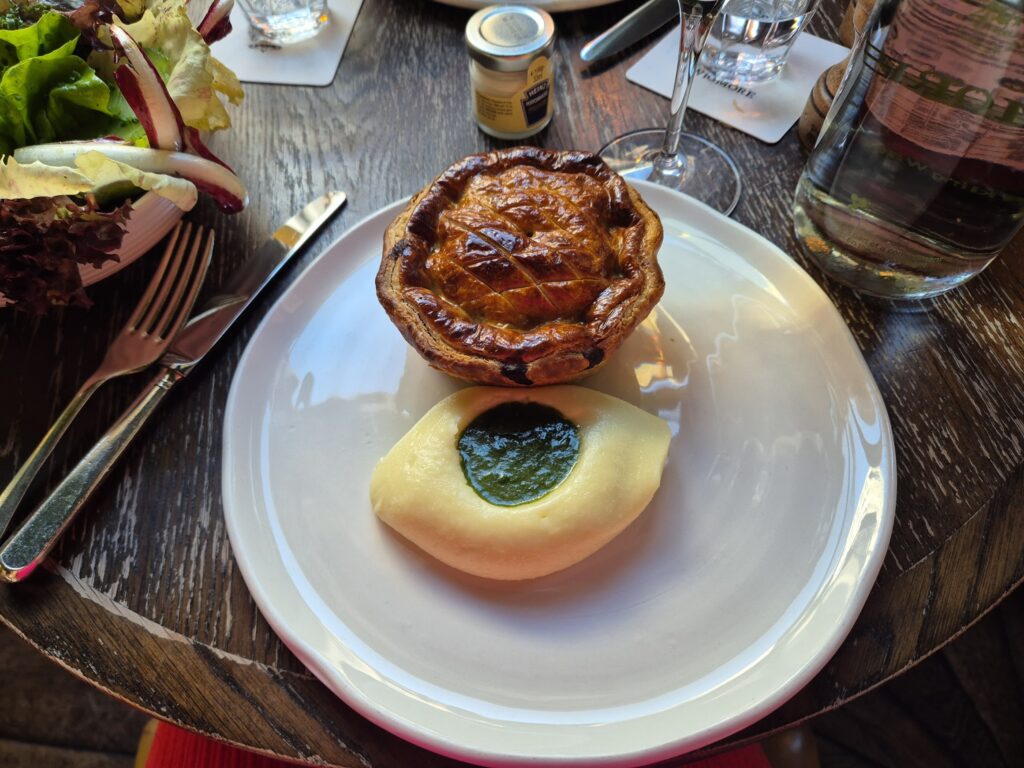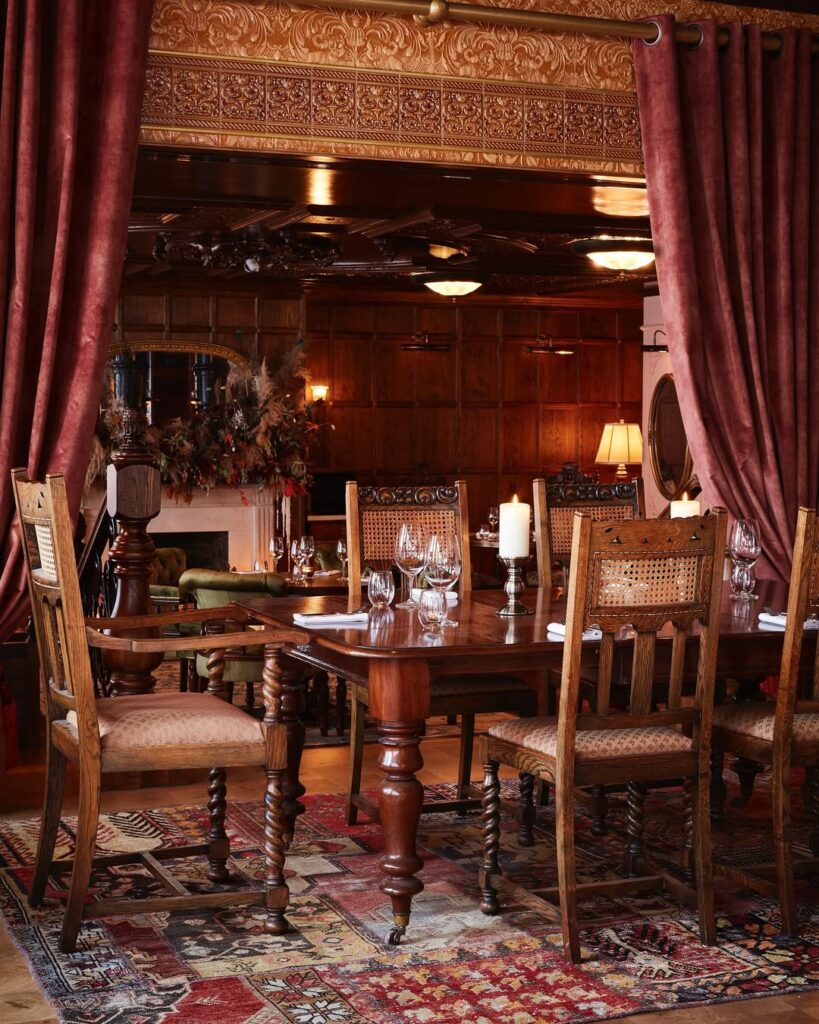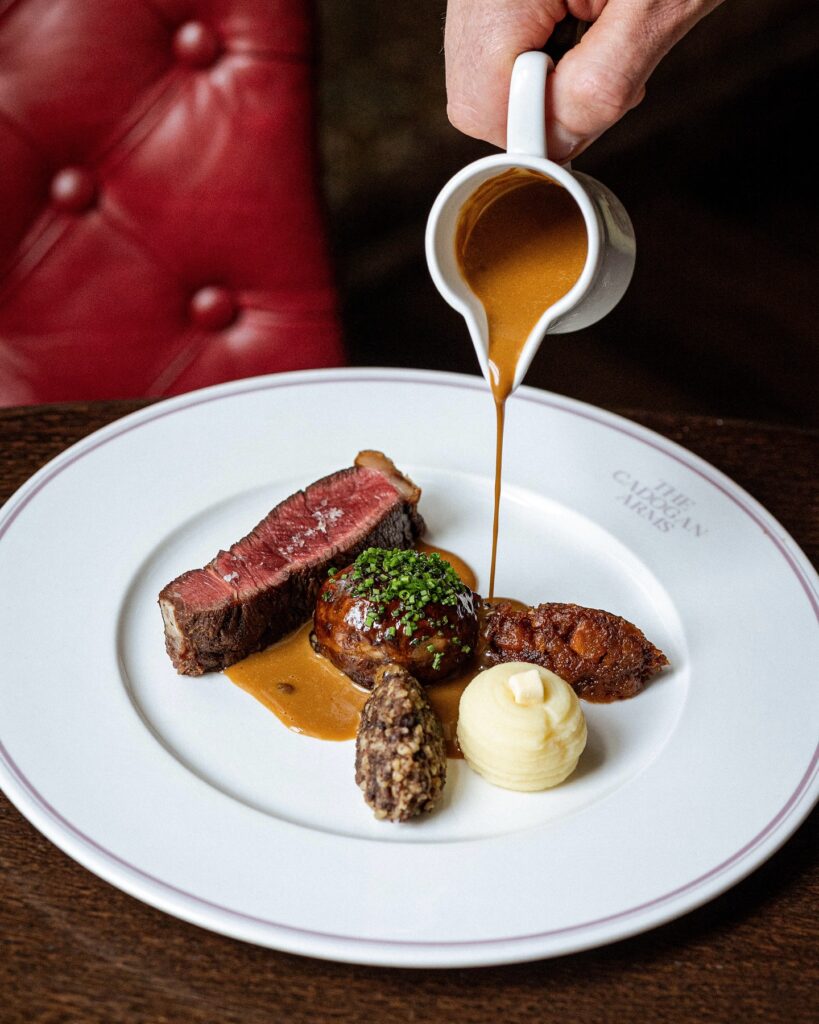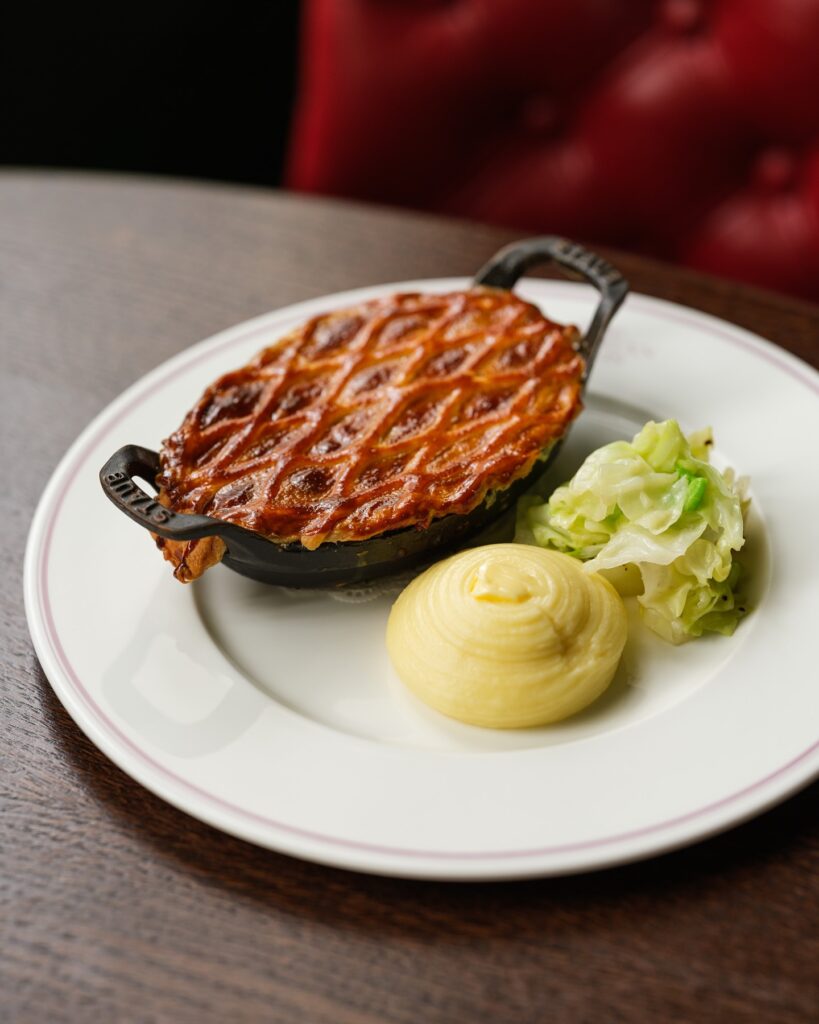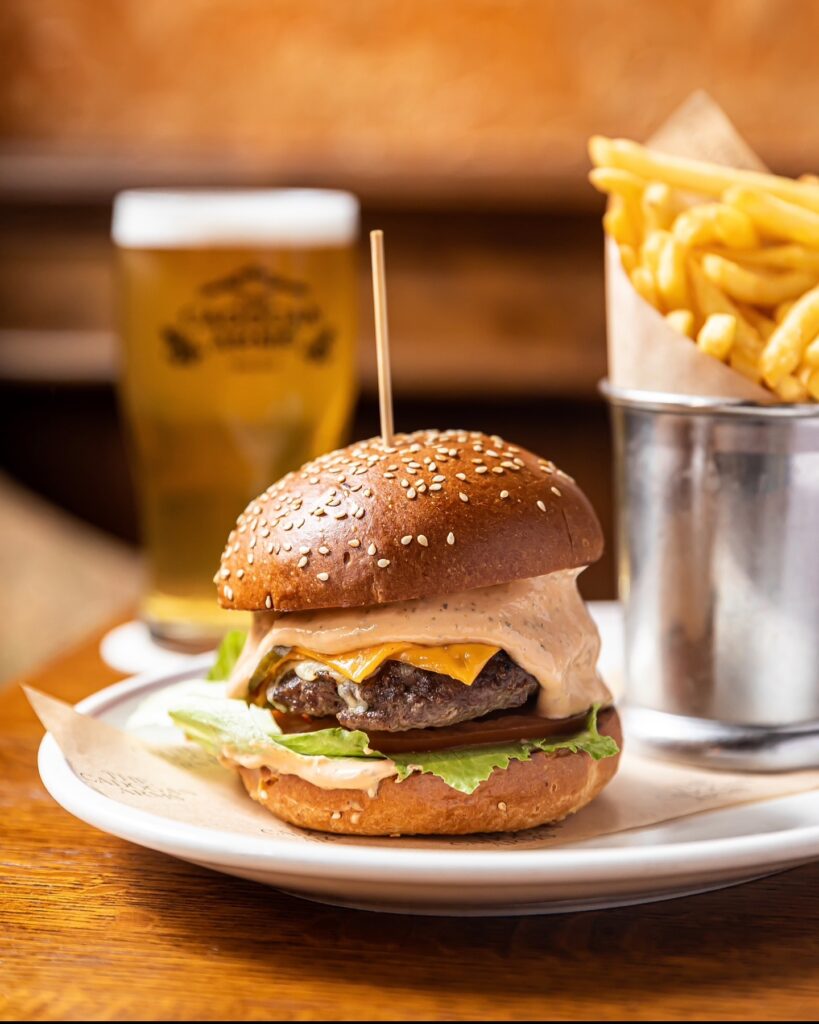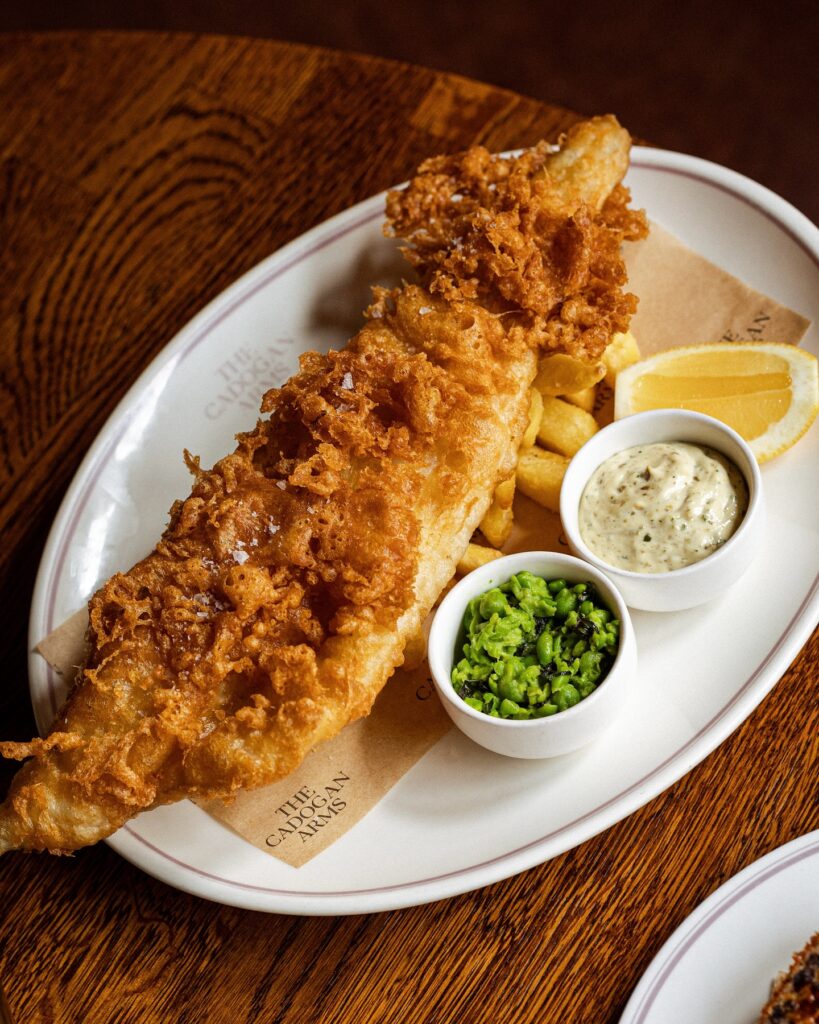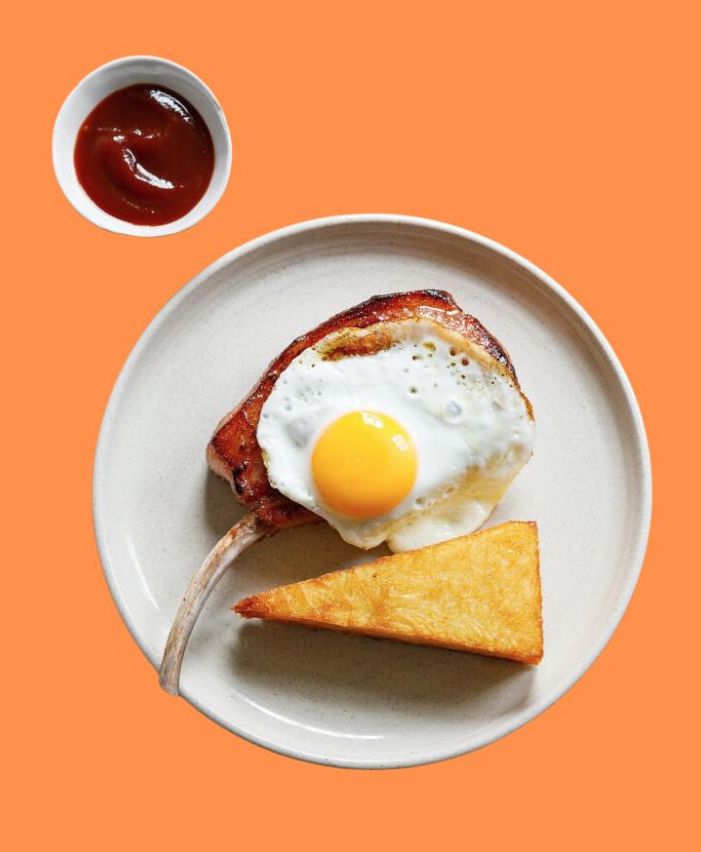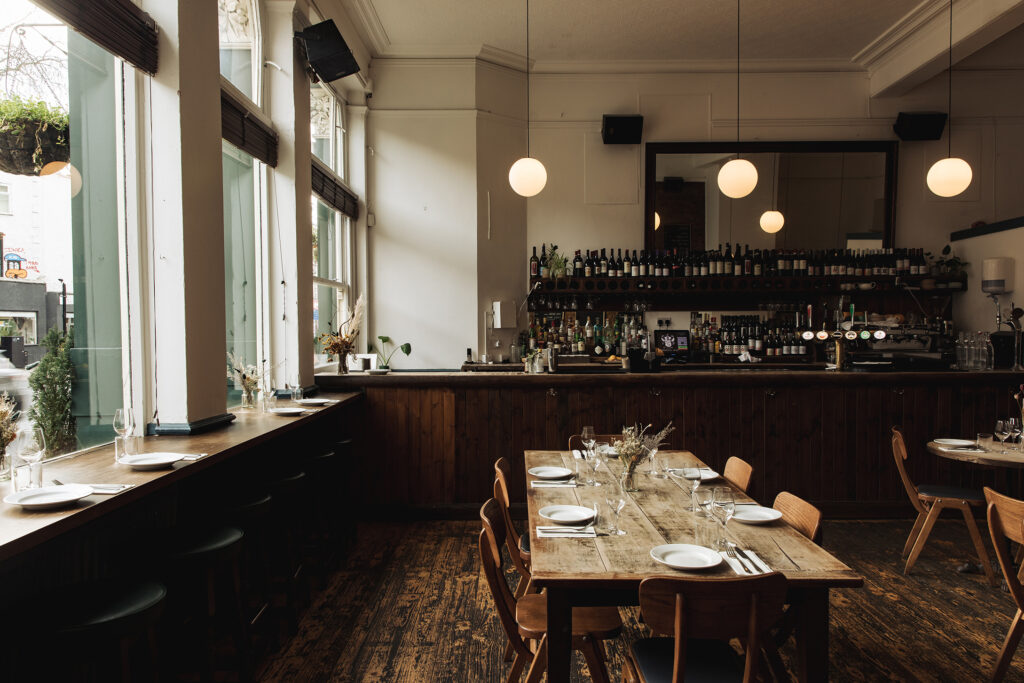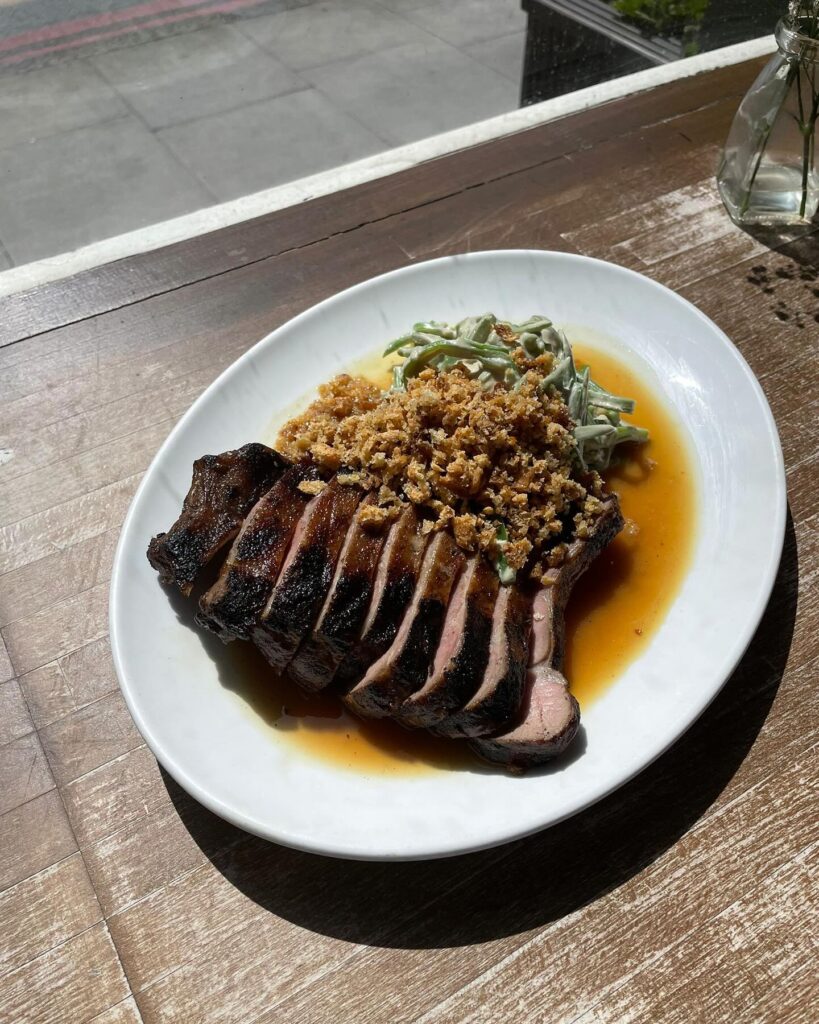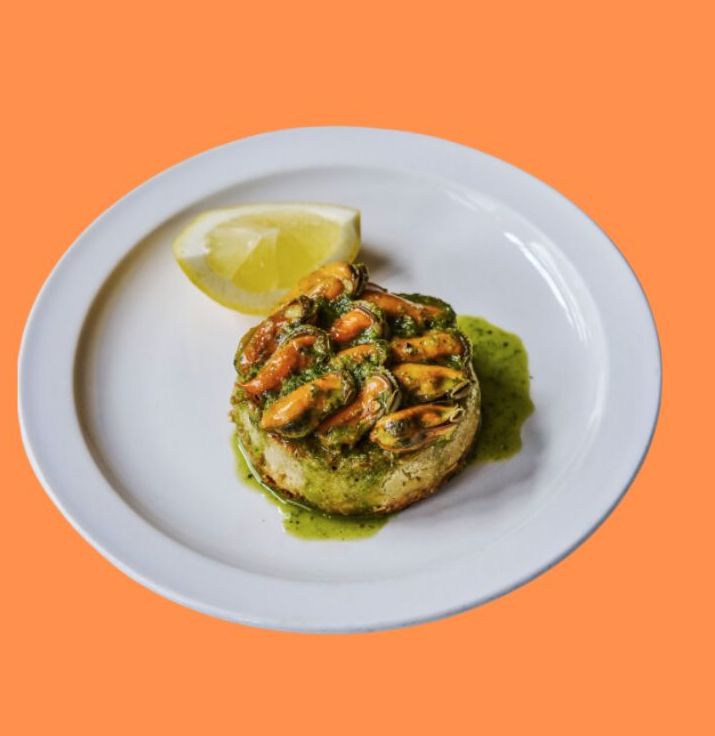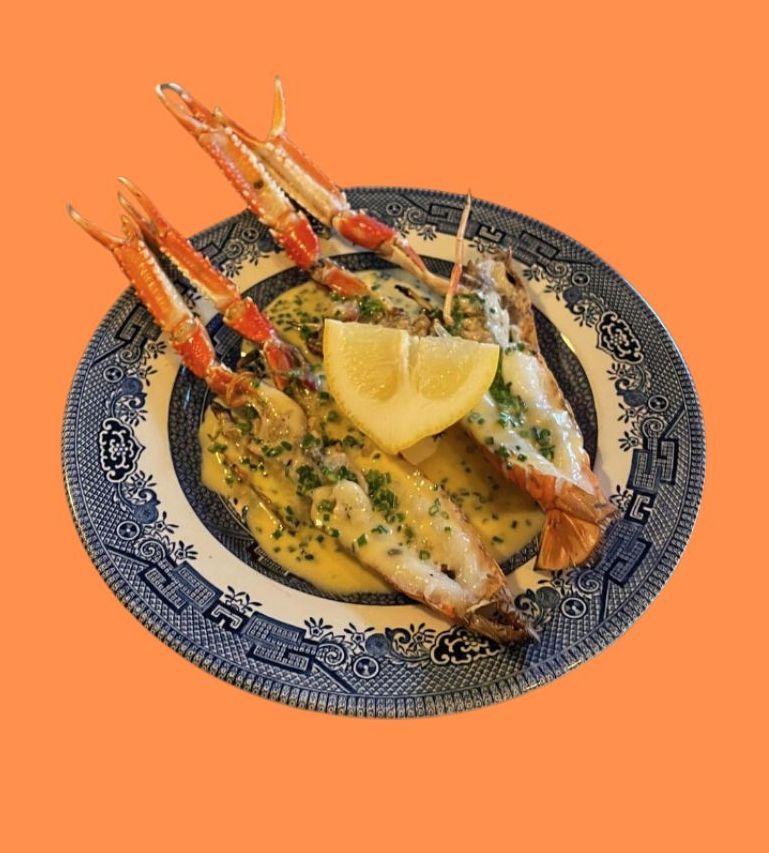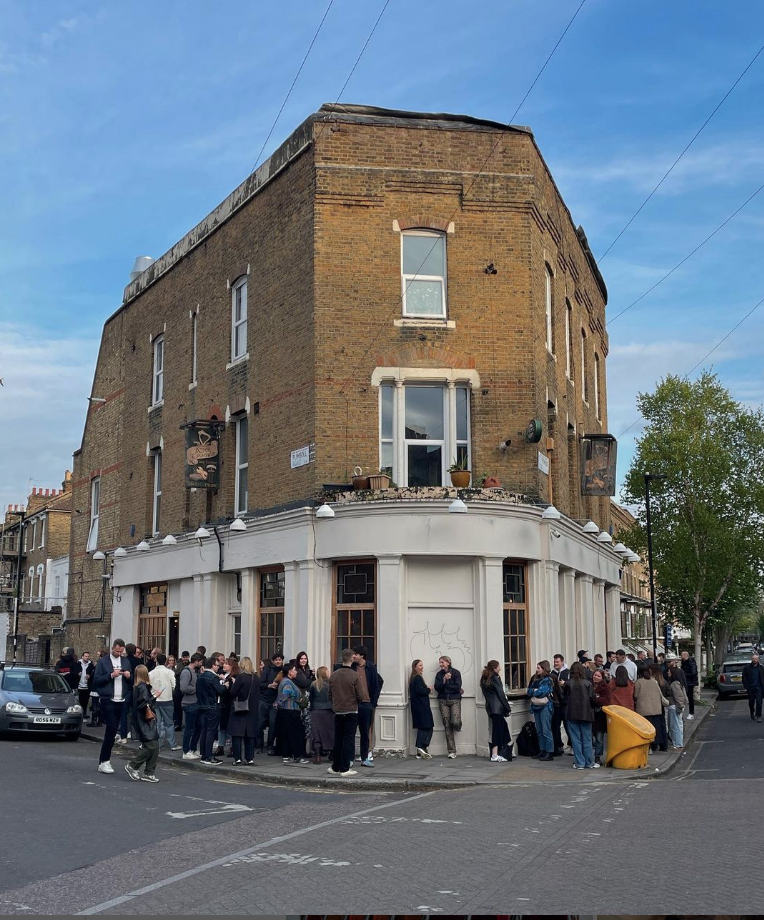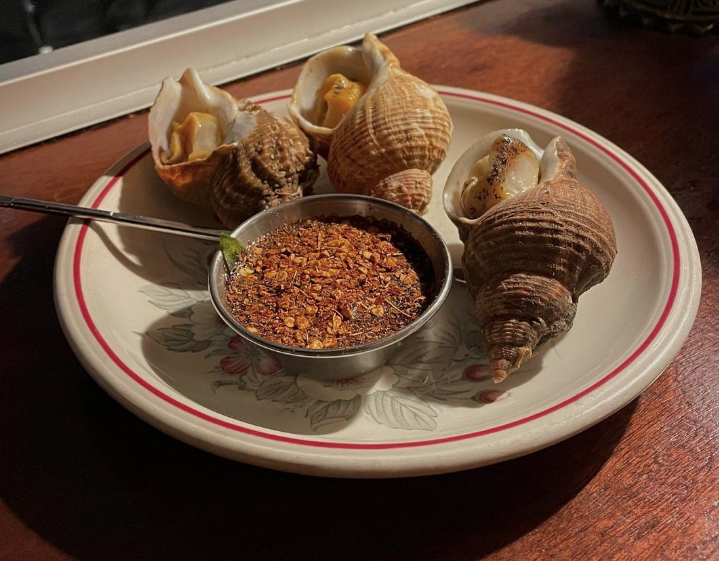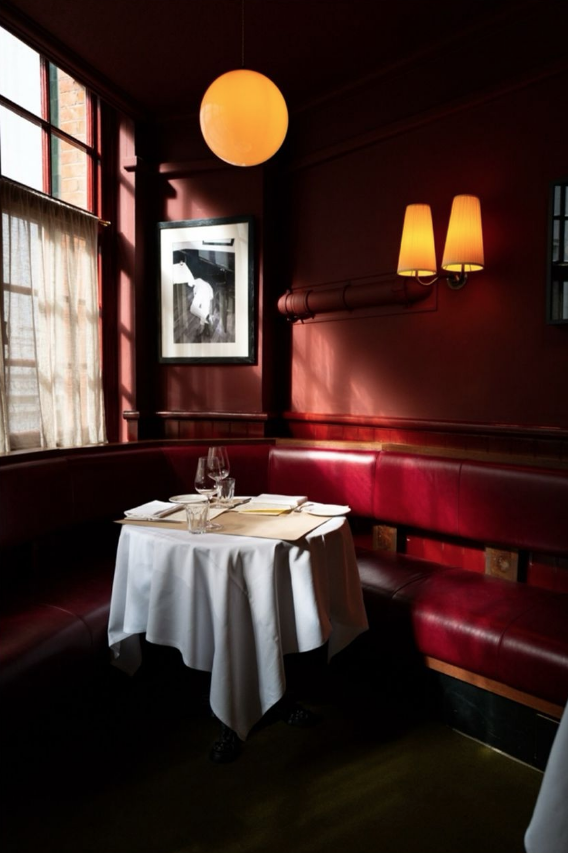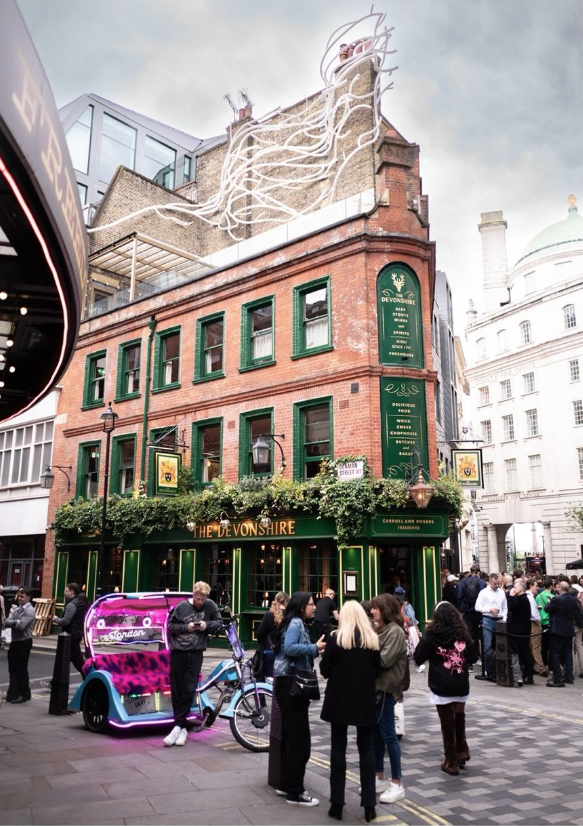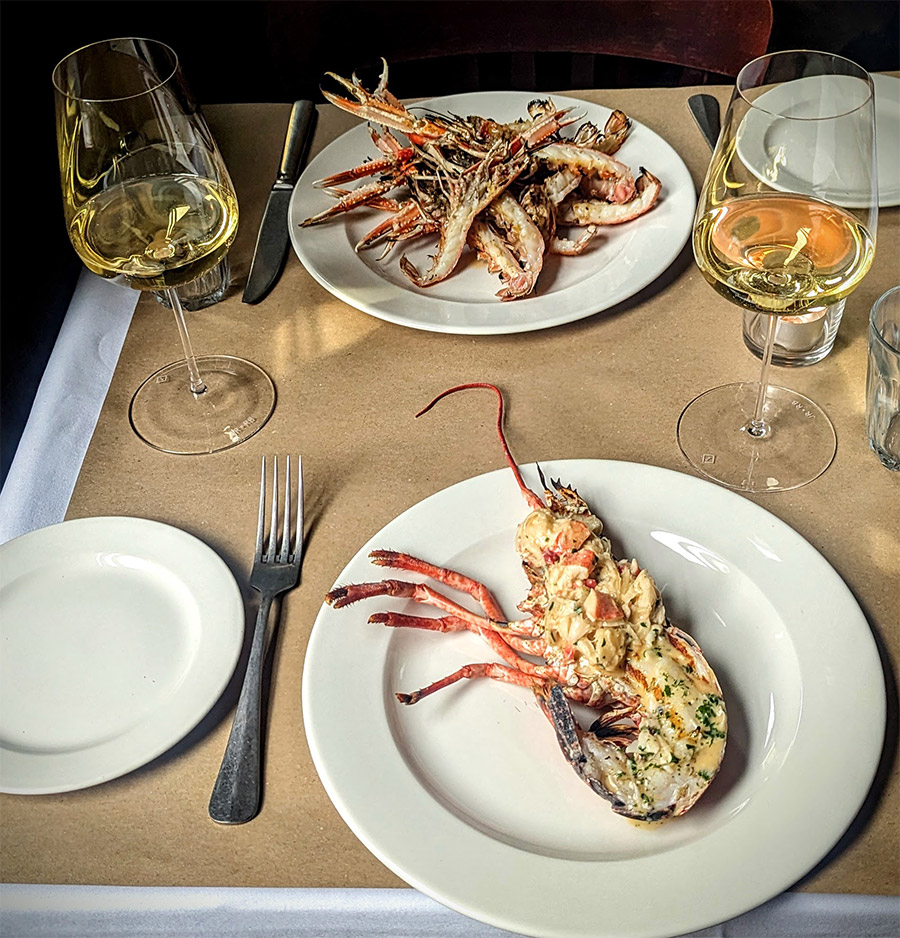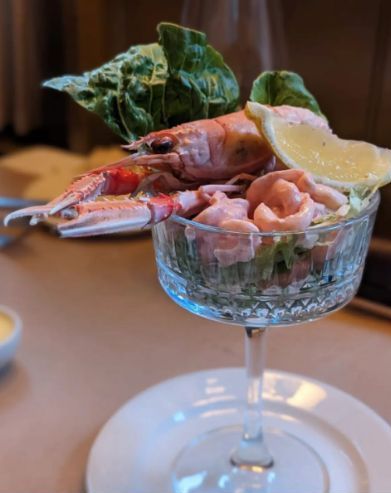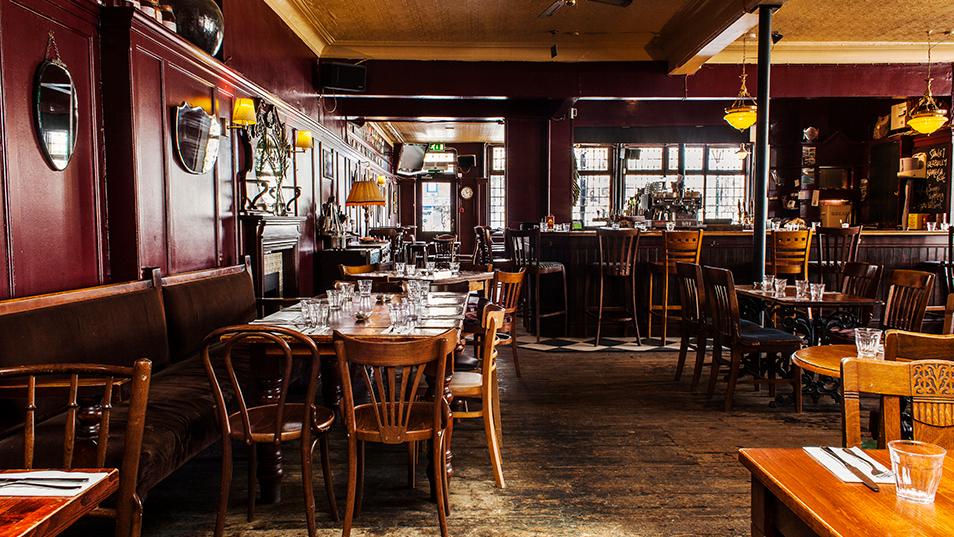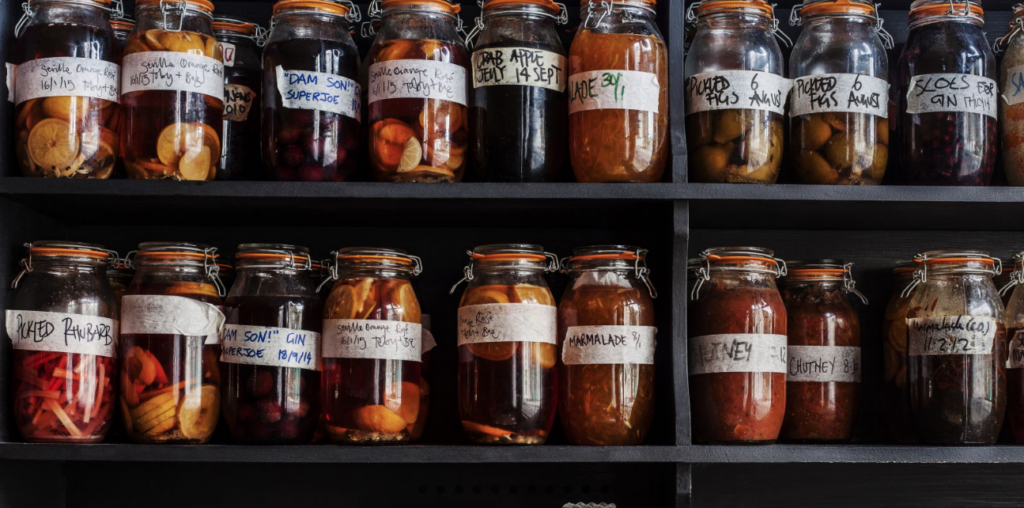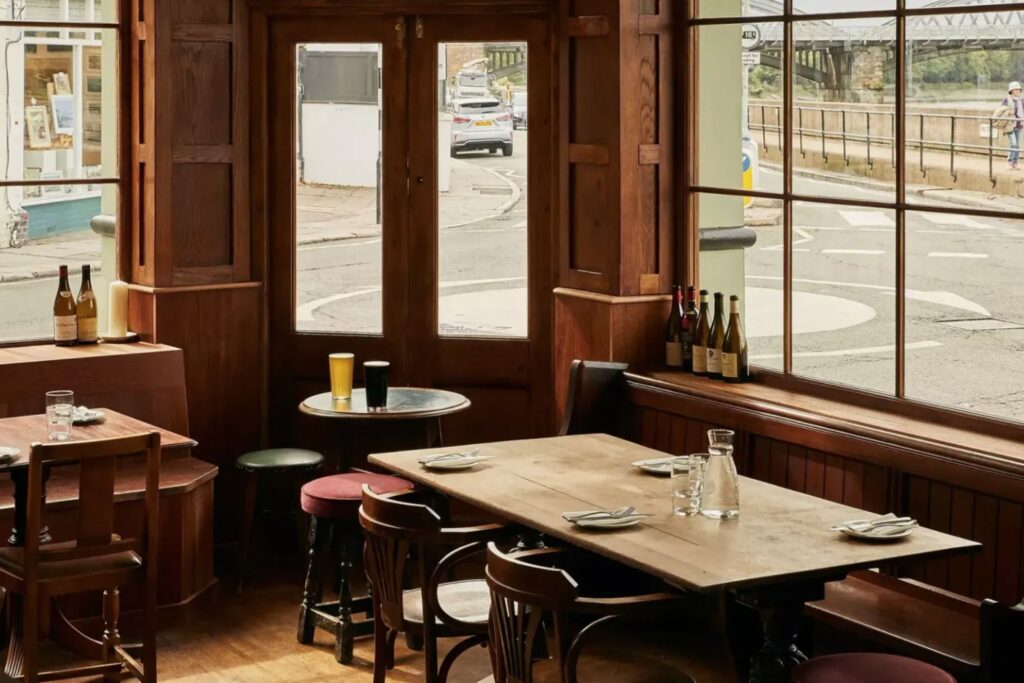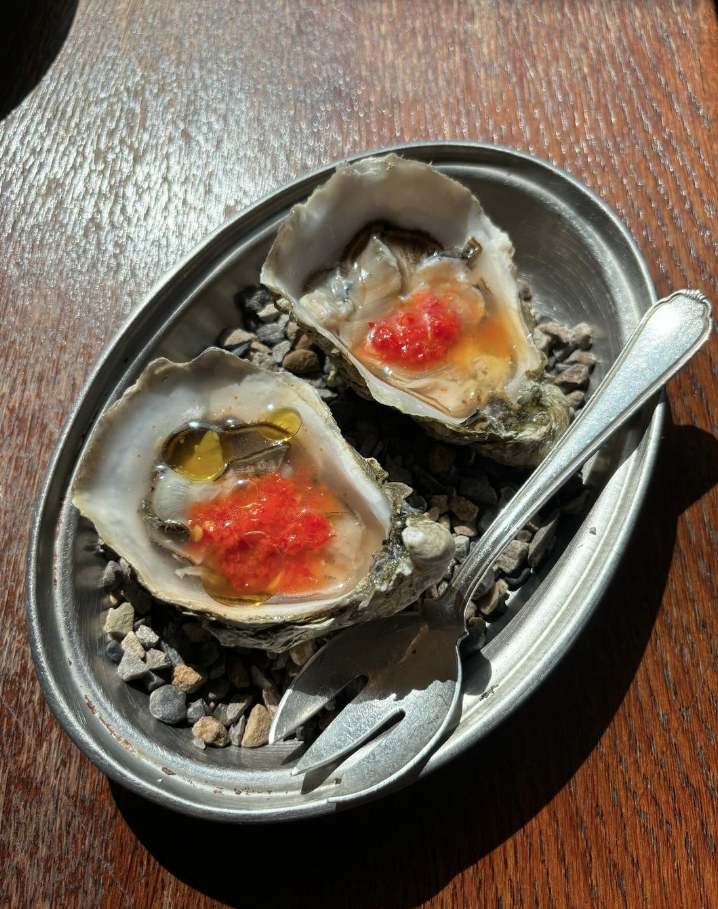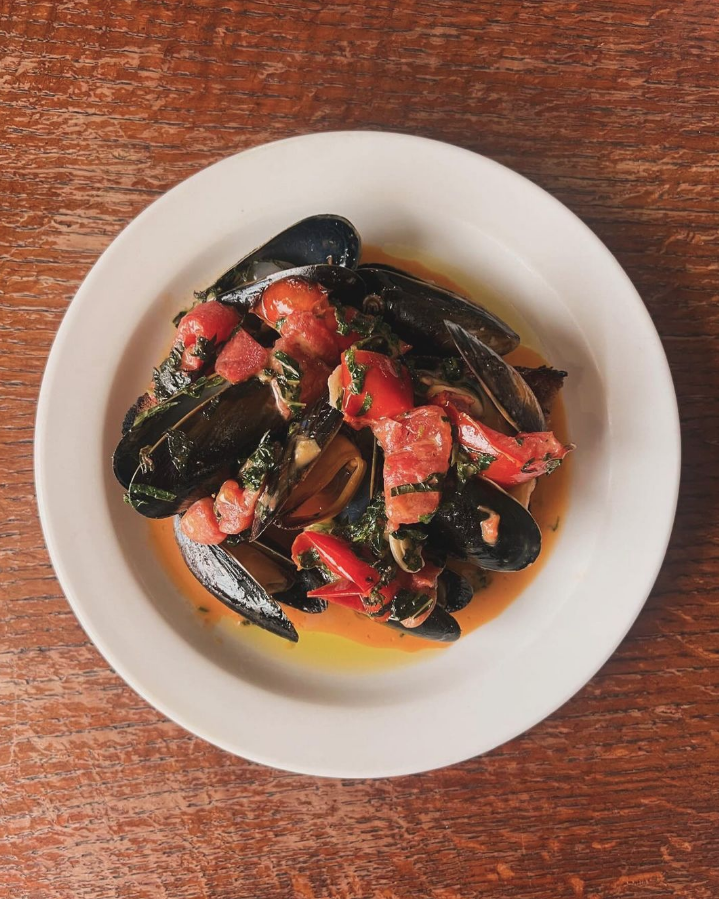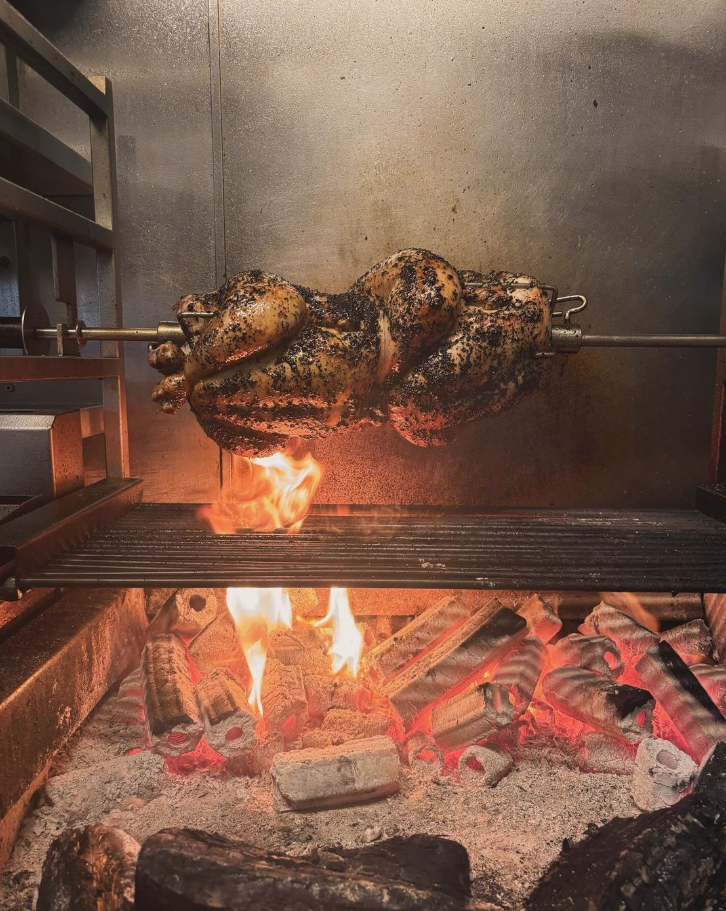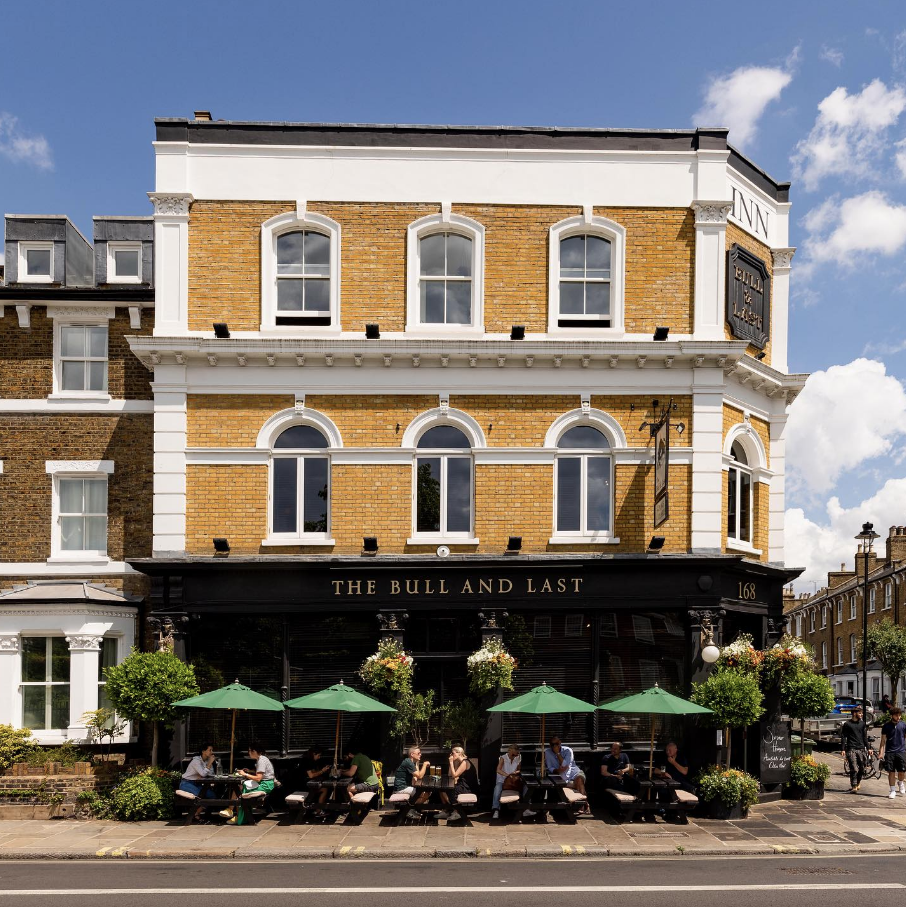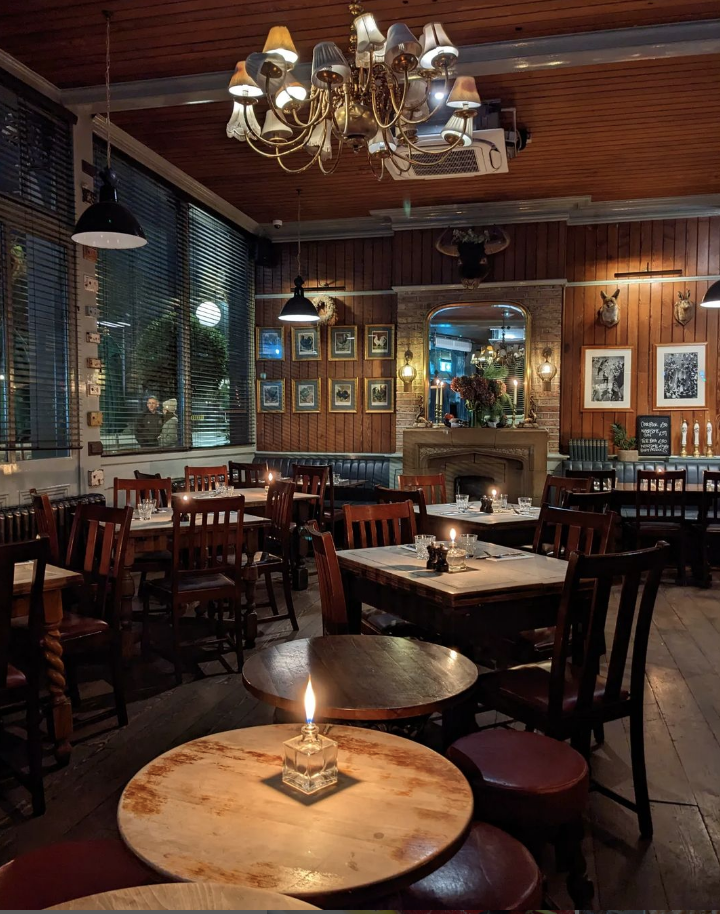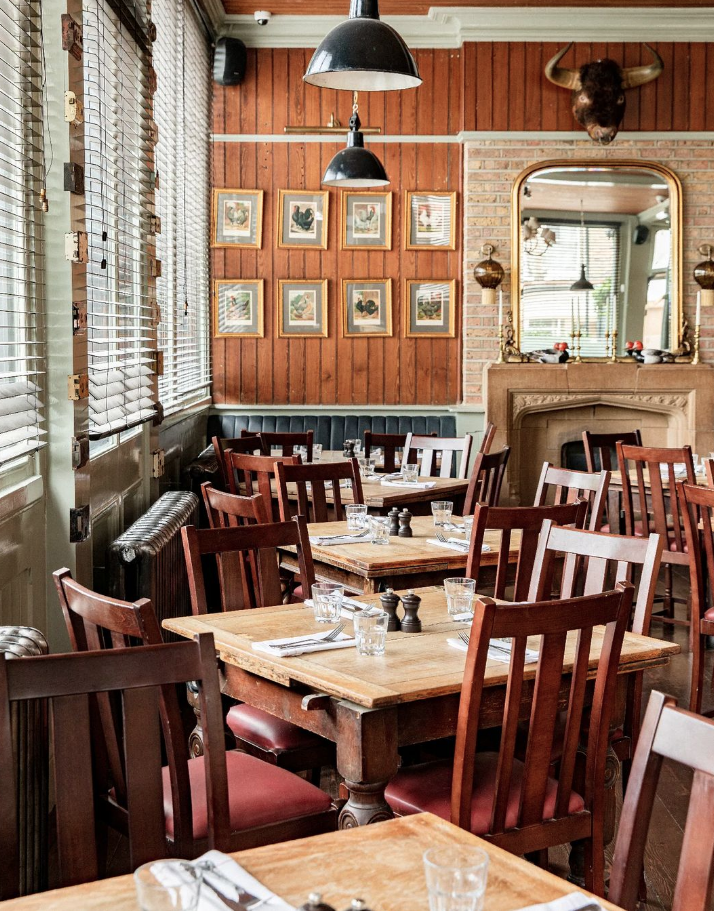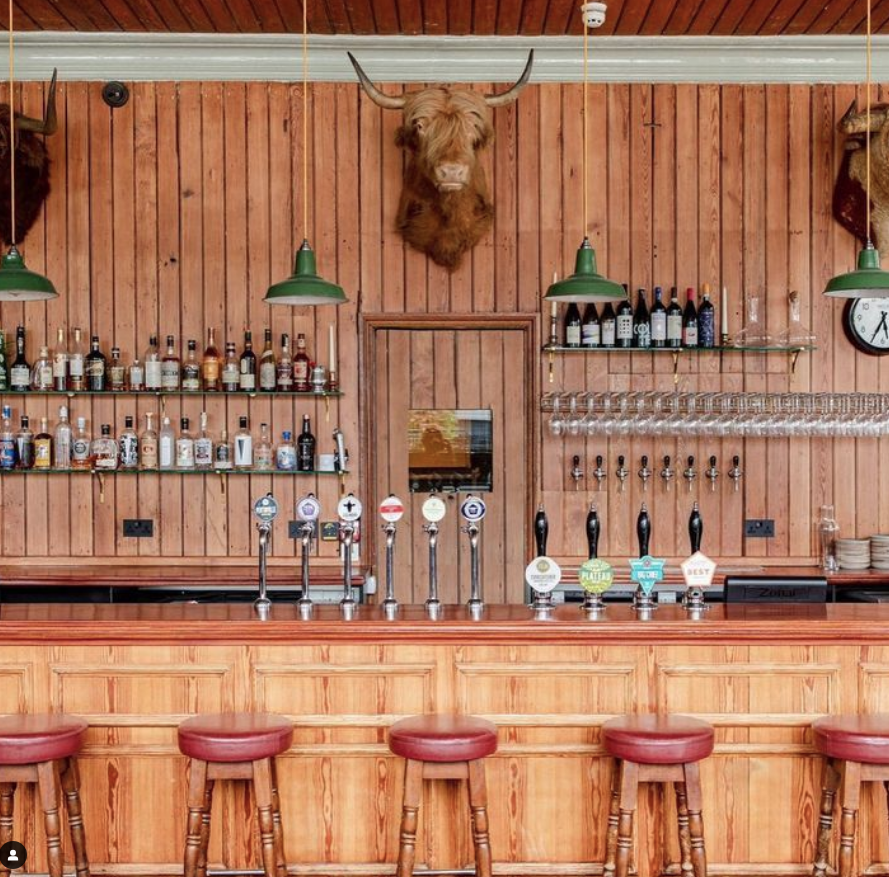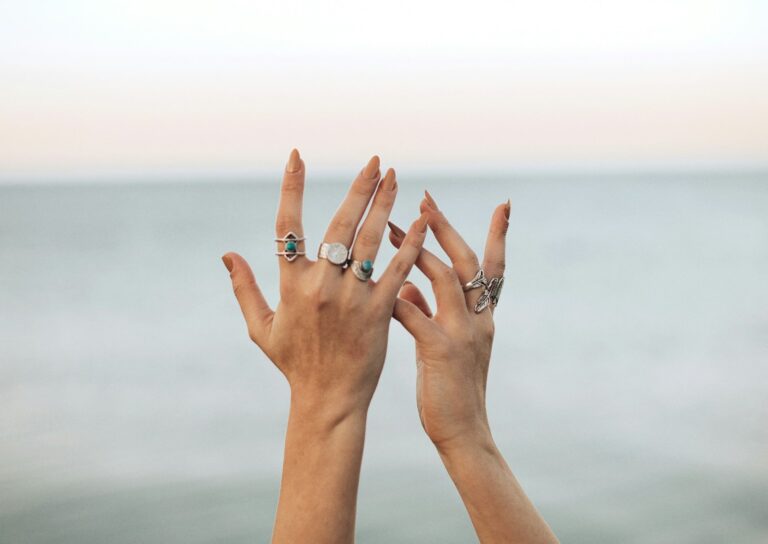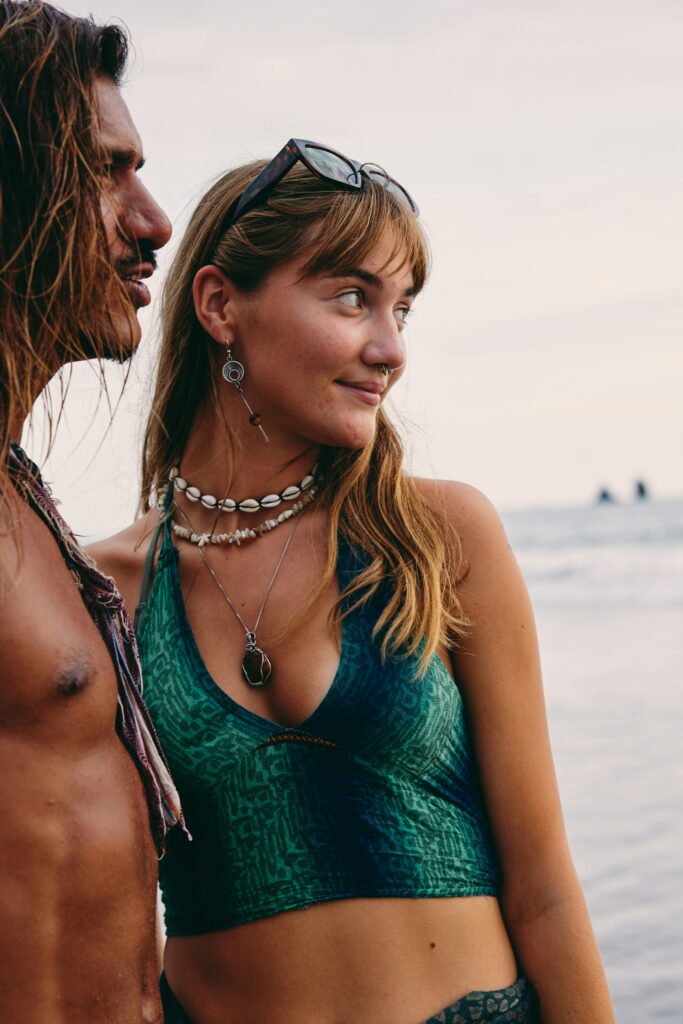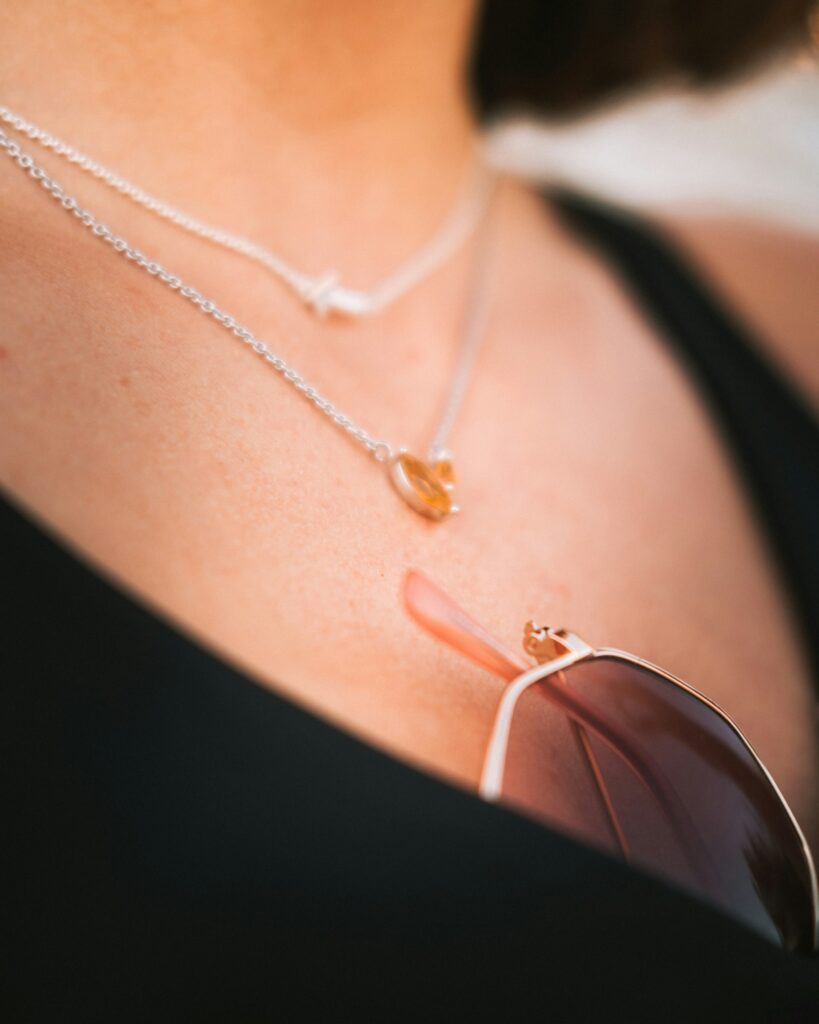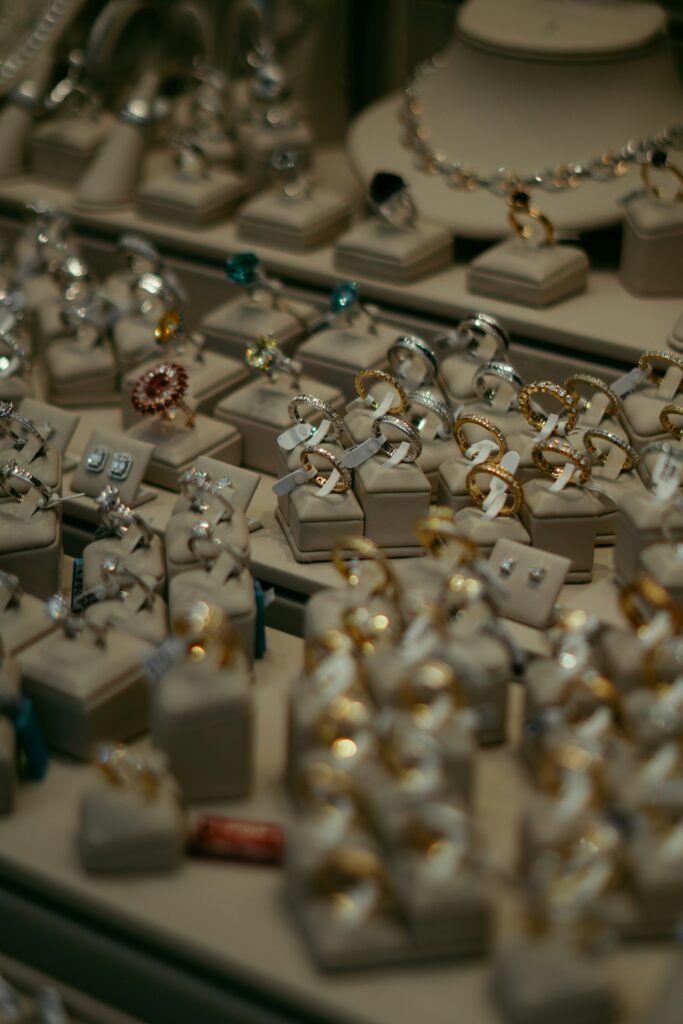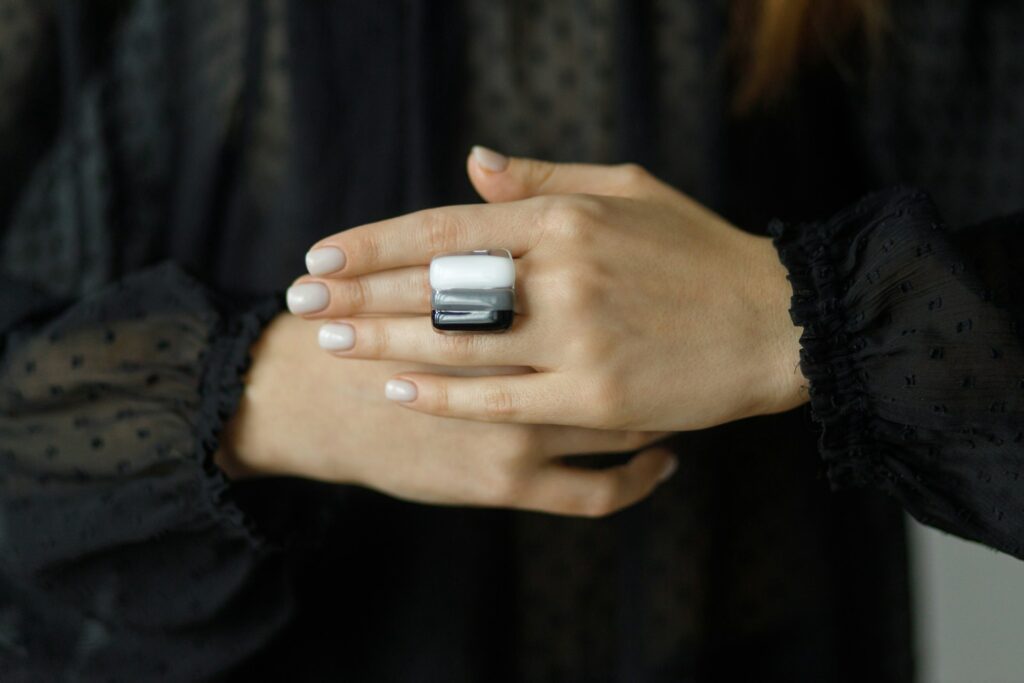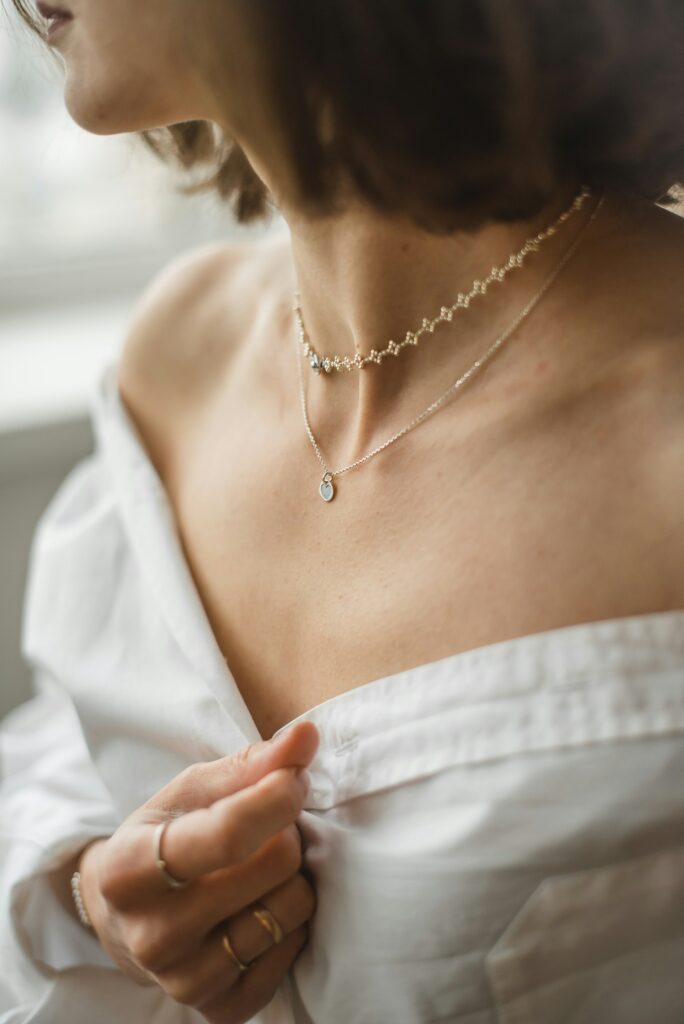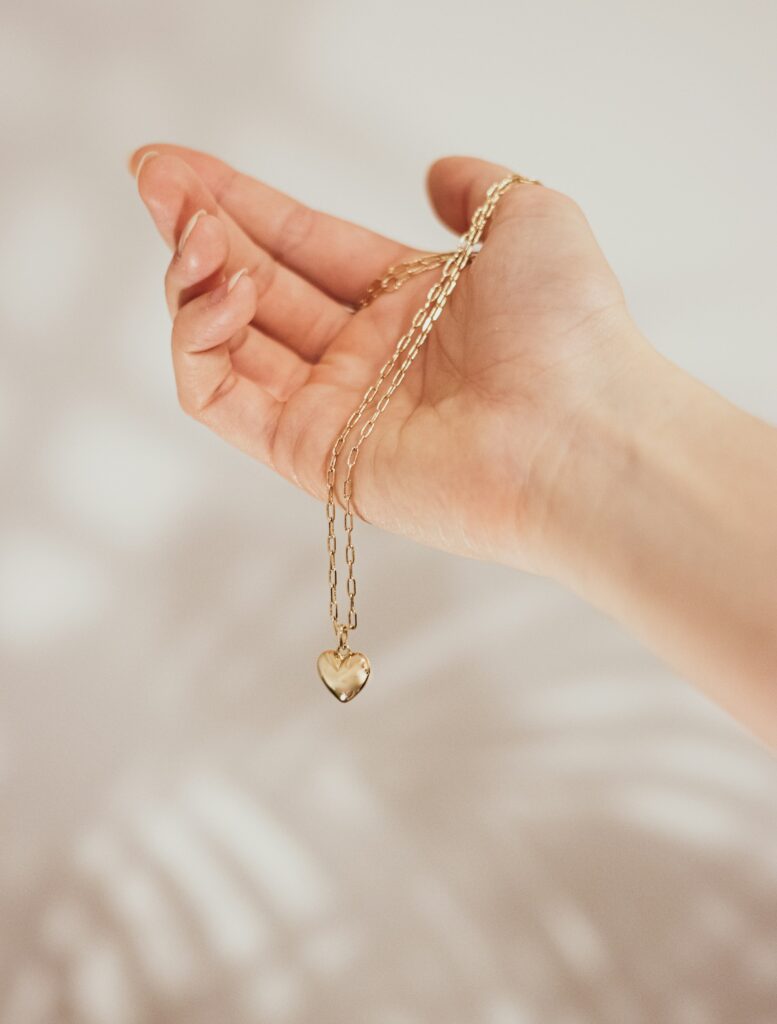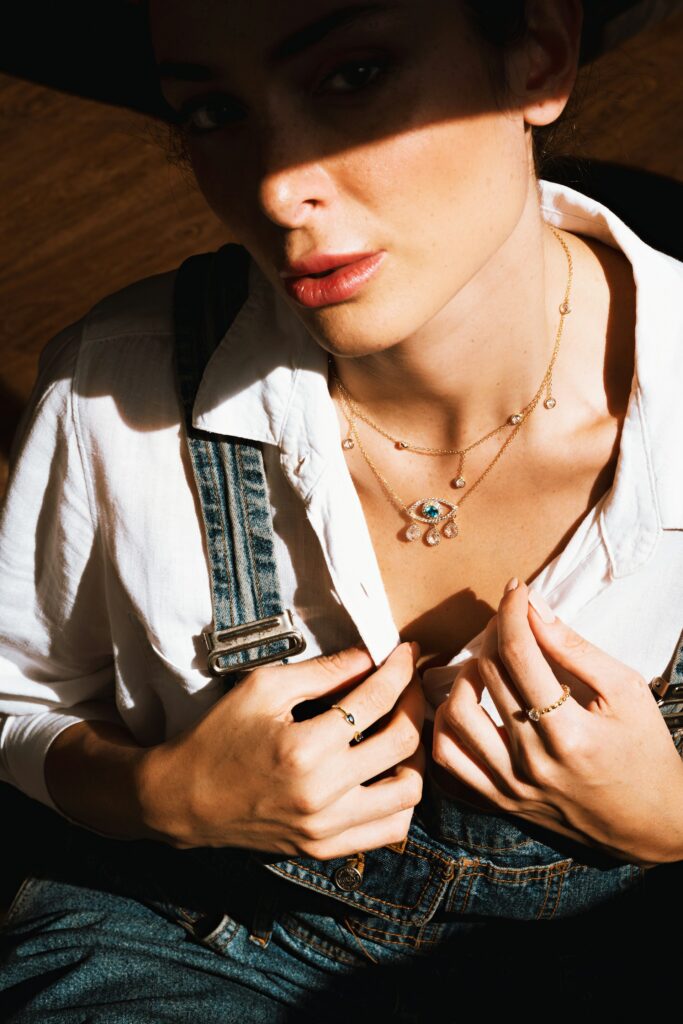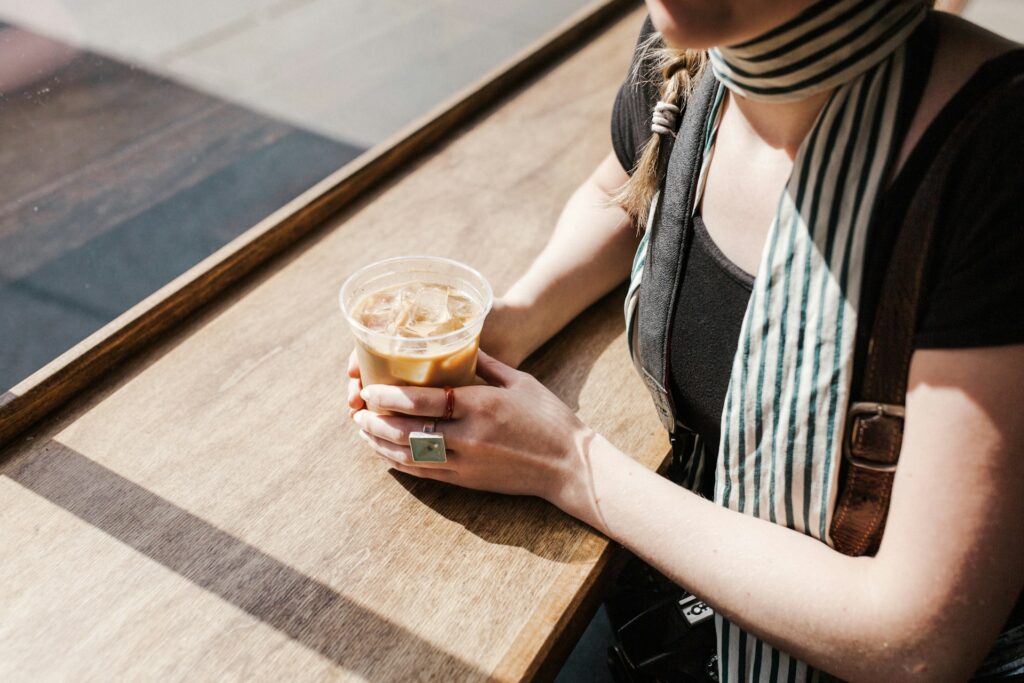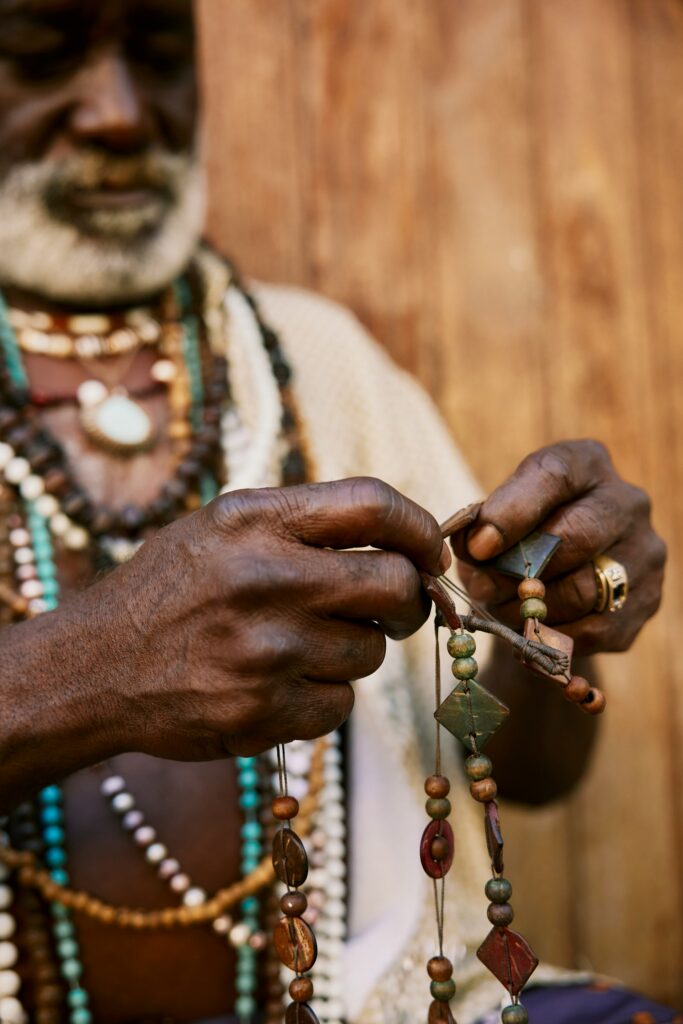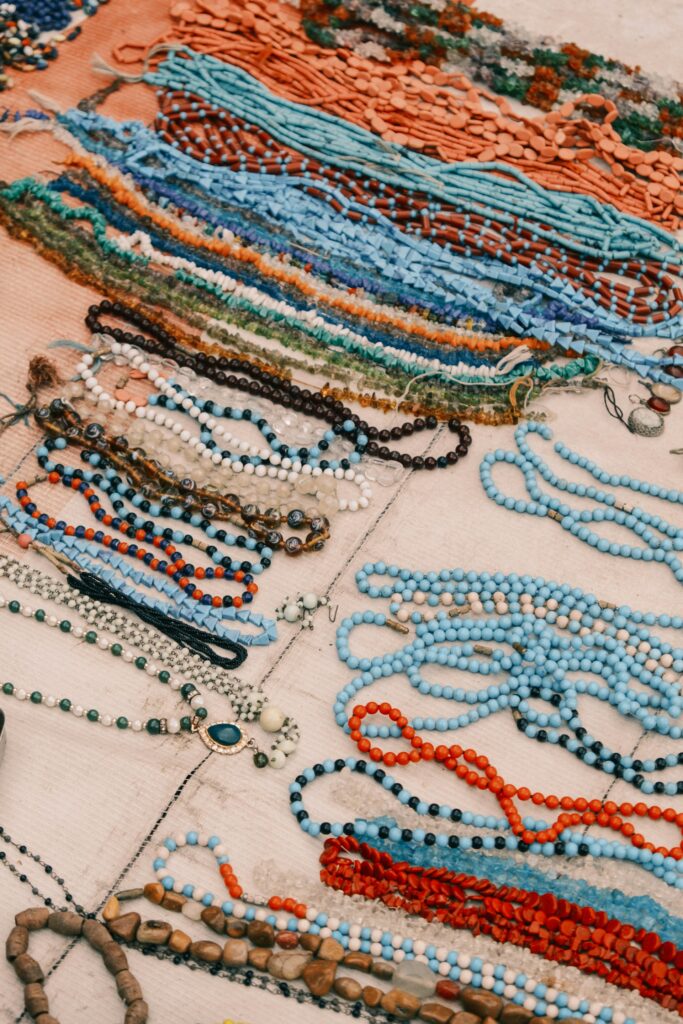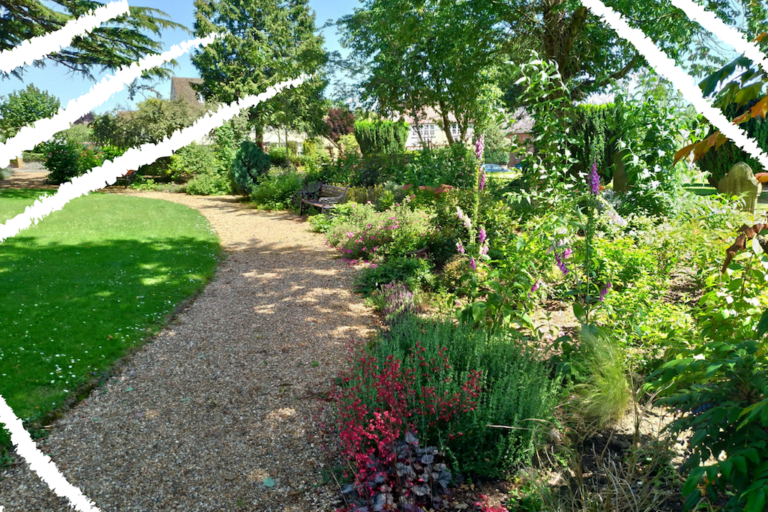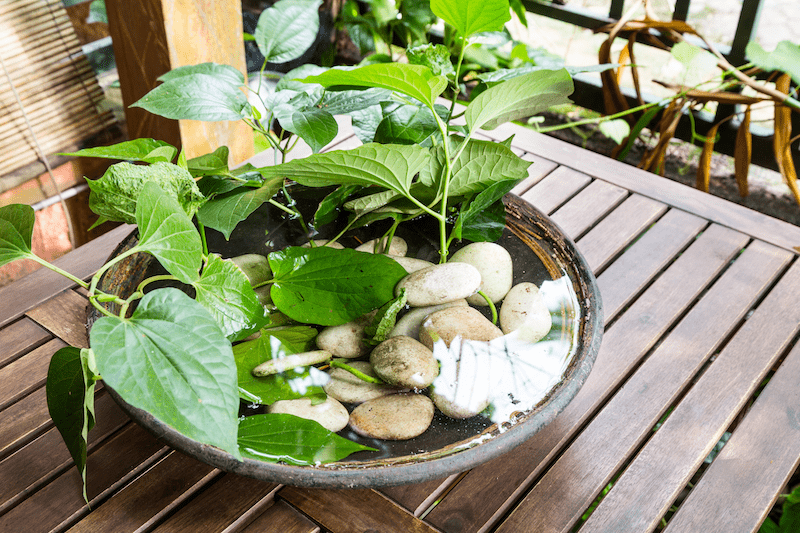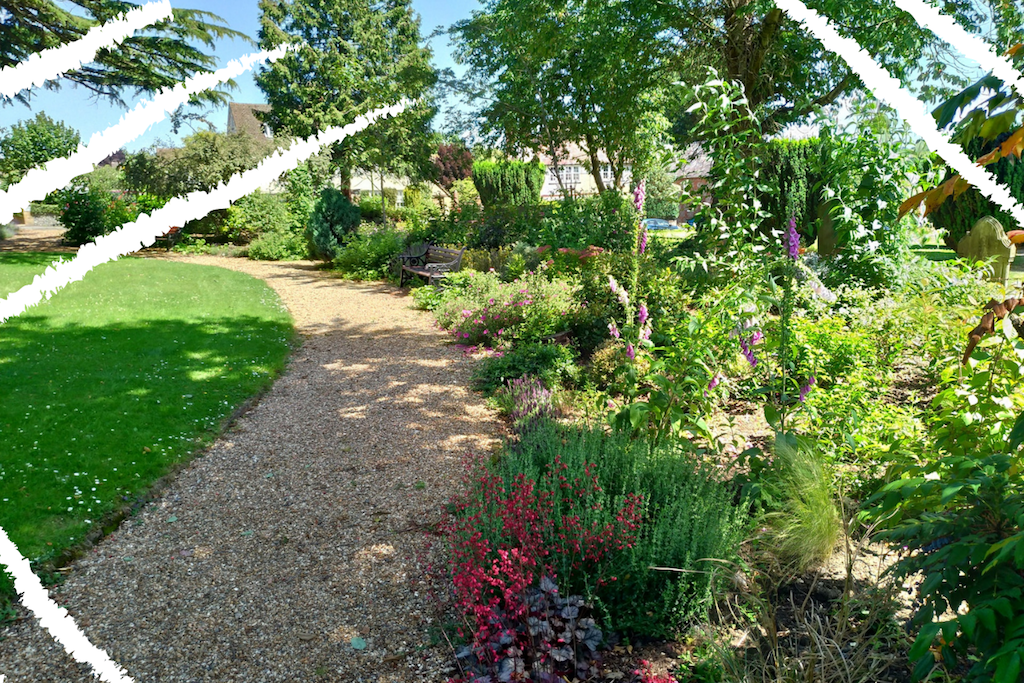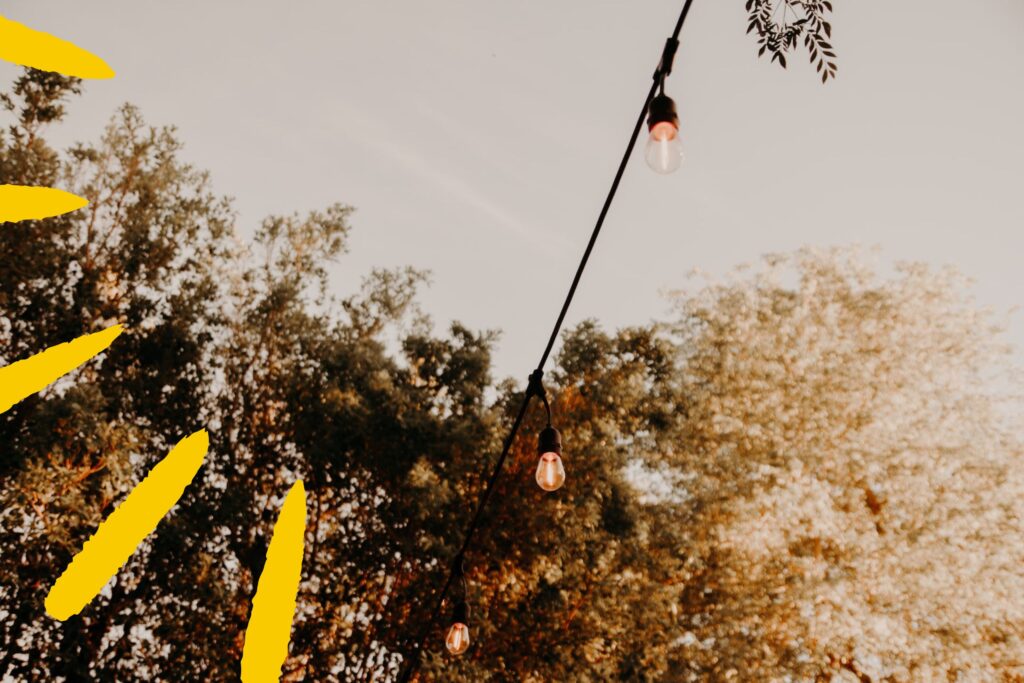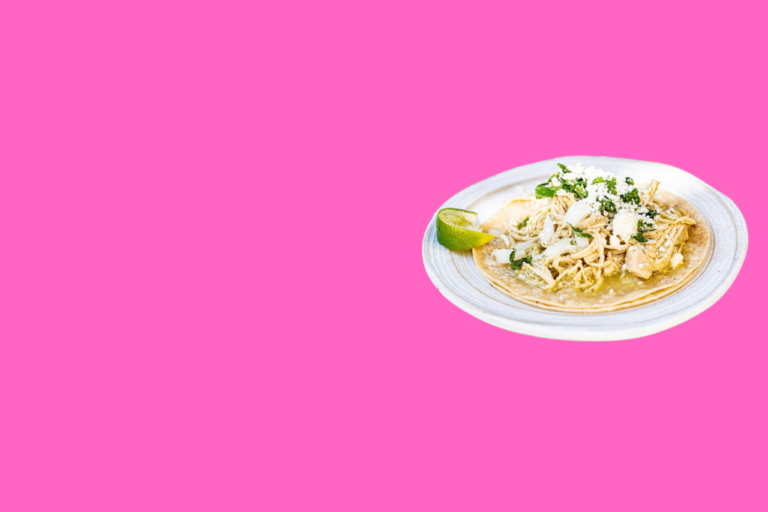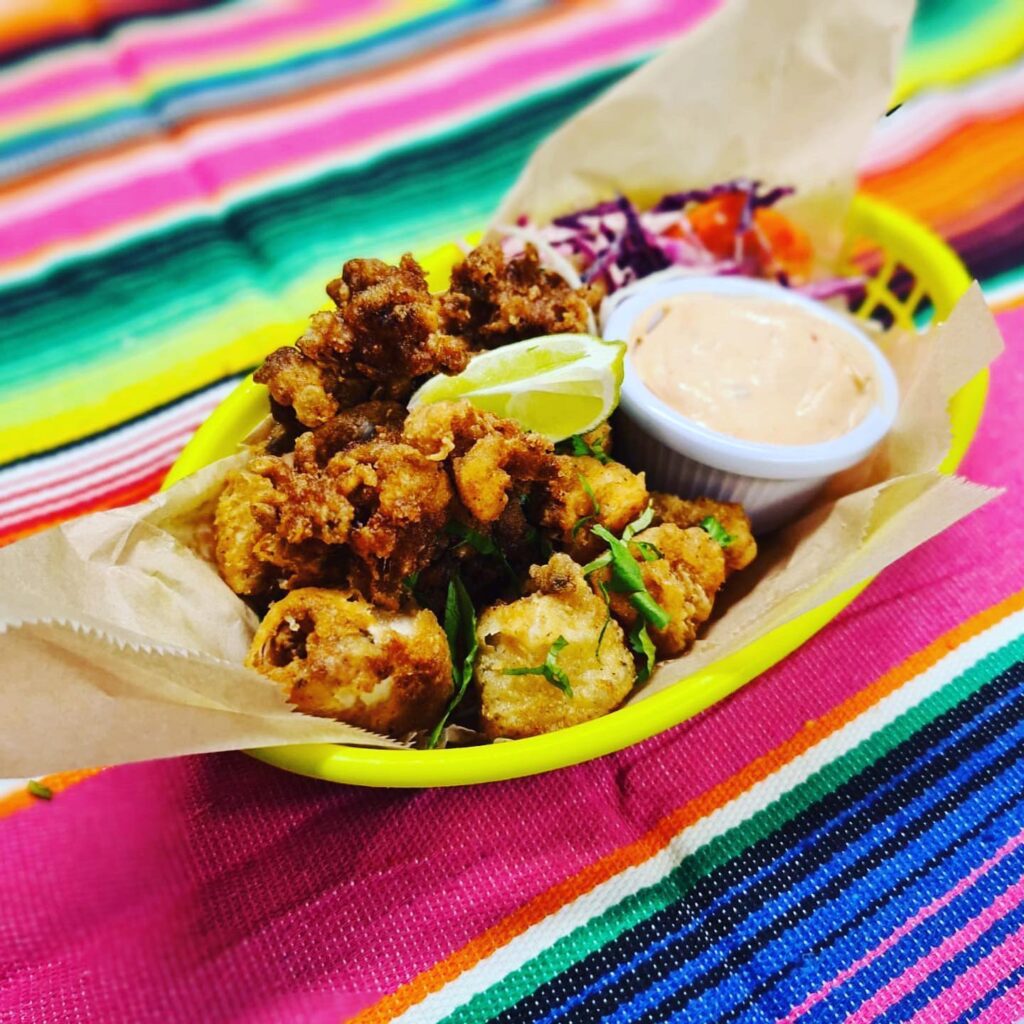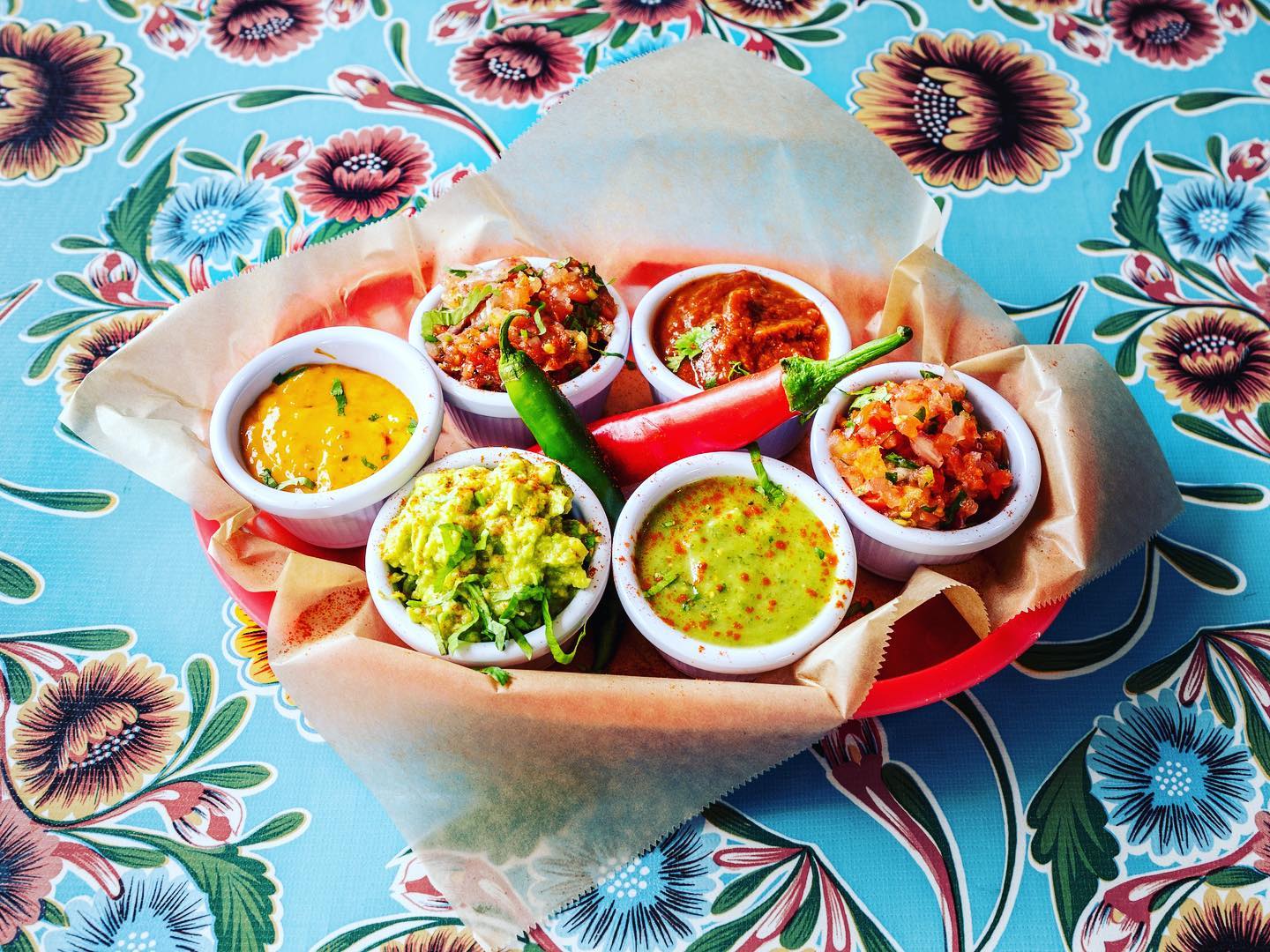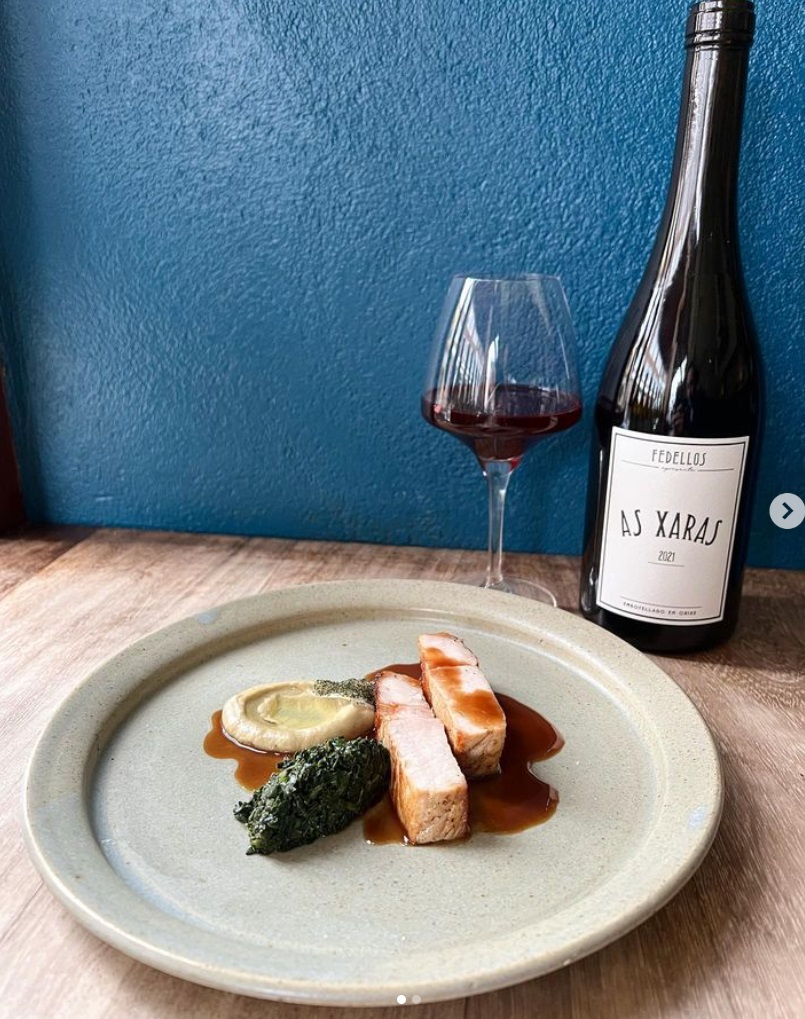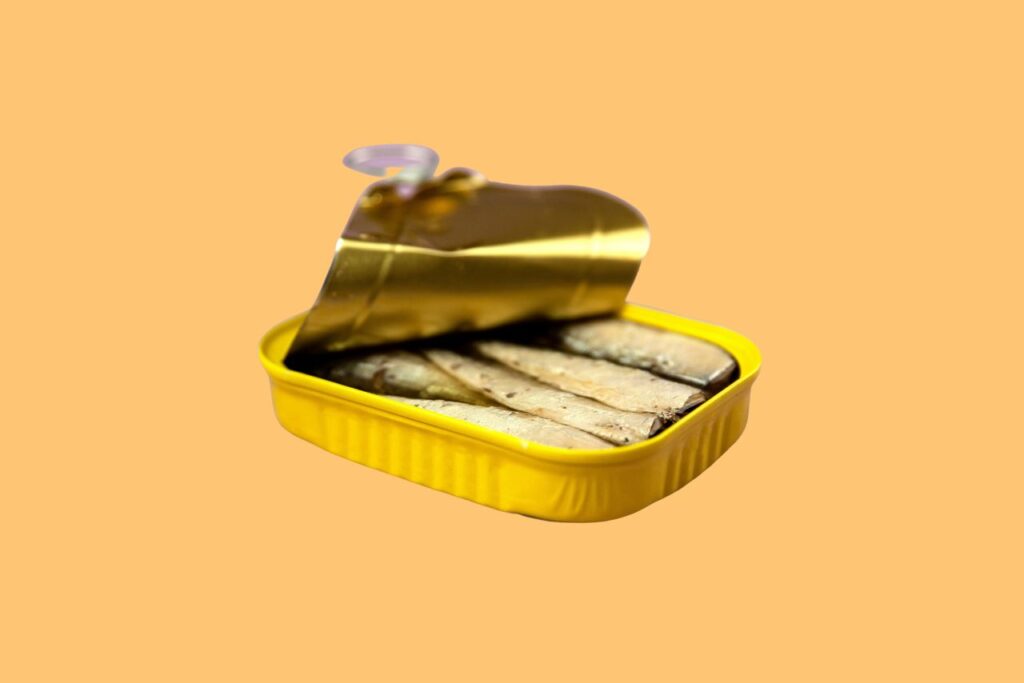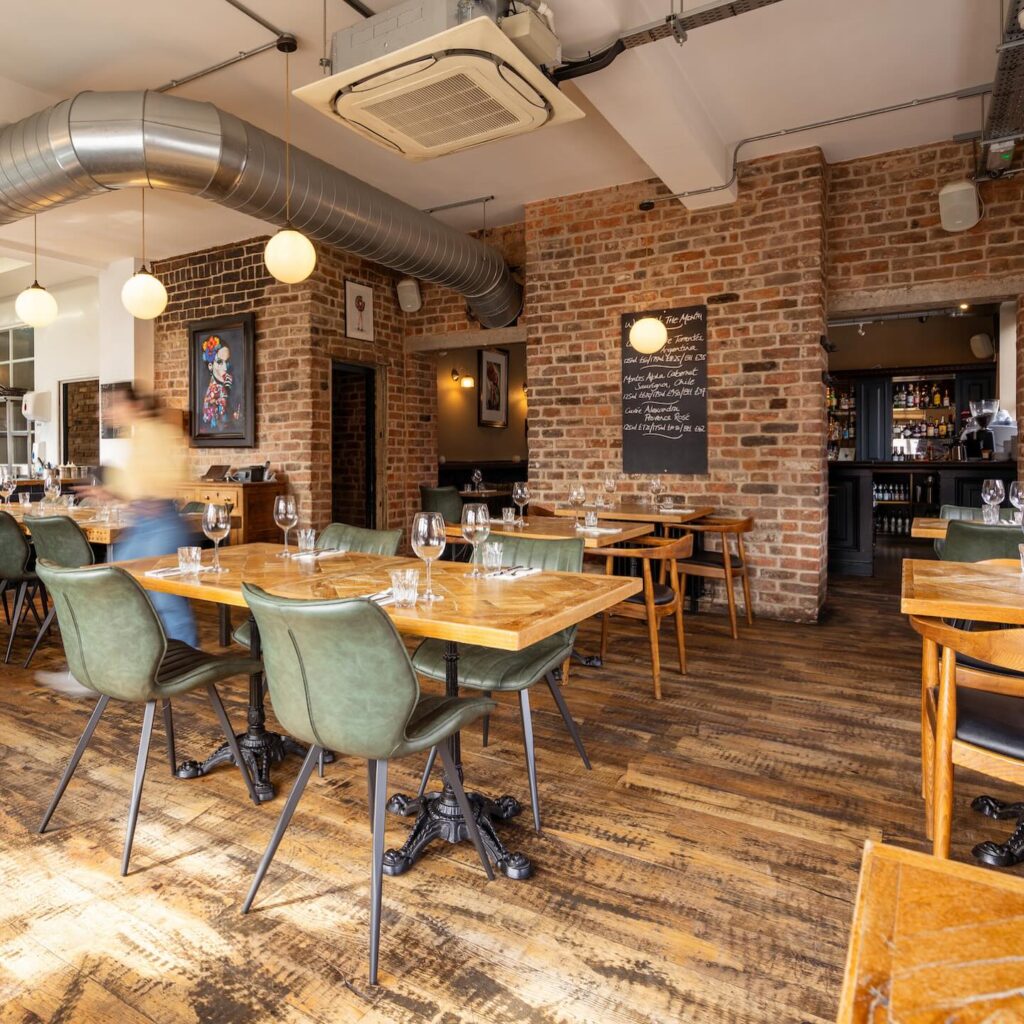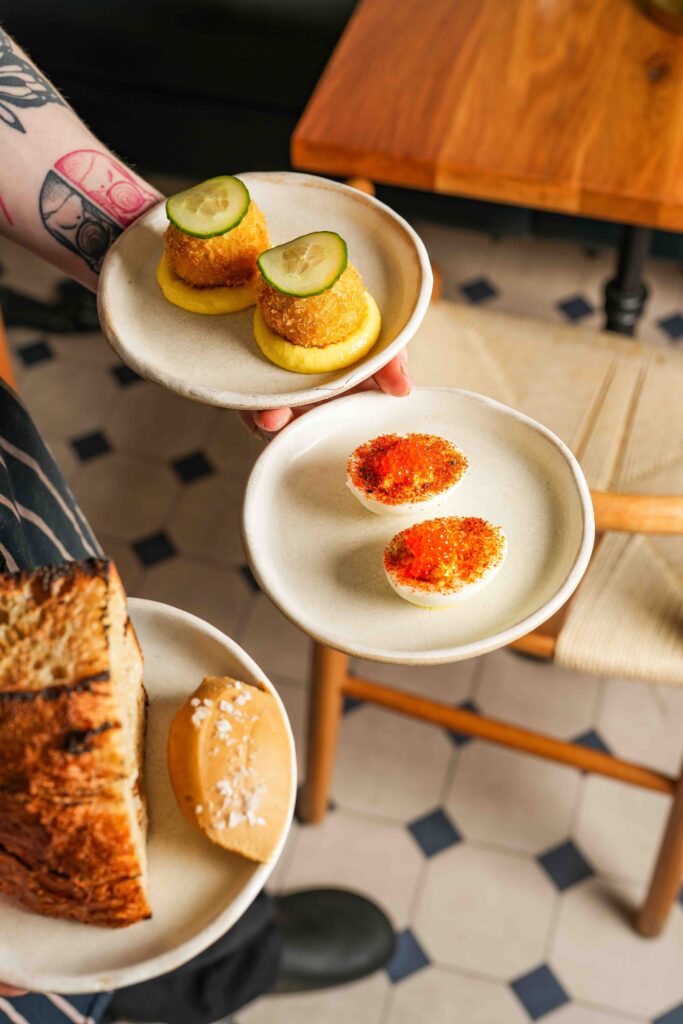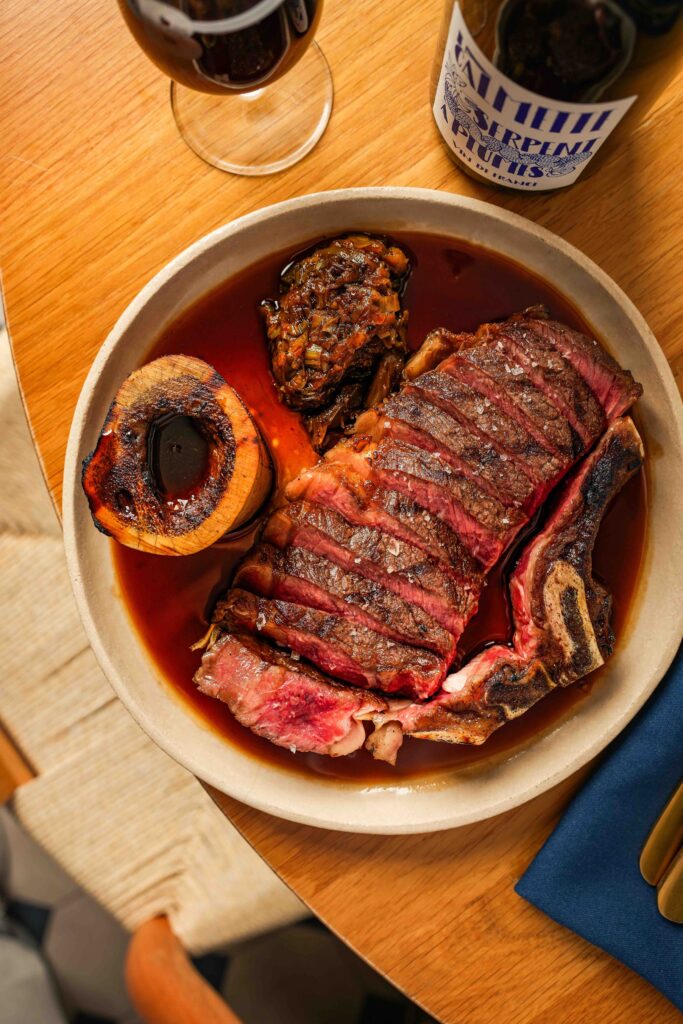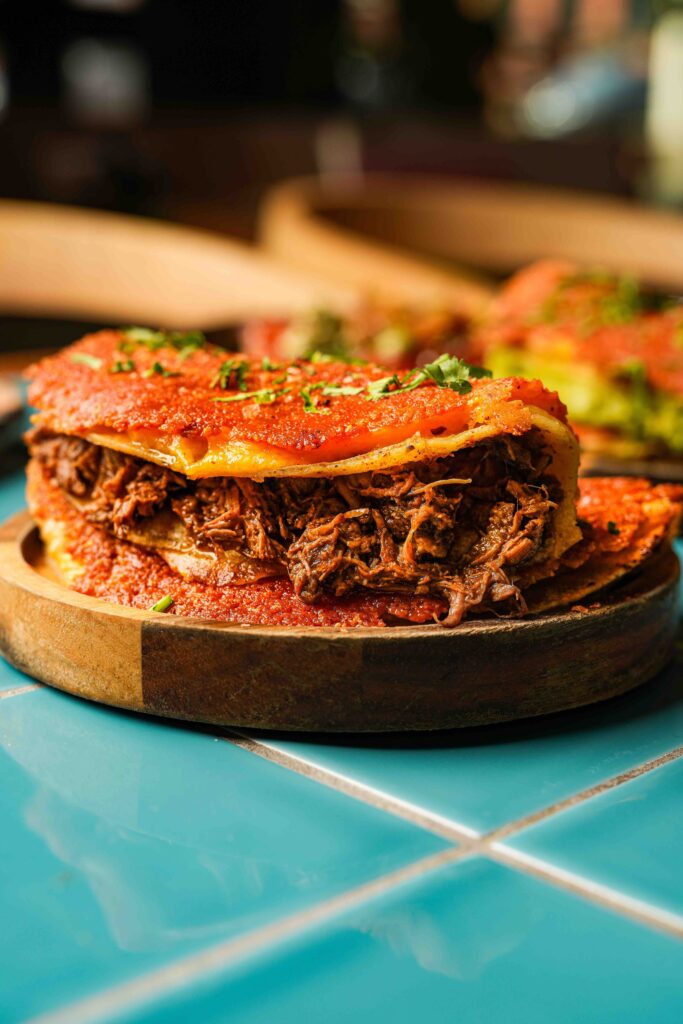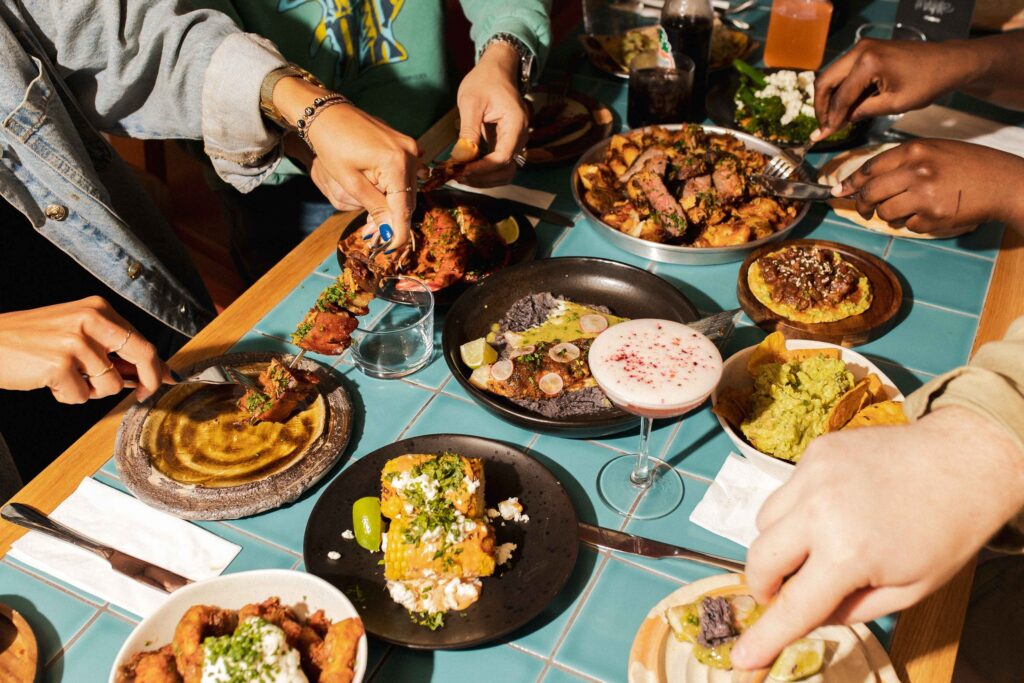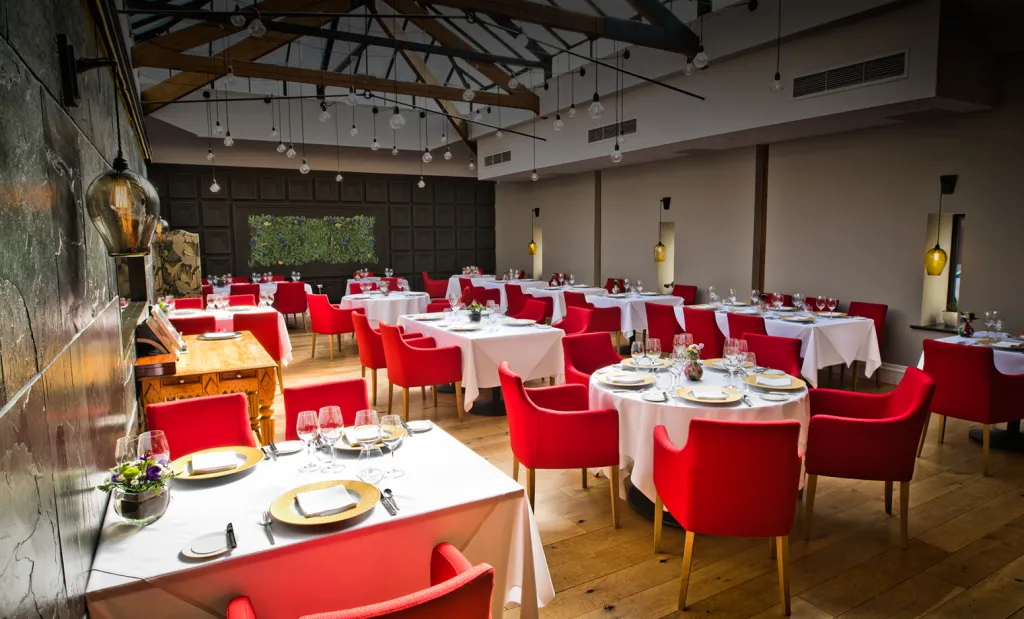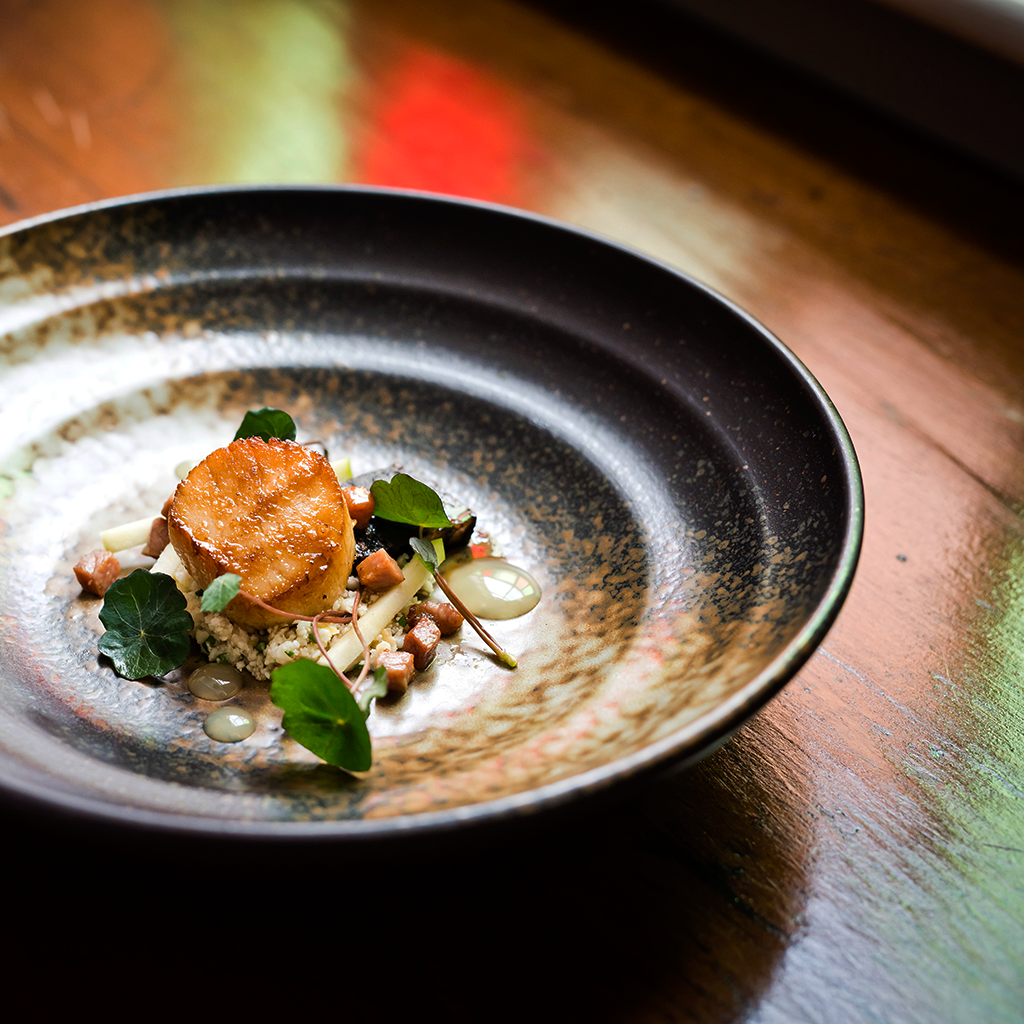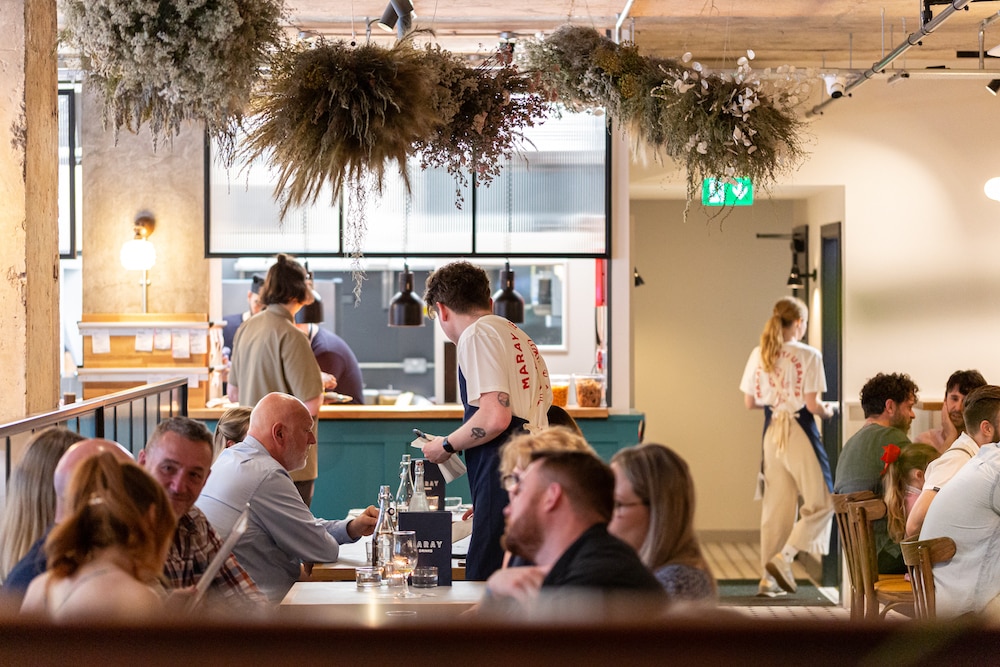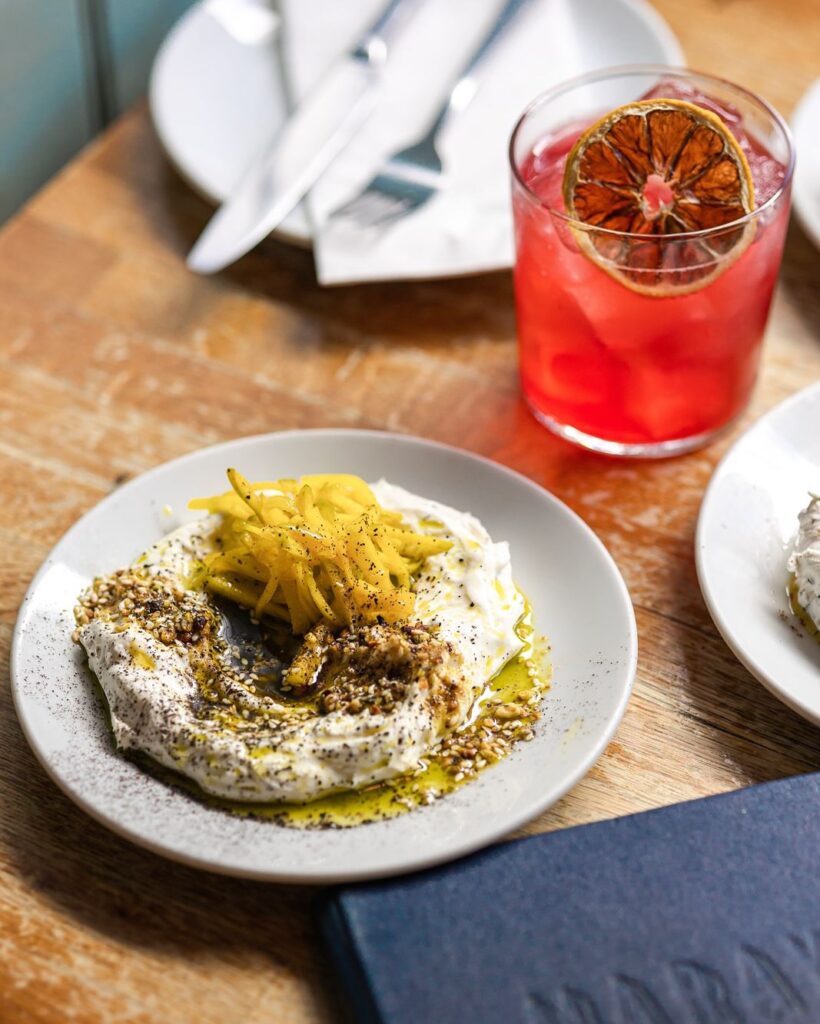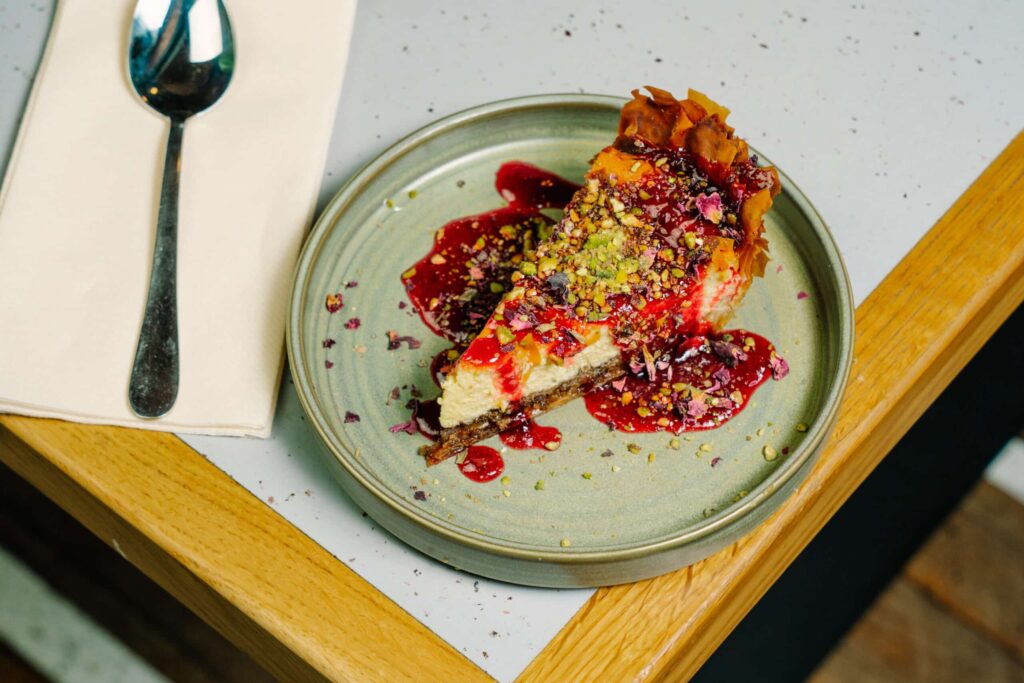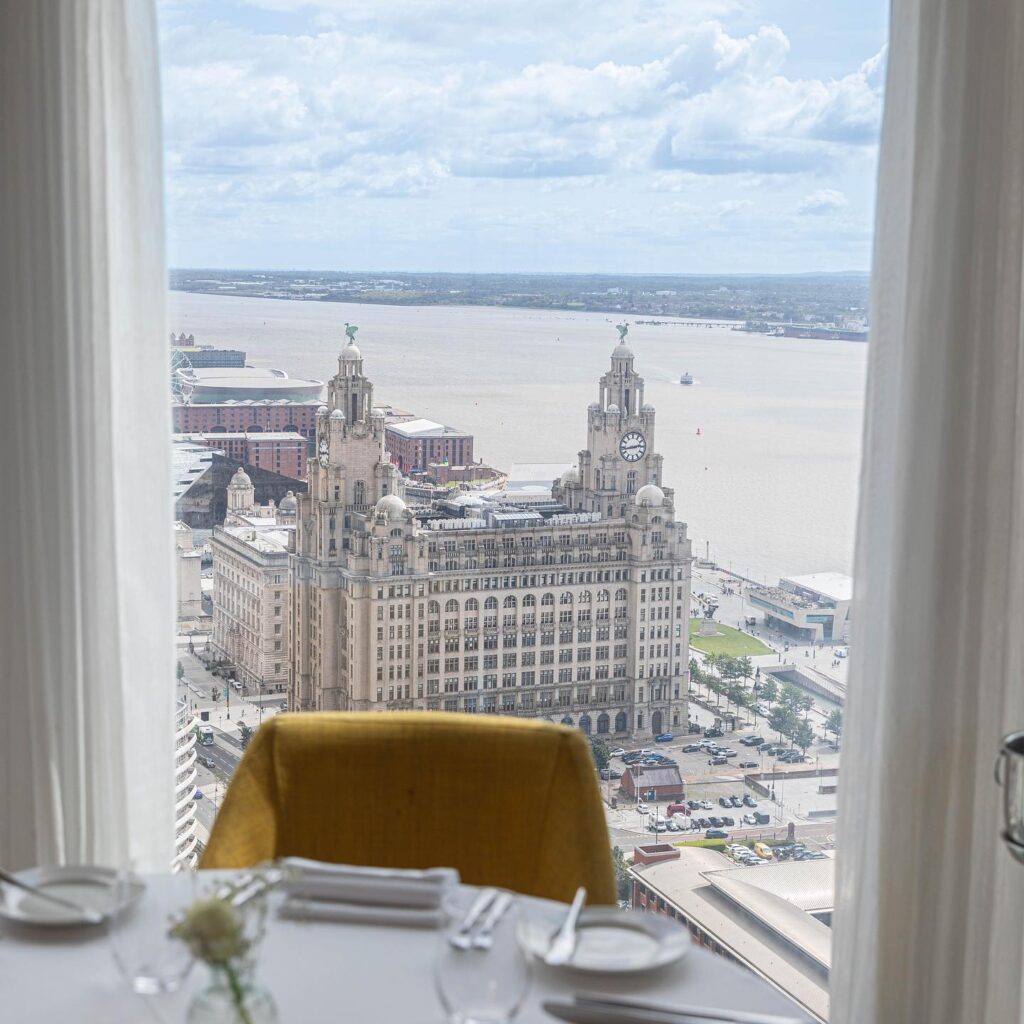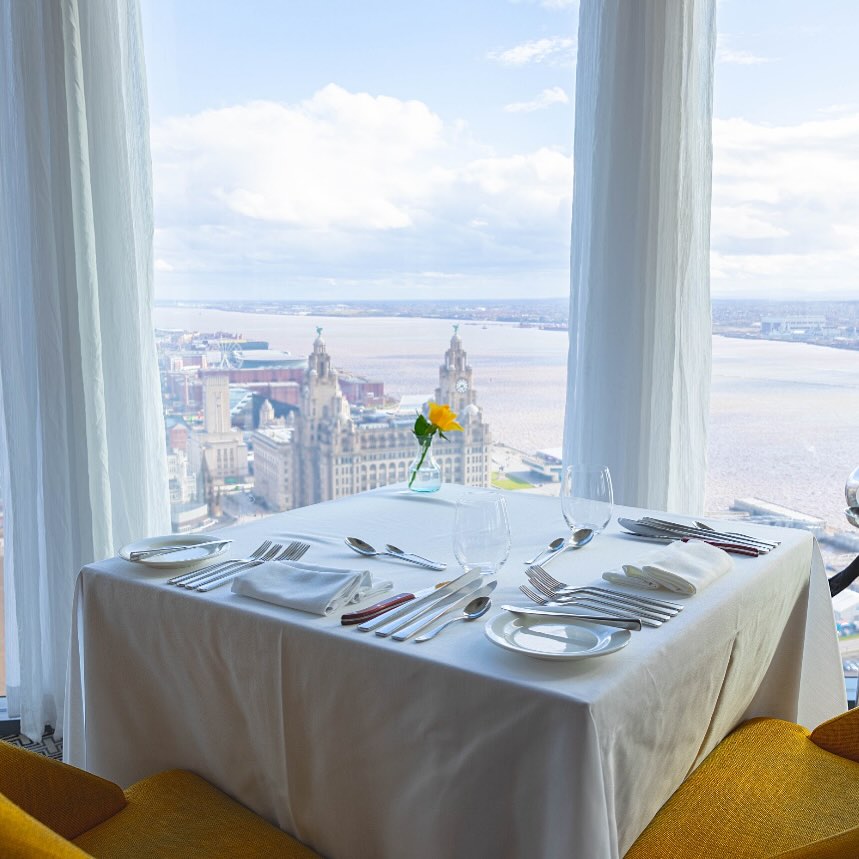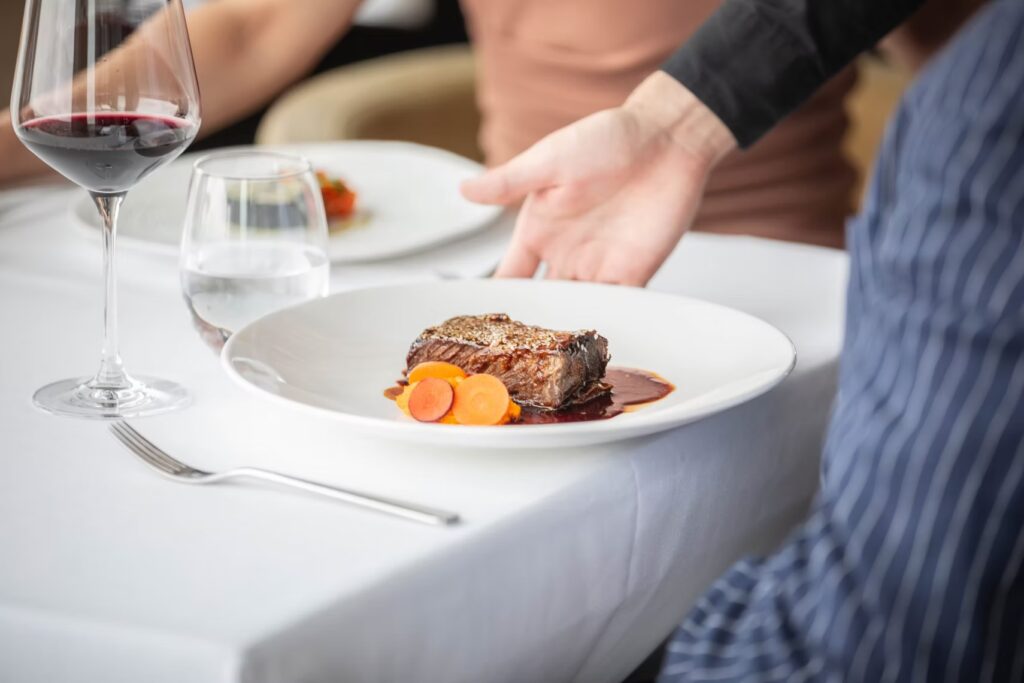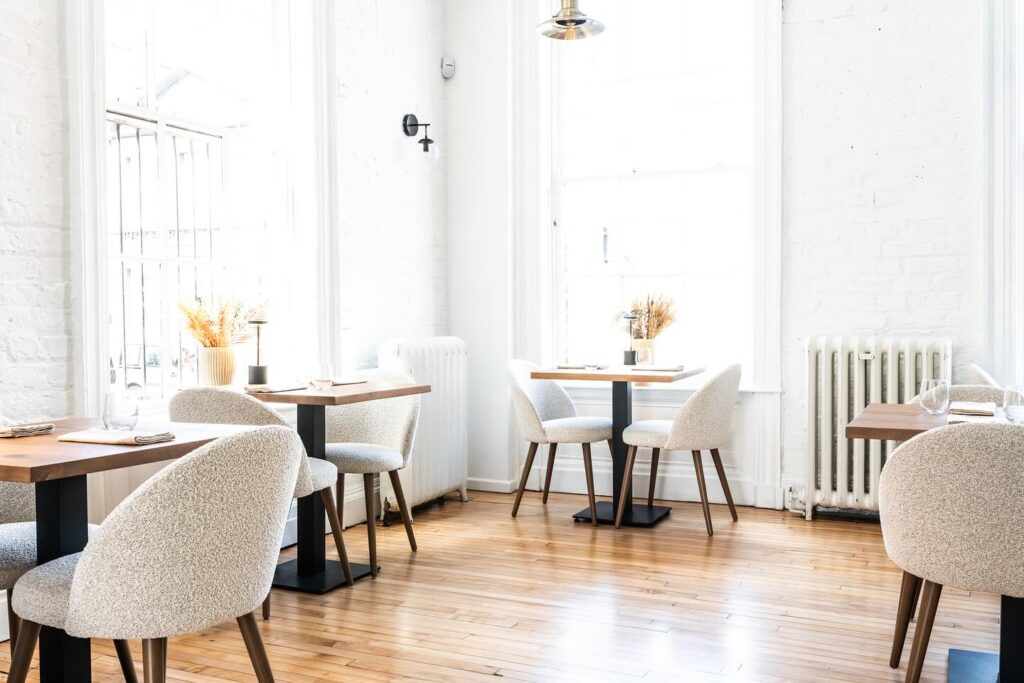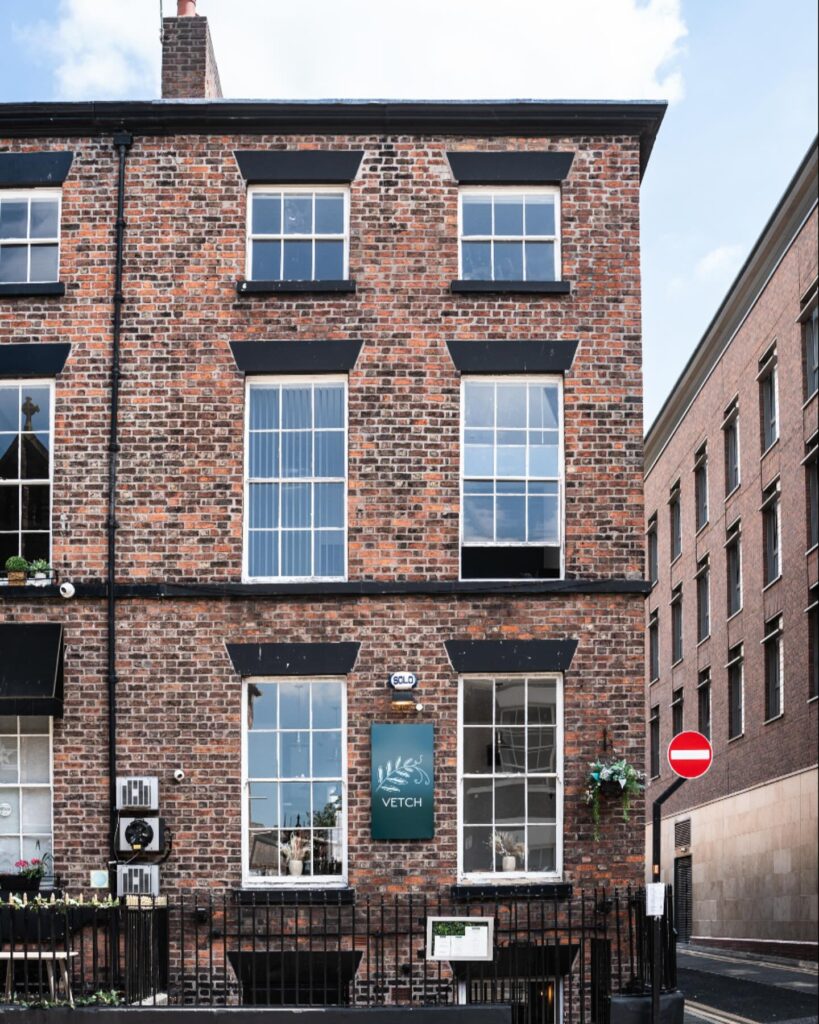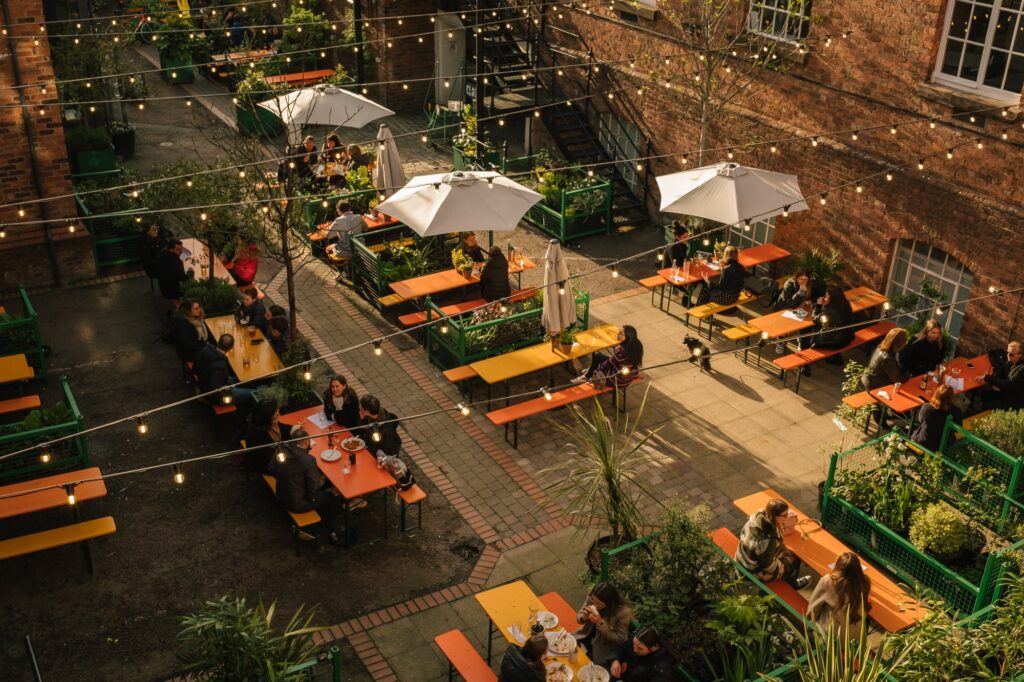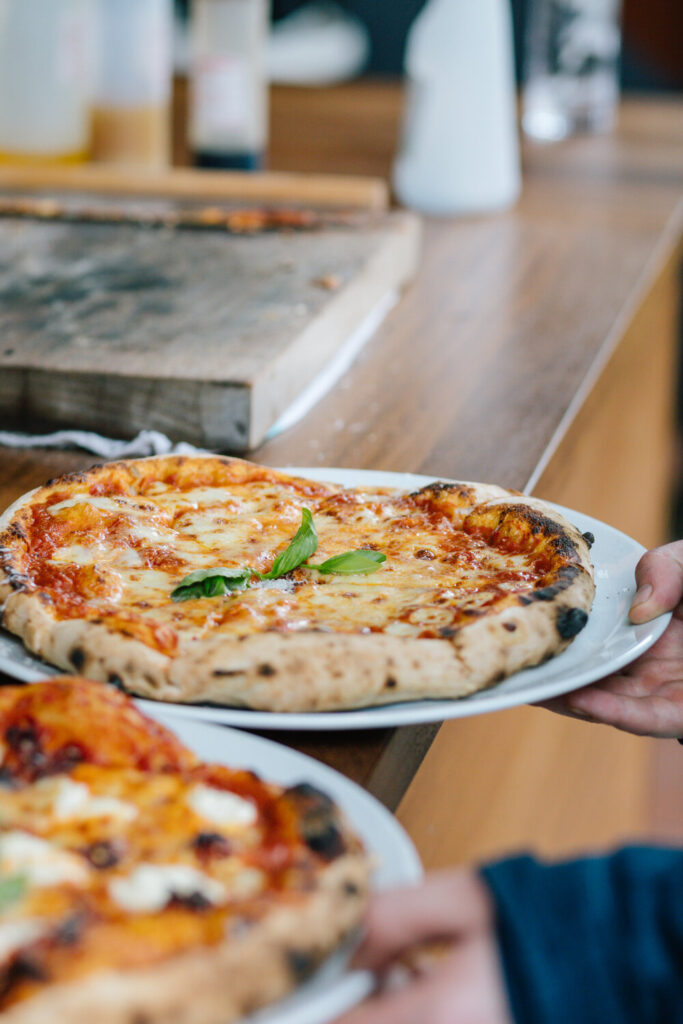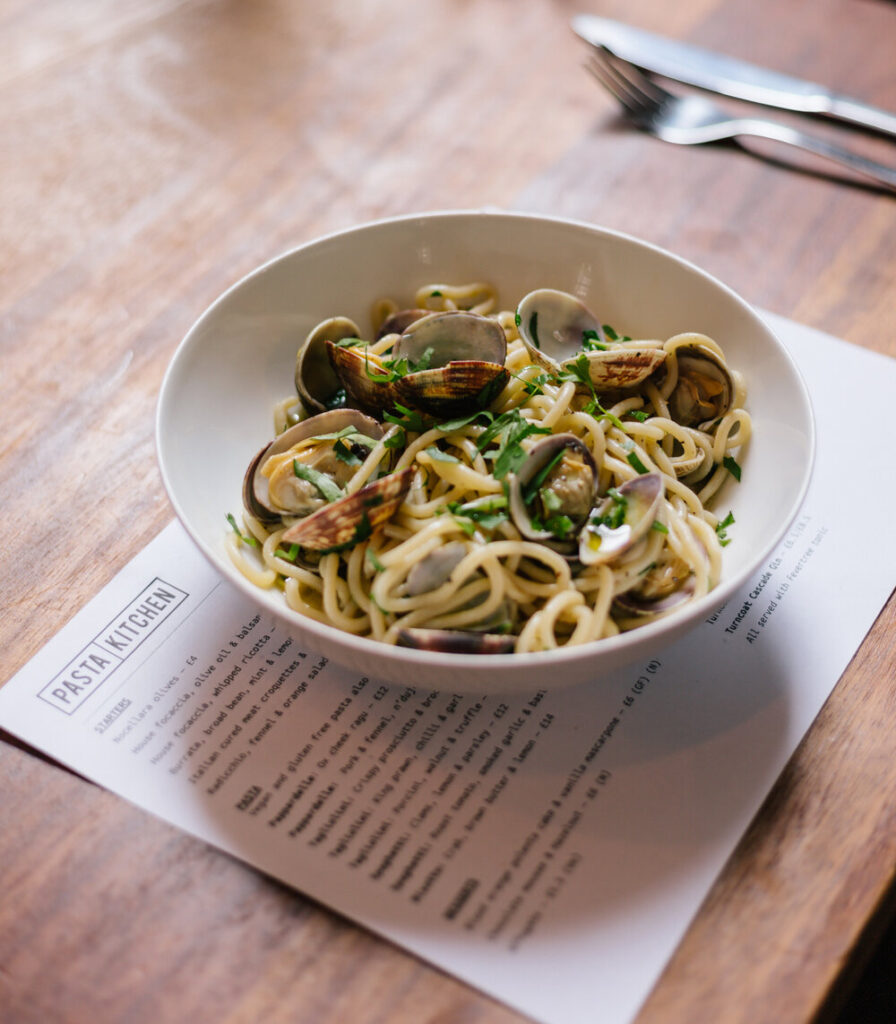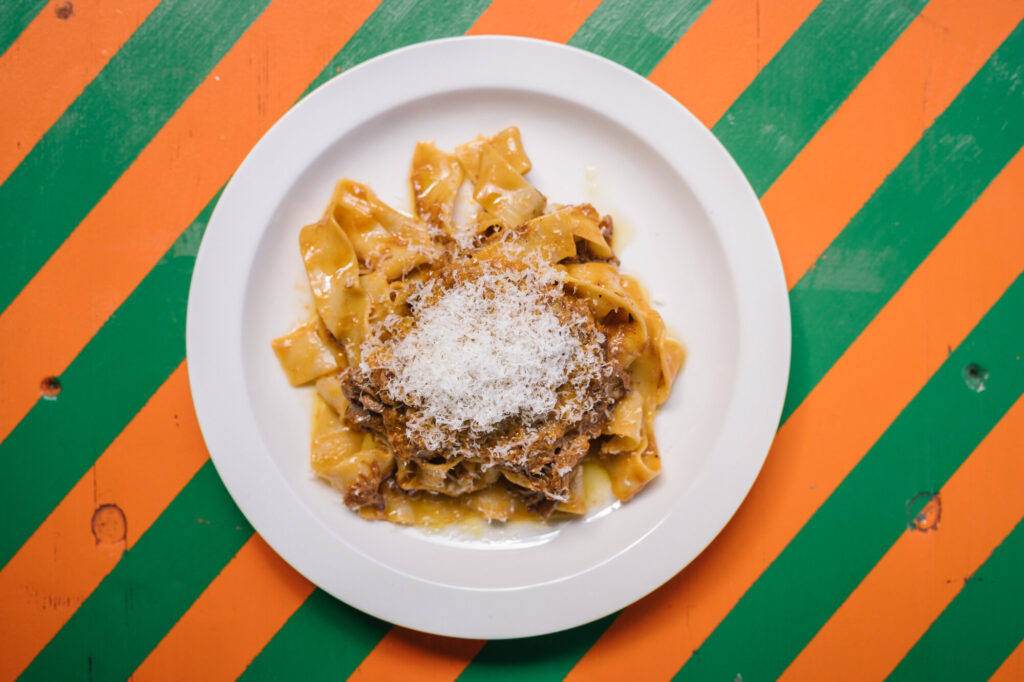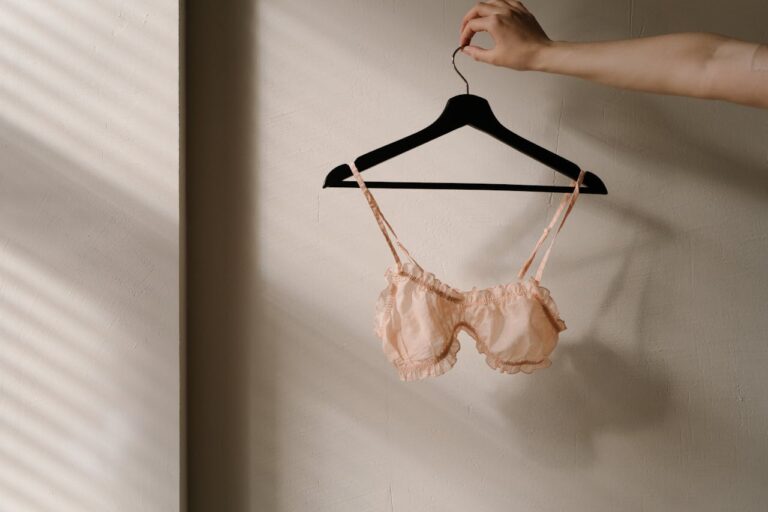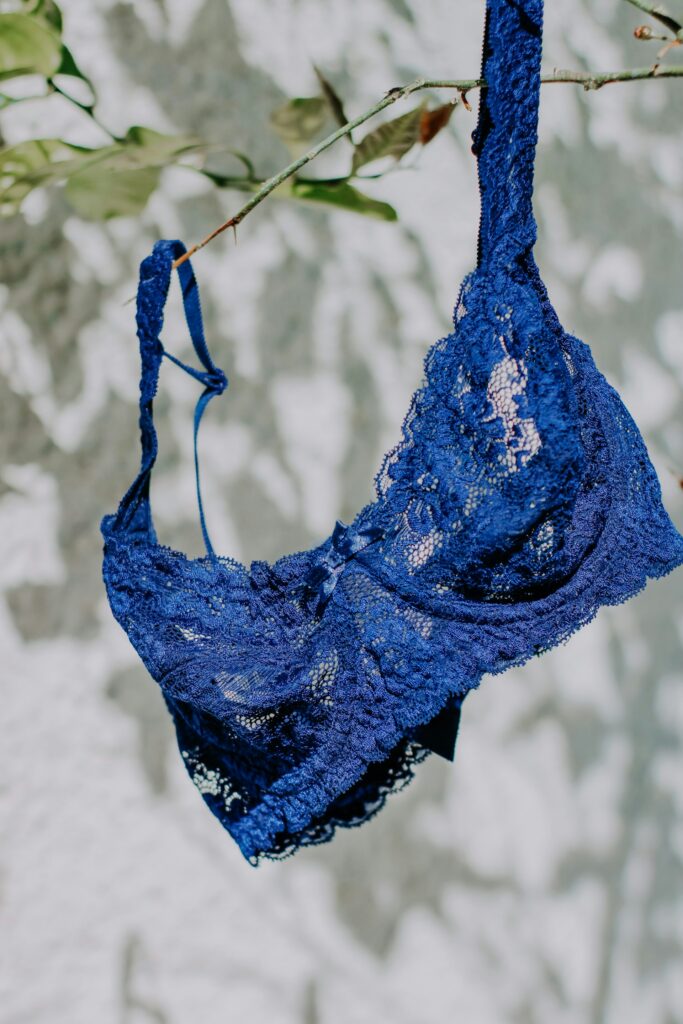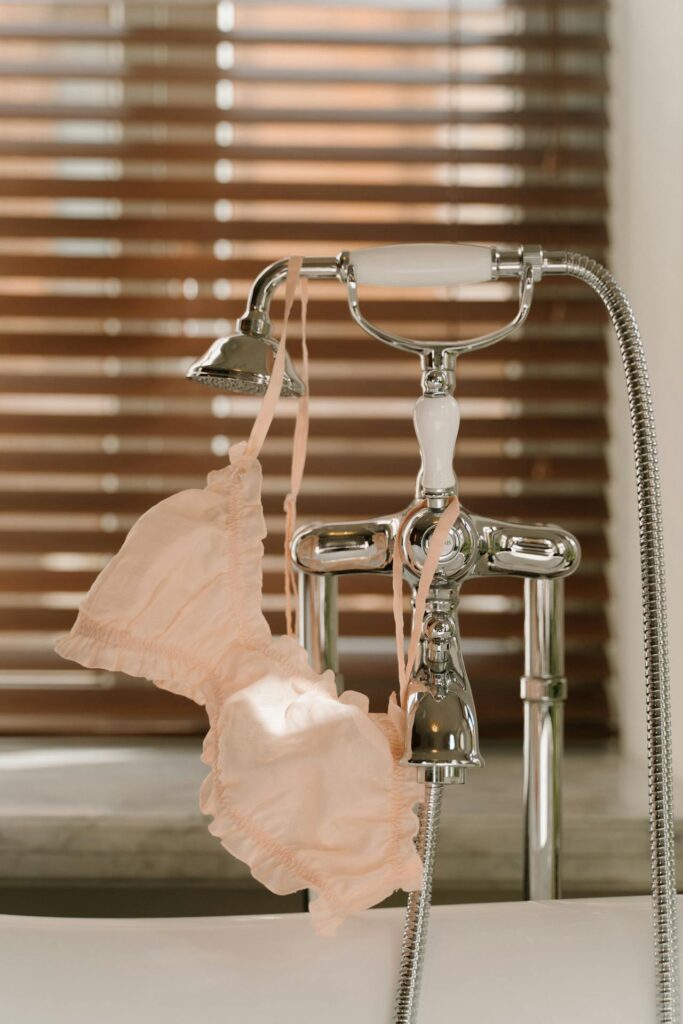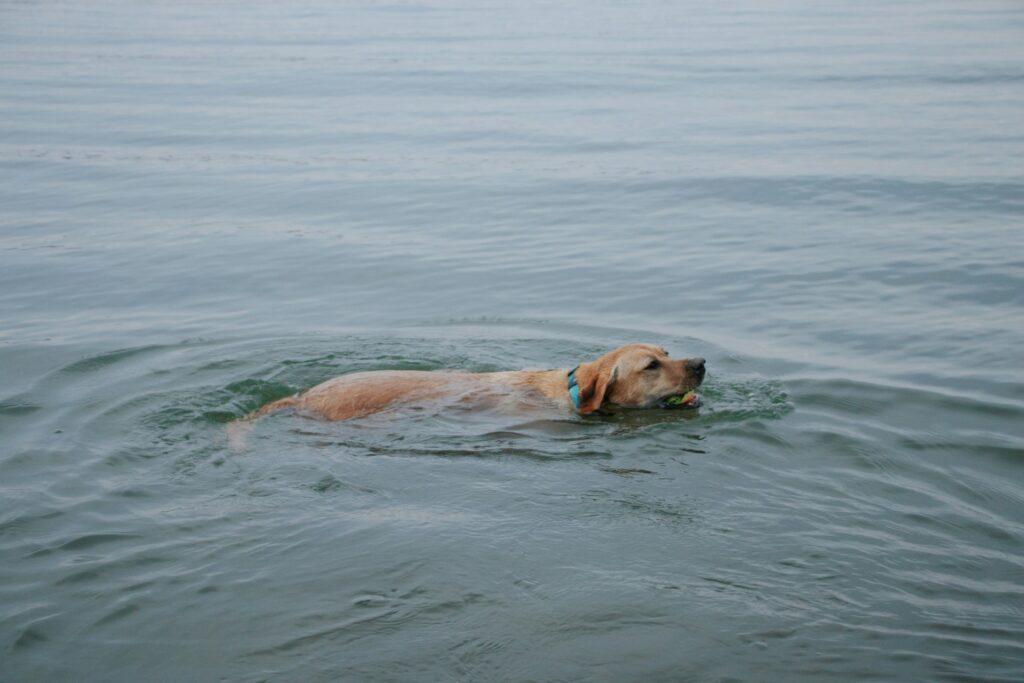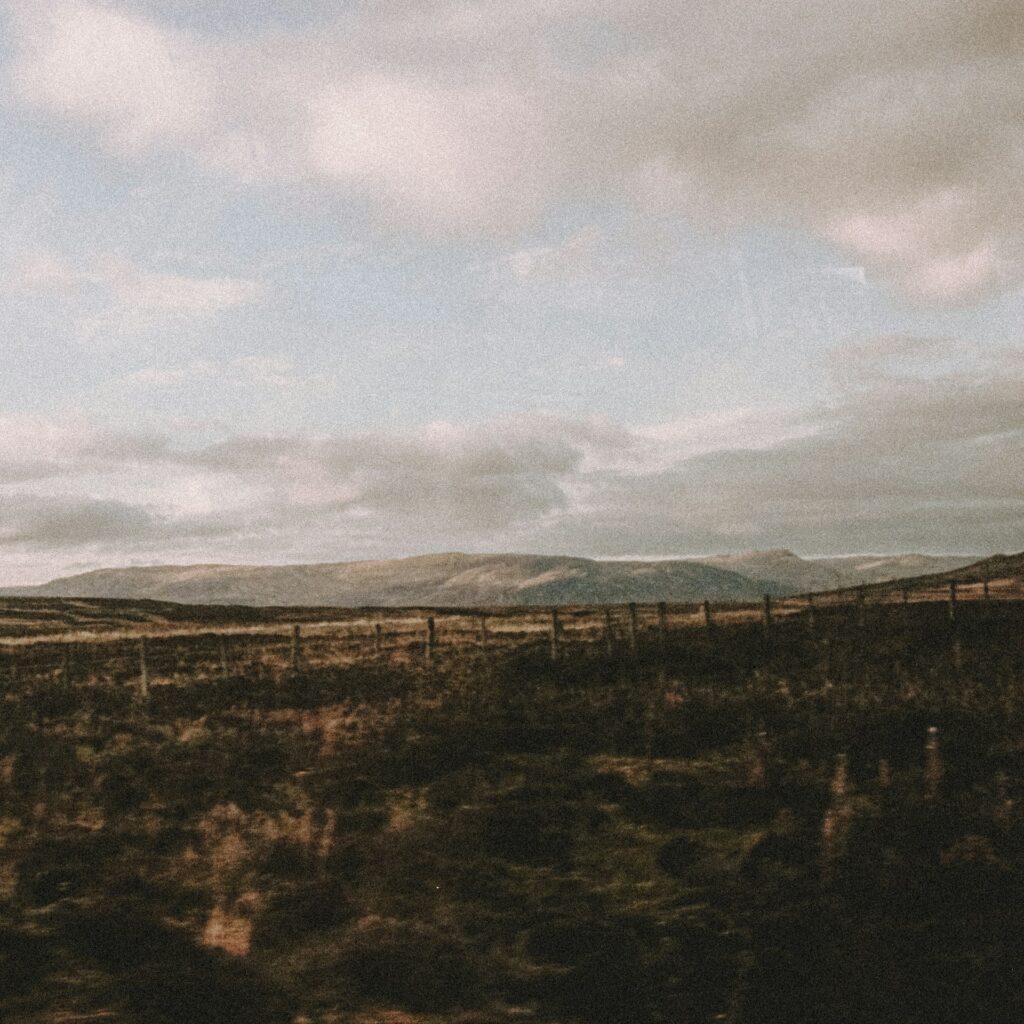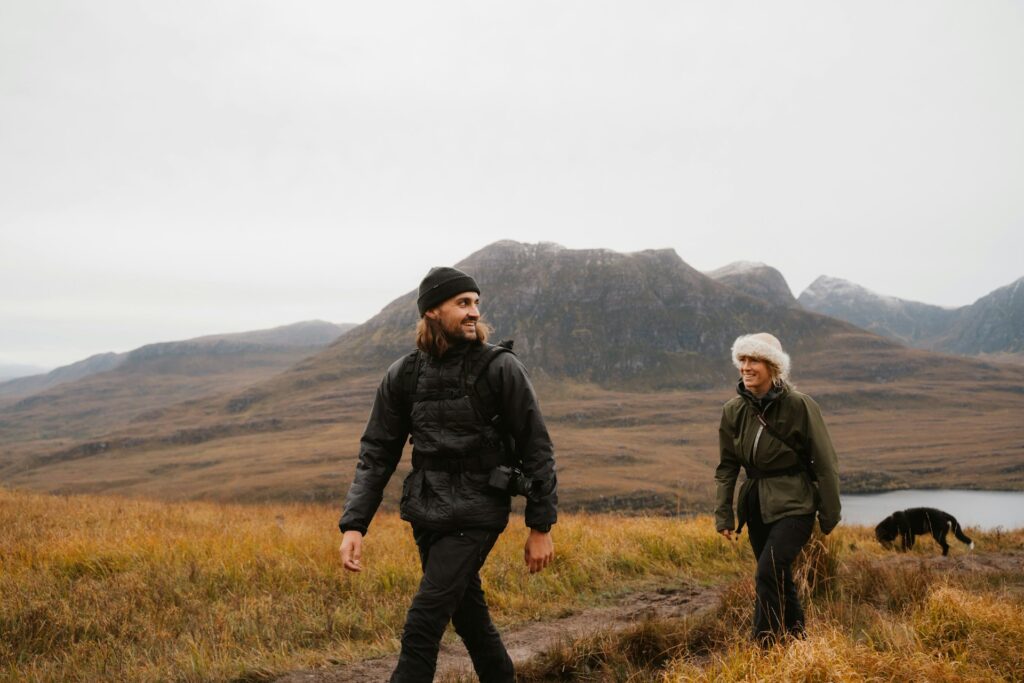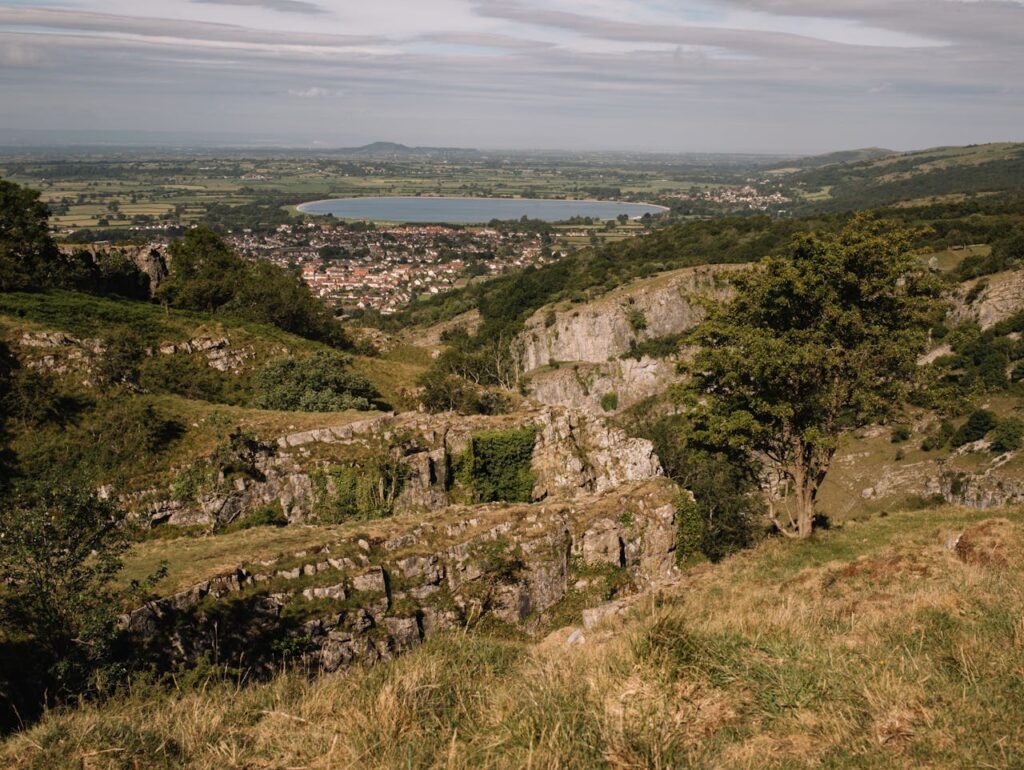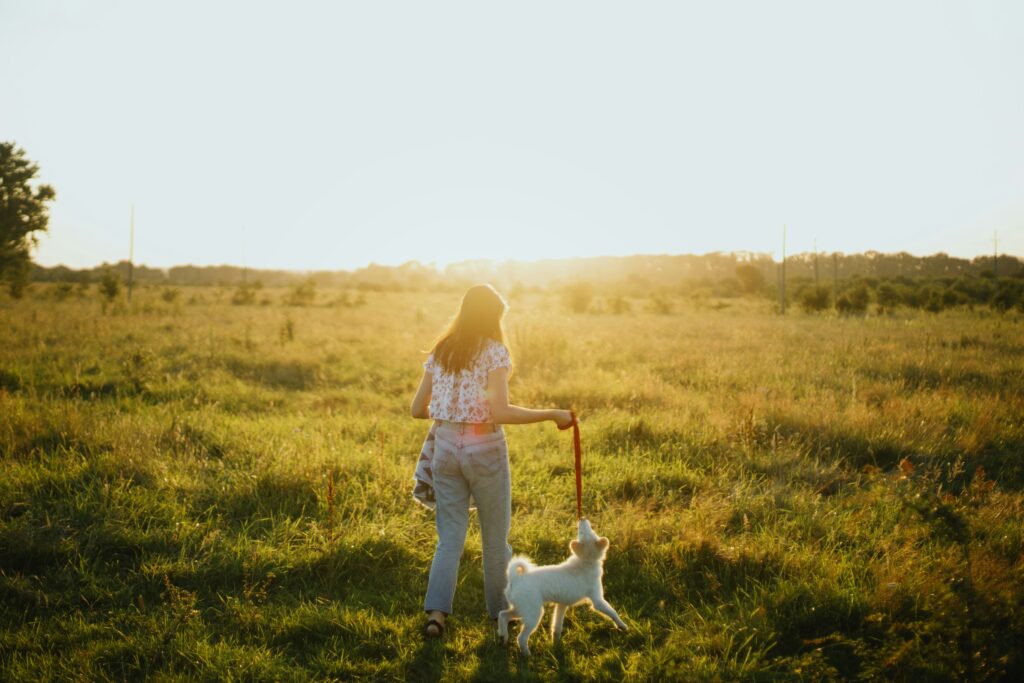While Oxford has long excelled at churning out prime ministers and literary giants, until recently its gastronomic output rarely matched its academic credentials. The city that gave us Lewis Carroll, Oscar Wilde, and countless political leaders once offered little more than lacklustre pub fare and overpriced cream teas to fuel the next generation of brilliance.
No longer. Like a chemistry experiment gone deliciously right, Oxford’s dining scene has exploded with flavour and ambition. The dusty, formal halls and tourist-baiting tearooms now share the stage with globally-minded independents, each contributing a chapter or two to the city’s evolving story.
What’s most enjoyable about eating in Oxford isn’t just the quality; it’s the diversity—from Thai food that would make Bangkok natives homesick and Himalayan soul food that lifts and soothes, all the way to pubs where traditional British fare receives the scholarly attention it deserves. The once-predictable Oxford dining experience has been thoroughly rewritten, with new cuisines and concepts continually matriculating into the scene.
Interestingly (and we genuinely think this is a positive), there are no Michelin stars in the city; somewhat surprising for a place of such wealth and class, sure, but also indicative of a more humble approach to feeding people that leads to some truly nourishing dining experiences.
Forget topping the university rankings; these establishments are earning first-class honours in the art of hospitality. Whether you’ve got a student loan to stretch, fellowship funds to spend, or you’re simply visiting to soak up the surroundings, these restaurants deserve a place on your Oxford syllabus. Here are the best restaurants in Oxford.
Arbequina, Cowley Road
Ideal for tapas done properly from a former chemist’s shop…
Housed in a converted chemist’s shop (and yes, that charming vintage sign still adorns the exterior), this celebrated tapas joint has become a cornerstone of Oxford’s dining scene. Step inside to discover a simple, industrial-chic interior with functional furniture and a glistening stainless steel counter perfect for those who fancy a more interactive experience.
The concise menu is approachable and faithful to Spanish traditions with dishes that would make even the most discerning Madrileños nod sagely in approval. Salt cod croquetas with aioli arrive crunchy on the outside and oozing within, while the thick cut tortilla is a gold-standard version of a classic (onions? Check. Runny? Of course!) — a must-order that justifies the restaurant’s reputation.
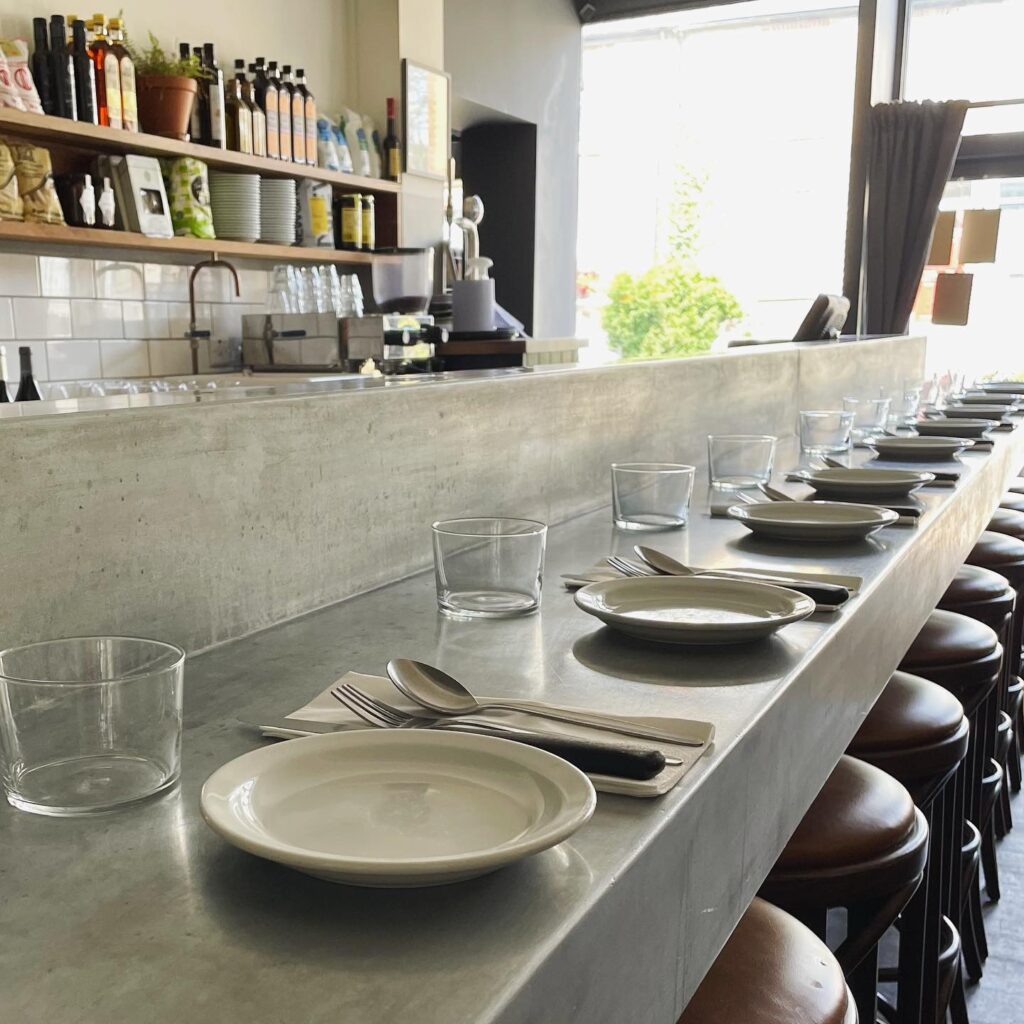

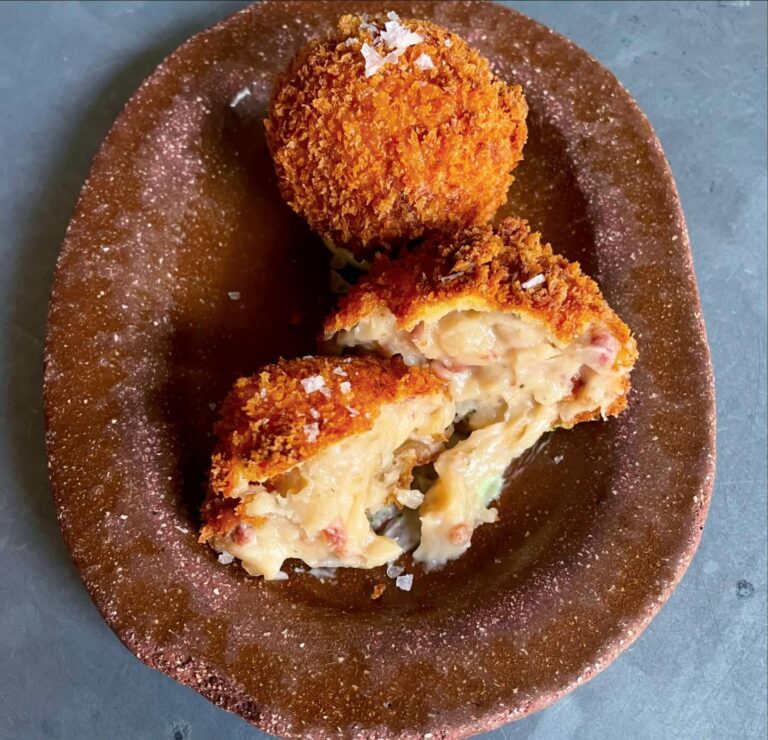

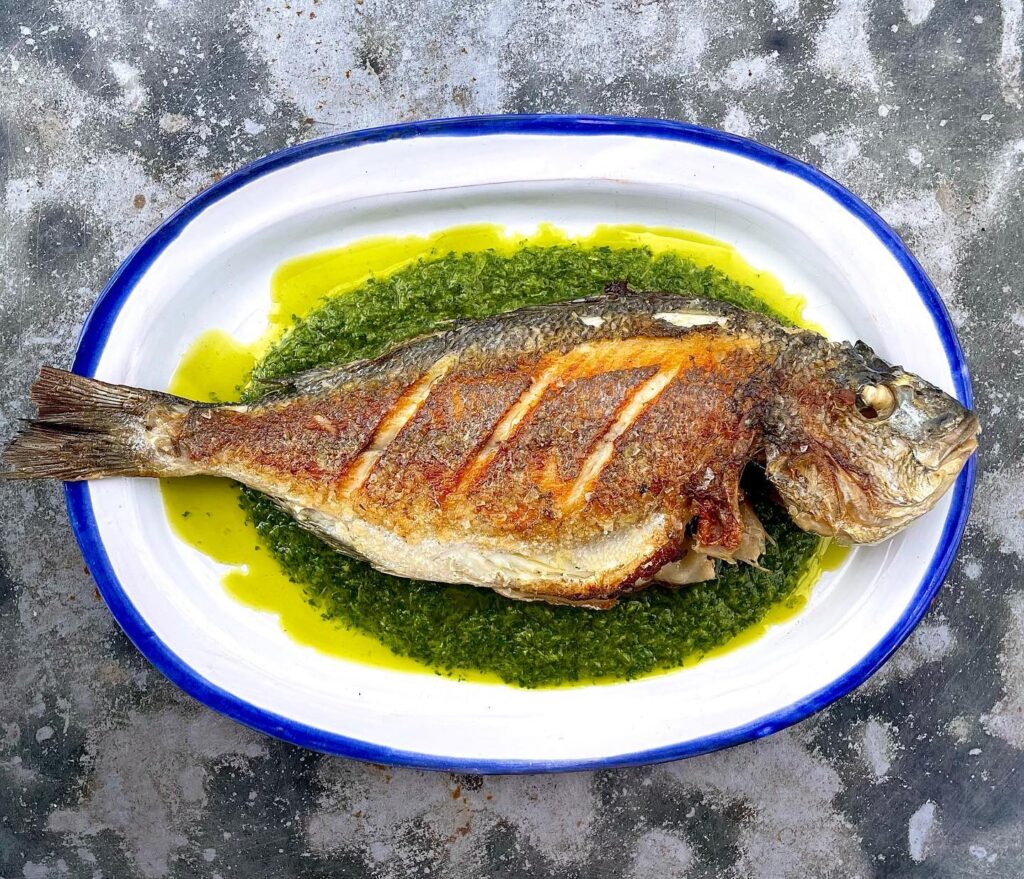
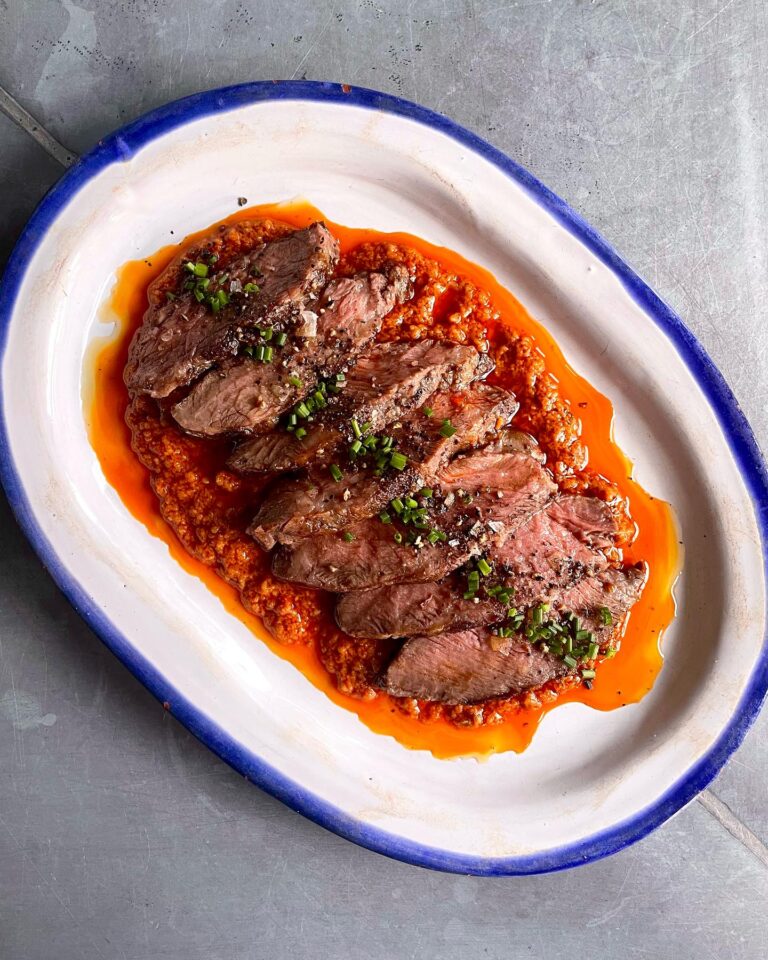
It’s all on point, to be fair, and you’ll invariably find yourself tempted to order larger plates of grilled fish or blushing Iberico pork and succumb to that second bottle of vino. Go on; you deserve it. The natural wine selection brings things into 2025, and complements the food perfectly, with a focus on interesting, characterful bottles that reward exploration.
Whilst the first-floor dining room accommodates larger groups beautifully, for the full experience aim for those counter seats, where you can watch the skilled kitchen team work their magic just inches away. Sociable and enveloping, Arbequina is one of Oxford’s best restaurants.
Website: arbequina.co.uk
Address:72-74 Cowley Rd, Oxford OX4 1JB
Cherwell Boathouse, Bardwell Road
Ideal for riverside romance and seasonal British cuisine…
No setting in Oxford rivals the tranquility of this converted Victorian boathouse perched on the banks of the River Cherwell, offering that rare combination of breathtaking location and seriously accomplished stuff on the plate.
As punts drift lazily by, diners savour a menu that celebrates modern British gastronomy with European influences, all without the unnecessary bells and whistles that would feel so superfluous in such tight surrounds.
Instead, chef Paul Bell puts seasonal ingredient centre stage, into satisfying plates like caramelised turbot with purple sprouting broccoli, spring onions and Jersey Royals, or blushing pink lamb rump with smoky aubergine and heritage carrots, both dishes absolutely singing of early spring.

The award-winning wine list stands among Oxford’s finest, offering plenty of opportunity to splash out for a special occasion or discover something new and interesting by the glass (starting at just £5.50). There’s also a short list of premium plonk sold by the half bottle, for those looking to savour something fine without falling in the water straight after settling the bill.
On warm days, the outdoor terrace becomes unbeatable—dappled sunlight playing through the trees as you sip a crisp white wine and watch students wrestle with their punting poles, but winter brings its own charms, as you dine inside the cosy boathouse with its exposed brick walls and white linen-draped tables. The three-course set menu (two courses for £31, three for £38.75) offers good value for food of this calibre. Come for a milestone celebration, a romantic date, or simply when you want to remind yourself how beautiful Oxford can be.
Website: cherwellboathouse.co.uk
Address: Bardwell Rd, Oxford OX2 6ST
The Magdalen Arms, Iffley Road
Ideal for next-level pub food that’ll ruin ordinary gastropubs for you forever…
A laid-back, unpretentious pub in perennially ‘up-and-coming’ Iffley, The Magdalen Arms especially appeals on Oxford’s seemingly endless wet afternoons. Deep red walls impart a cocooning charm, while stripped floorboards and mismatched furniture bring that relaxed country pub vibe, all without a hint of pretension.
For those with knowledge of London’s gastropub scene, it’ll come as no surprise that the food at the Magdalen Arms hits the mark; it’s a sister pub to London’s acclaimed Anchor and Hope and Canton Arms, both of which are basically the perfect example of the form.
The menu celebrates big, hearty flavours with a sophistication that doesn’t try to ‘refine’ or ‘elevate’, but rather, simply, to feed. Expect starters such as Cornish mussels marinière, and showstopping sharing dishes like whole shoulder of lamb or Hereford steak and ale suet crust pie with buttered greens, both of which could happily feed a small tutorial group. Or, one very hungry diner who’s just spent some time at the rasta bar over on Cowley Road.

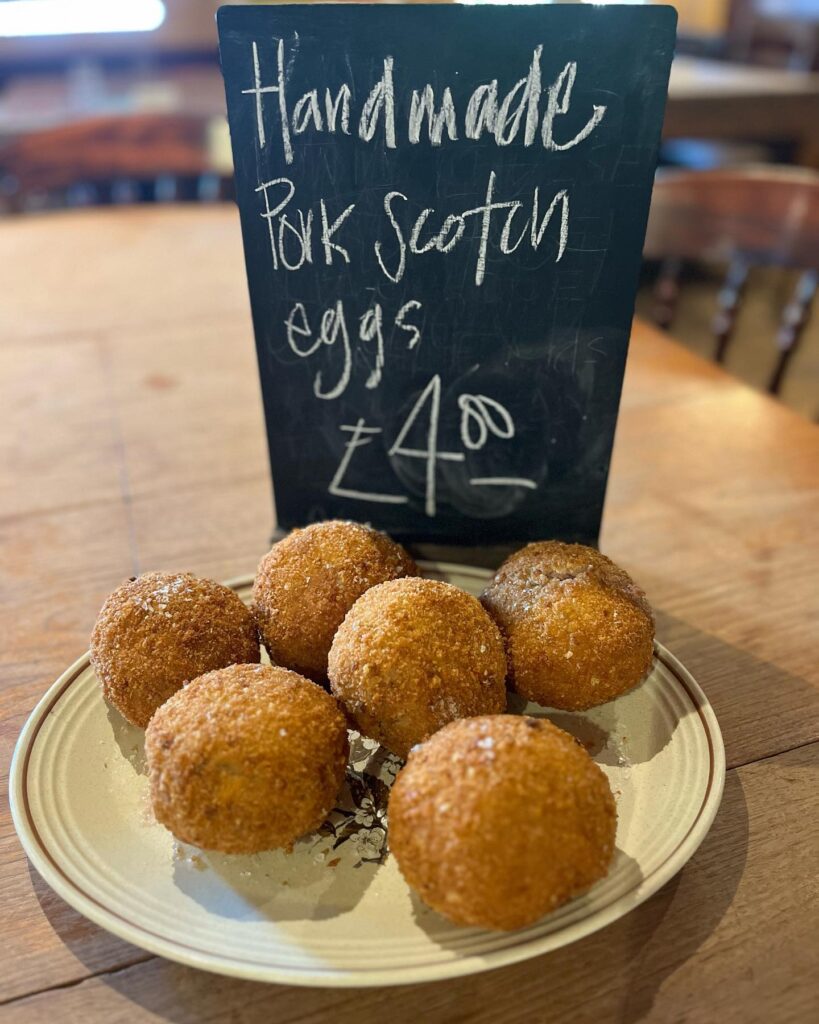
There’s no showiness here, just good, heartwarming dishes executed with the precision and care they deserve. The wine list offers plenty of choices around the £30 mark, and the bar staff mix a mean mojito. Couples play Jenga as they scoop up cep soufflé and parmesan cream, families dig into generously portioned sharing mains, while others linger over creamy salt cod brandade.
The Magdalen Arms represents everything a modern British gastropub should be—unpretentious, welcoming, and serving food that makes you want to come back again and again. When sunshine breaks through the clouds, ask for a table on the leafy garden terrace. Oh, and perhaps unsurprisingly, they do one of Oxford’s best Sunday roasts, too.
Website: magdalenarms.co.uk
Address: 243 Iffley Rd, Oxford OX4 1SJ
Taste Tibet, Magdalen Road
Ideal for Himalayan soul food that’ll warm you from the inside out…
And, from the outside in, if you were to rub it all over yourself… Anyway, this compact but perfectly proportioned place just a minute’s stroll from the Magdalen Arms, has quickly earned a legion of devoted local fans—and with good reason. Transforming from a popular market and festival stall to a simple restaurant with exposed brick walls, wooden floors and long communal tables, Taste Tibet delivers exactly what its name promises: the genuine flavours of the Tibetan plateau.

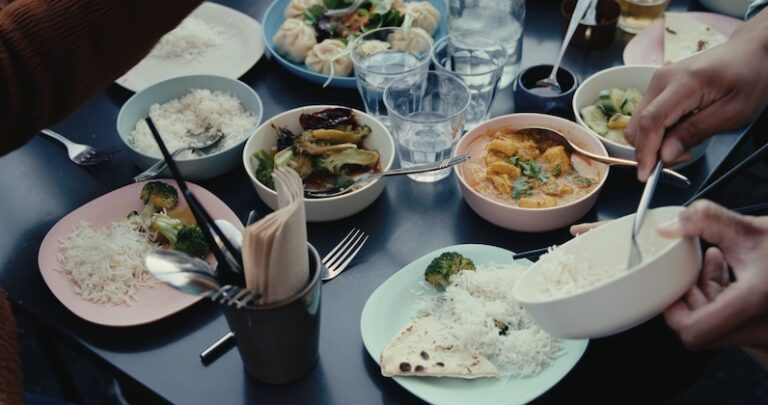
The small but carefully considered menu works brilliantly for vegans and vegetarians, but the carnivores in the crowd won’t be left wanting either. Expect fragrant, intricately spiced curries and stews, warming dals, and their legendary momos (Tibetan dumplings) served with a fiery chilli sauce that will have you reaching for your water glass before coming back for more.
Behind the scenes operates a zero-waste operation and a thriving community-giving project, making your meal not just delicious but ethically sound too. Their beautiful cookbook is worth picking up if you want to recreate some of these flavours at home, but trust us—nothing beats the real thing.
Website: tastetibet.com
Address: 109 Magdalen Rd, Oxford OX4 1RQ
Edamame, Holywell Street
Ideal for home-style Japanese that’s worth the wait…
You’ll have to queue to get into this tiny Japanese restaurant, but the wait rewards you with some of the most faithfully rendered Japanese food you’ll find outside of Tokyo. Taking understandable pride in only serving genuine home-style Japanese dishes, this family-run operation has been an Oxford institution for over 20 years, and is overtly positioned as an antidote to the pan-Asian ‘formulaic’ chains that permeate Oxford and beyond. We love it.
After such a bold mission statement, it would be unnerving to find a sprawling, corporate space. Safe to say, Edamame is compact and cosy, with shared tables fostering a convivial mood. Begin with namesake edamame beans. The perfect beer snack, steamed and lightly seasoned with sea salt, you’ll likely get through several bowls of these (not to worry, at £4 a pop) whilst the tiny kitchen gets to work on your mains.
What makes Edamame special is their commitment to quality through a clever rotating menu system: lunch (Wednesday through Sunday), dinner (exclusively Friday and Saturday evenings), and a dedicated sushi night (Thursday only). This approach ensures maximum freshness, with small daily deliveries of fish and meat that sometimes sell out—a small price to pay for freshness and an air of exclusivity.

The dinner menu reveals the soul of Japanese home cooking—crispy-yet-tender chicken karaage marinated in soy and ginger; buttery, melt-in-your-mouth salmon batayaki with delicate Japanese seasonings; and the silky-crisp contrast of agedashidofu, where deep-fried tofu sits in a pool of sweetened soy, crowned with fresh mooli radish and spring onions. Each dish feels like something you’d be served at your grandparent’s place in Tokyo, rather than in a restaurant. In the best possible way of course…
Lunchtime brings hearty, comforting bowls like the yasai tofu itame—a vegetable and tofu stir-fry that satisfies without heaviness, perfect for fueling an afternoon of Oxford exploration.
The no-reservations policy means you might have to wait, but the warm welcome from owners Peter and Mieko makes it all worthwhile. Their attention to detail extends even to drinks, with selections like Ramune soda in its distinctive bottle and warm house sake served in traditional tokkuri flasks (£6 for small, £11 for larger) completing this wonderfully authentic Japanese dining experience.
Website: edamame.co.uk
Address: 15 Holywell St, Oxford OX1 3SA
Gee’s Restaurant & Bar, Park Town
Ideal for Mediterranean dining in a stunning Victorian glasshouse…
This splendid Victorian conservatory, with its soaring glass ceiling and abundant greenery, creates a dining setting like no other in Oxford. First housing the flowers, fruit and vegetables of the Gee family, who were the leading nurserymen in the area, Gee’s has been one of the city’s best-known restaurants for close to 30 years.
Inside, regardless of season, the vibe evokes a summer garden party—the glass conservatory, mismatched furniture and hanging lamps providing a light and airy backdrop to Mediterranean-inspired dishes. The secret garden out back and tree-lined outdoor terrace offer additional enchanting spots for summer dining.
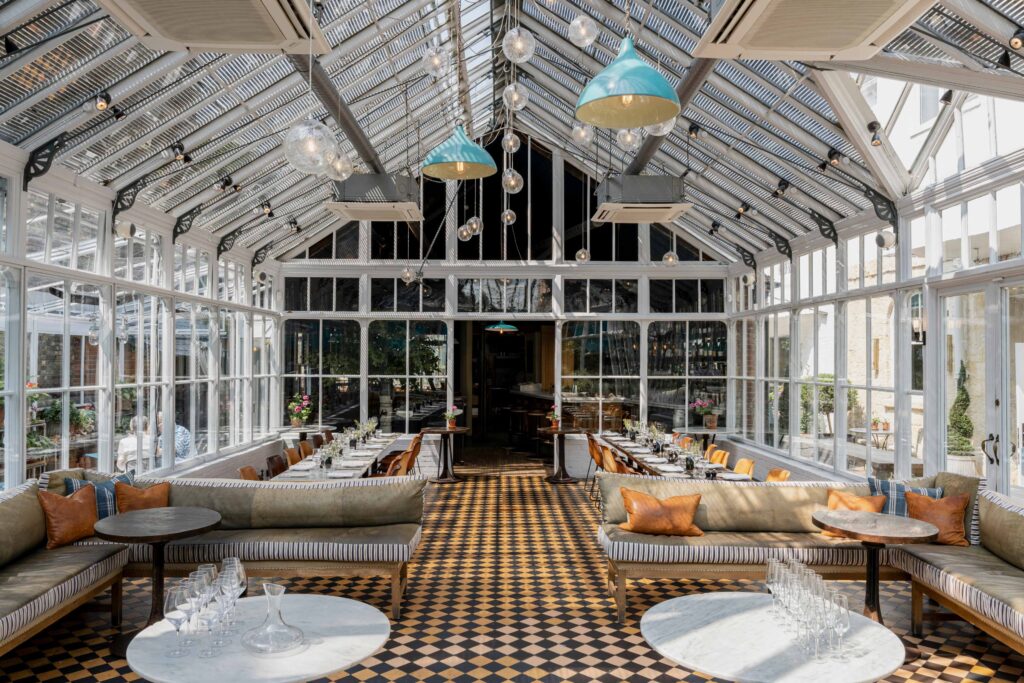


In keeping with modern cooking sensibilities, the menu at Gee’s takes its cues from the ‘seas and soils of Italy and Spain’. Served all day, the smaller plates section of the menu is ideal for a light lunch as you bask in the natural light. Start with a tomato and brown shrimp pizzette, Serrano ham croquettes and perhaps a curling tentacle of grilled octopus with smokey, spicy mojo rojo. If you’ve still got room, the market fish, grilled whole over coal, is always a winner.
Visit between 12pm and 6pm on weekdays for their express lunch menu, which at £29.95 for three courses is a steal. On warm evenings, the glasshouse seems to glow from within, creating a magical environment that’s perfect for a celebration or romantic dinner. There’s just something so nourishing about Gee’s – you somehow leave feeling lighter than when you came – and long may it continue that way.
Website: geesrestaurant.co.uk
Address: 61-63 Banbury Rd, Park Town, Oxford OX2 6PE
Pompette, Summertown
Ideal for sophisticated French cuisine in understated elegance…
Just a 10-minute drive north of Oxford’s city centre in leafy Summertown, Pompette (French for ‘tipsy’) is one of Oxford’s select few restaurants recognised in the Michelin Guide, and for good reason. This independent restaurant and wine bar from husband and wife team Pascal and Laura Wiedemann has quickly established itself as one of Oxford’s gastronomic highlights since opening.

Inside, deep blue walls contrast with exposed brick and marble-topped tables, creating an atmosphere of relaxed refinement. The front terrace, overlooking the street, offers perfect aperitif sipping on warmer days, especially during their dedicated “Apéro Hour” (Tuesday-Saturday, 5-6pm).
Chef Pascal Wiedemann brings serious culinary credentials to the table. After starting out with Henry Harris at Racine, he opened the brilliant Terroirs with Ed Wilson and later became executive chef, eventually launching Six Portland Road before establishing Pompette. His modern European menu shows clear French roots but isn’t afraid to incorporate Mediterranean and North African influences where they enhance a dish.
Start with traditional fish soup with rouille, Gruyère and croutons, or perhaps the game terrine with cornichons and sourdough. Mains might include a perfectly pink duck breast with rainbow chard and pickled walnut, or a rich bouillabaisse teeming with local seafood. The prix fixe menu (£26 for two courses, £32 for three) offers exceptional value for cooking of this standard.
Their weekday simplifies things, showcasing French classics at their finest: ‘Moules Frites’ Tuesdays come with a glass of picpoul for £23; Wednesday’s ‘Poulet Frites’ presents a half roast chicken with tarragon jus, frites and a carafe of wine to share (£45 for two); while Thursday’s ‘Steak Frites Night’ delivers a mighty onglet with jus de viande, watercress, frites and a glass of house red for £25. Sometimes, it’s reassuring to have all the decisions taken away, we think.
The wine list, as you might expect from somewhere called Pompette, is exceptional, with plenty of interesting options by the glass and a particular fondness for outstanding Alsatian wines, a nod to Pascal’s heritage.
The Coconut Tree, St Clements
Ideal for Sri Lankan street food with fiery flavours and warm hospitality…
Sitting on a busy street corner at the foot of South Park, The Coconut Tree might not look like much from the outside, but step inside and the aroma of sambol, spices and kotthu will instantly transport you to a market stall in Colombo.
Though now an eight-strong chain with venues in Cheltenham, Birmingham and beyond, they’ve admirably refused to dial down their spice levels or standardise their seasoning.
Roughly hewn wooden tables, plain enamel dishes and kitchen rolls standing in for napkins combine to give it a wonderfully relaxed feel, all in the name of food that’s designed for sharing—arrive in a group and order as many dishes as you can to experience the full breadth of Sri Lankan cuisine.
Don’t miss the hoppers, bowl-shaped pancakes made from coconut milk and filled with sambol, coconut and an optional fried egg. The kotthu—chopped roti with spices, vegetables and your choice of meat, fish or cheese—is another highlight, delivering a perfect balance of texture and flavor. The coconut sambal served with chilli is the perfect side dish, its cool creaminess offsetting the heat of the curries.




Founded in 2016 by five Sri Lankan friends who turned a Cheltenham pub into a restaurant on a shoestring budget, The Coconut Tree has maintained its commitment to authentic flavors throughout its expansion. Many recipes come directly from the founders’ mothers and grandmothers, though diners seeking the full heat experience should specifically request dishes “Sri Lankan-style.”
Cocktails here are pert and bright — imaginative Sri Lankan-influenced concoctions served in quirky vessels (including hollowed-out pineapples and porcelain elephants) that enhance the casual, fun environment. Don’t miss their arrack-based drinks, featuring the traditional Sri Lankan spirit distilled from coconut flower sap. With over half the menu suitable for vegans, and dishes starting from just £3.50, this is accessible, exciting dining at its best.
Website: thecoconut-tree.com
Address: 36 Broad St, Bath BA1 5LP
Elle’s Deli (formerly Oli’s Thai), Magdalen Road
Ideal for extraordinary Thai food that evolves with the times…
You can’t talk about food in Oxford without mentioning Oli’s Thai, which until March 2022 was home to some of the finest Thai food in the country. While the original restaurant may be three years on from its last proper service, the good news is that the legendary Thai food lives on at Elle’s Deli, which now occupies the same intimate space on Magdalen Road.
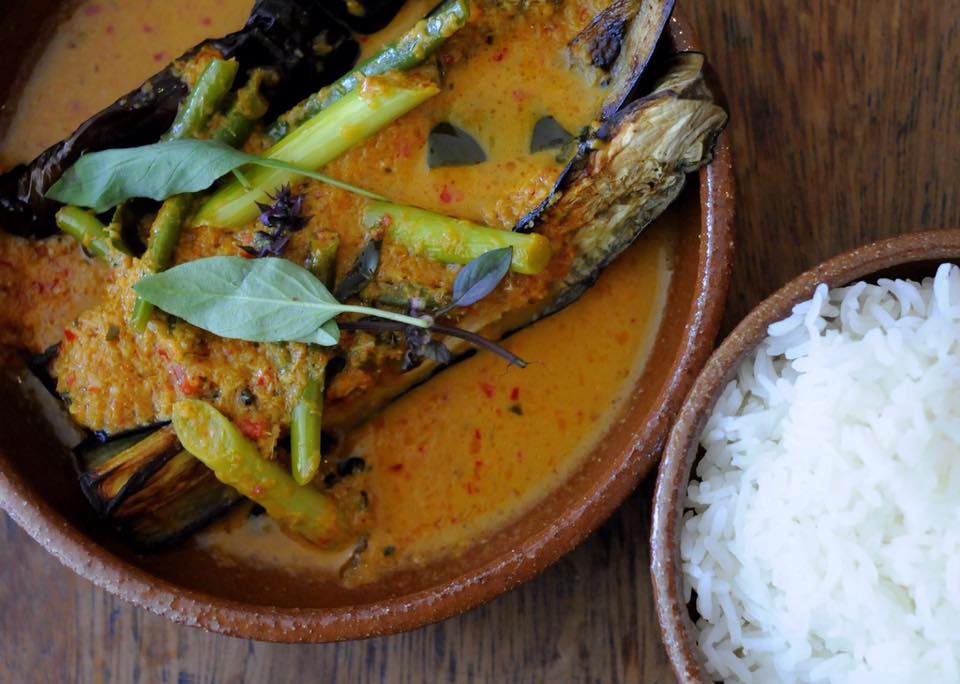
Run by the same talented team behind Arbequina (yes, that stunning tapas bar we mentioned earlier), Elle’s Deli continues the legacy of those remarkable Thai flavours. The confit duck Penang curry—genuinely one of the finest Thai dishes you’ll find outside of Thailand—still makes appearances, the meat so tender it barely requires chewing, the complexity of spicing as good as it ever was at Oli’s.
These days, the format is more casual, with the reduced menu of just four or five dishes available Tuesday (11:30am-3pm & 6pm-8:30pm) and Thursday through Saturday (11:30am-3pm) for both eat-in and takeaway. The menu remains refreshingly concise, ensuring every dish is seasoned judiciously.
The deli aspect itself shouldn’t be overlooked—it sells high quality produce from Britain, Europe and Asia, making it worth a visit even when you’re not dining in. Each morning brings a weekly changing selection of excellent baked goods, from sliced buns to Welsh cakes and custard tarts.
For the full Oli’s Thai experience, keep an eye on their Instagram for announcements of special ‘Oli’s Thai Nights’ at Elle’s Deli, where bookings can be made in person at the deli. They also host walk-in ‘Bao Buns & Noodle Soup Nights’ that are not to be missed. The format may have changed, but the exceptional quality and those incredible flavours remain—this is, without doubt, still some of Oxford’s finest Thai food.
Website: ellesdeli.com
Address: 38 Magdalen Rd, Oxford OX4 1RB
The Old Bookbinders, Jericho
Ideal for authentic French bistro cooking in an atmospheric old pub…
This characterful pub, hidden away down an unassuming residential street in Jericho, was built in 1869 for workers from the nearby Oxford University Press. From the outside, it looks like a traditional neighbourhood boozer—and the front bar, with tankards on shelves and beer mats adorning the walls, does nothing to dispel this impression.
But venture further inside and you’ll discover one of Oxford’s most delightful surprises: a French bistro serving hearty cuisine that would reluctantly impress even the most discerning Parisians. Make your way through the bar (noting the train set on the ceiling—a quirky touch) to the tightly-packed back room where diners huddle around tables enjoying classics like coq au vin, boeuf bourguignon and snails in herb butter.
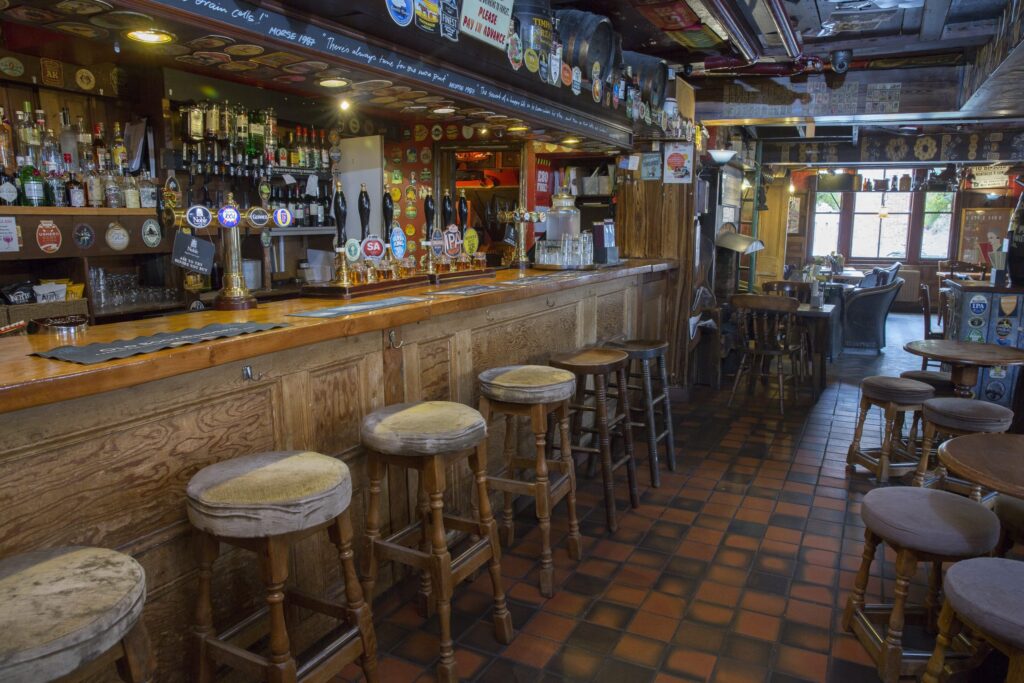
The menu changes at times, but maintains its commitment to traditional French techniques and flavours. Their food philosophy is refreshingly straightforward—prioritising quality over quantity with a core menu of bistro classics complemented by daily specials. You’ll find excellent set menus (starting at £21.50 for two courses) alongside celebrated burgers, crepes, and steaks. Portions arrive generous, prices stay reasonable, and the mood remains convivial—exactly what you want from a neighbourhood bistro.
True to its roots as a proper pub, The Old Bookbinders excels on the drinks front too. Six hand-pumps serve a rotating selection of ales (including both house favourites and guest options), alongside a thoughtfully chosen wine list focusing on affordable French bottles.
Open Wednesday and Tuesday from 4-11pm and Thursday through Saturday from 12-11pm (closed Sunday and Monday), The Old Bookbinders’ down-to-earth modesty makes its charm all the more apparent—this isn’t a place that shouts about its excellence, but rather lets the quality of the food speak for itself. Booking is essential for dinner, as the secret is very much out among Oxford’s food lovers.
Website: craftybelle.uk
Address: 17-18 Victor St, Oxford OX2 6BT
From Oxford to Oxford Circus (an easy journey, as it happens, on the Oxford Tube coach!), here are some of the best places to eat near that absurdly busy tube station. Bit of a forced segue, we realise…

